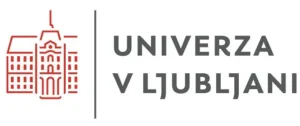Physics of soft matter, surfaces, and nanostructures
- Research Program
- Members
- Equipment
Head: Professor Miha Ravnik, PhD
Code: P1-0099
Duration: January 1, 2022–December 31, 2027
Research program Physics of soft matter, surfaces, and nanostructures combines the efforts of Condensed Matter Department (F5) at Institute Jozef Stefan
and
Physics Department at Faculty of Mathematics and Physics (FMF), University of Ljubljana (UL)
Physics of Soft and Partially Ordered Matter (Miha Ravnik) – theory & simulations research group.
The investigations of the research program “Physics of Soft Matter, Surfaces, and Nano- structures” focus on novel complex systems including soft & bio-related matter, specific surface structures, and nanostructures. These include confined liquid crystals, nematic colloids, liquid crystalline elastomers, active materials, biological cells & macromolecules, molecular motors, soft photonic crystals, metamaterials, and novel synthetic or self-assembled micro- and nano-structures. The goal of the program is to understand structures, topologies, and dynamics of these materials & composites and depending on systems their optical, electrical, mechanical, or biological properties. Particular attention is given to relevant self-assembly mechanisms at macro, micro, and nano scales, as well to processes at the molecular & atomic level. Special emphasis is given to the possible electro-optic, photonic, sensoric, and medical applications. In order to provide a comprehensive approach to problems, the program combines both experimental and theoretical investigations, supported by modelling and simulations
| Name and Surname | Role | Laboratory | Room |
|---|---|---|---|
| Miha Ravnik | Head of the research group | ||
| Abdur Anwar Rehman | Researcher | ||
| Urška Gazdag | Technician | ||
| Andraž Gnidovec* | Researcher | ||
| Filipič Gregor | Researcher | ||
| Abdelrahim Ibrahim Hassanien | Researcher | ||
| Matjaž Humar | Researcher | Atomic Force and Soft Matter Laboratory | 119 |
| Uroš Jagodič | Researcher | ||
| Venkata Subba Rao Jampani | Researcher | ||
| Janez Jelenc | Technician | ||
| Aljaž Kavčič | Researcher | ||
| Zala Korenjak | Young Researcher | ||
| Žiga Kos | Researcher | ||
| Nika Kralj* | Young Researcher | ||
| Samo Kralj | Researcher | ||
| Krišelj Ana | Technician | ||
| Ivan Kvasić | Technician | Atomic Force and Soft Matter Laboratory | B003 |
| Matjaž Malok | Young Researcher | ||
| Matevž Marinčič | Researcher | ||
| Silvano Mendizza | Technician | LC laboratory | B003 |
| Janja Milivojević | Technician | ||
| Jaka Močivnik | Technician | ||
| Maruša Mur | Researcher | ||
| Urban Mur* | Researcher | ||
| Igor Muševič | Researcher | Atomic Force and Soft Matter Laboratory | 107 |
| Mimoza Naseska | Researcher | ||
| Arkalekha Neogi | Researcher | ||
| Andriy Nych | Researcher | ||
| Andrej Petelin | Researcher | ||
| Luka Pirker | Researcher | ||
| Gregor Pirnat | Young Researcher | ||
| Jaka Pišljar | Young Researcher | ||
| Anja Krajnc Pogačnik | Young Researcher | ||
| Maja Remškar | Researcher | Synthesis of Inorganic Nanotubes and Ropes | 120 |
| Peter Ropač | Researcher | ||
| Anna Ryzhkova | Researcher | ||
| Linsy Jane Selvin Robert | Young Researcher | ||
| Gregor Skačej* | Researcher | ||
| Laiba Suhail | Technician | ||
| Miha Škarabot | Researcher | Atomic Force and Soft Matter Laboratory | 12 |
| Uroš Tkalec | Researcher | ||
| Herman Josef Petrus van Midden | Researcher | ||
| Marion Antonia van Midden Mavrič | Researcher | ||
| Mahendran Vellaichamy | Researcher | ||
| Andrej Vilfan | Researcher | Modeling and theory group | C109 |
| Bojana Višić | Researcher | ||
| Jaka Zaplotnik | Technician | ||
| Maha Zid | Young Researcher | ||
| Erik Zupanič | Researcher | Electron and Scanning Tunneling Microscopy | 124 |
| Slobodan Žumer | Researcher | ||
| *Ni član/ica F5. |
- Aresis laser tweezers with Nikon TE2000 microscope
- Nanoscope IIIa (Digital Instruments) atomic force microscope
- Autoprobe CP (Scientific Park Instruments) atomic force microscope
- Nikon Eclipse E600 polarising optical microscope
- ASGARD computer cluster
- OLIMP computer cluster
- VALHALA computer cluster
- Huber thin-film diffractometer (worn-out)
- Philips 301 transmission electron microscope (worn-out)
- Two-photon 3D STED super-resolution microscope
Research carried out by the group members
- 2021
- 2020
- 2019
- 2018
- 2017
- 2016
- 2015
Topological liquid crystal superstructures as structured light lasers
Liquid crystals form an extremely rich range of self-assembled topological structures with artificially or naturally created topological defects. Liquid crystals have been used before inside laser cavities, however, until now only relatively simple liquid-crystal structures have been employed. Our study provides experimental and simulation insights into coupling of light with the complex liquid-crystal topological superstructures inside a laser cavity. This results in non-trivial intensity and polarization of the generated structured light. The proposed soft matter microlaser approach opens new direction in soft matter photonics research. The work performed in a collaboration with the Faculty of Mathematics and Physics at the University of Ljubljana was published in the Proceedings of the National Academy of Sciences of the United States of America (PNAS 2021, DOI: 10.1073/pnas.2110839118)
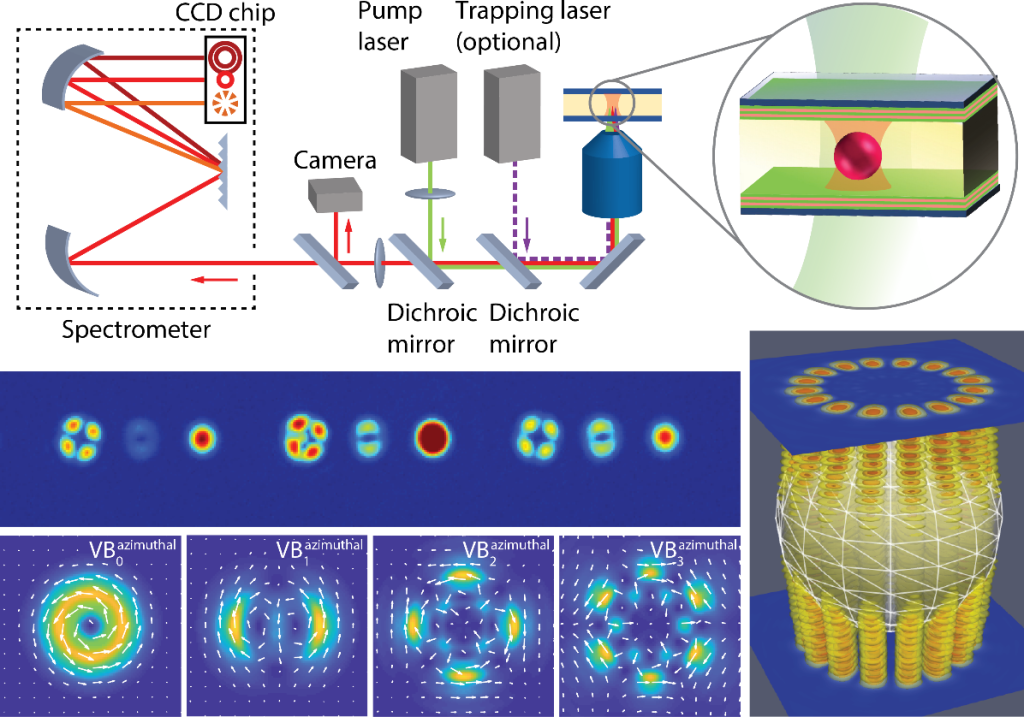
Figure 1: Optical setup used in the experiments (top) and a few examples of the experimentally generated and simulated vector laser beams (bottom).
Elasticity-driven self-shaping liquid crystal emulsions
We present a universal concept of shape transformation of liquid crystal (LC) droplets suspended in aqueous surfactant solutions. The key novelty is dynamically tuning the interfacial tension to the minimum with temperature using an anionic surfactant dispersed in LC medium and a cationic surfactant dispersed in aqueous water continuous medium. The successful reduction of the tension coupled to the tuning of the bulk LC elastic constants with the temperature drives the LC droplet into controllable self-shaping fibre structures with branches and back reversibly. We hypothesize the reversible self-shaping phenomenon is caused by the surfactant migration to the LC/water interface and forming a surfactant layer sensitive to temperature. The growth is induced by negative interfacial tension, which promotes a spontaneous increase of the interfacial area. Moreover, the nematic to SmA LC phase transition drives the fibre structures into monodispersed micro-droplets with a tunable diameter dictated by the cooling rate. The extension of the self-shaping phenomenon in the SmC phase opens the route to generate helical fibres. Moreover, the SmA* phase shows life-like self-shaping LC shell structures analogous to the bio-membranes in living systems. A theoretical model for transforming LC emulsions into uniform fibers and vice versa is also presented. The research performed in collaboration with researches from Gottingen, San Diego, Tokyo, and Luxembourg was published in the PNAS, DOI: 10.1073/pnas.2011174118
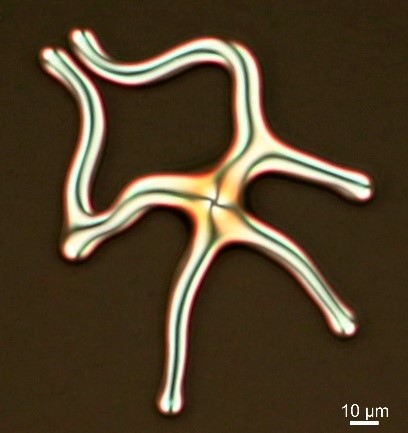
Figure 2: Self-shaping nematic fibers and droplets.
Ionically charged topological defects in nematic fluids
The ability to spatially control the electric charge is important in different fields ranging from charged polymers, biological and active substances to colloidal materials, complex liquids and microelectronics. The authors showed with theoretical-simulation approaches that topological defects in nematic electrolytes can act as areas for local separation of electric charge, forming electrically charged defective nuclei and in selected geometries also electrical multi-layers, which is a generalization of electrical double layers in isotropic electrolytes. In particular, they showed that ions couple very efficiently with defect cores via ionic solubility, and with the surrounding orientation field through the flexoelectricity mechanism. The achievement contributes to the understanding of electrostatic mechanisms in topologically soft matter, and at the same time is a step towards understanding similar phenomena in biological systems that have a much more complex structure and composition. The research was conducted in collaboration with the Faculty of Mathematics and Physics at University of Ljubljana and was recognized as one of the most prominent research achievements of the year 2021 by the Public Research Agency of the Republic of Slovenia within the program “Excellent in Science 2021” (Physical Review X 2021, DOI:10.1103/PhysRevX.11.011054).
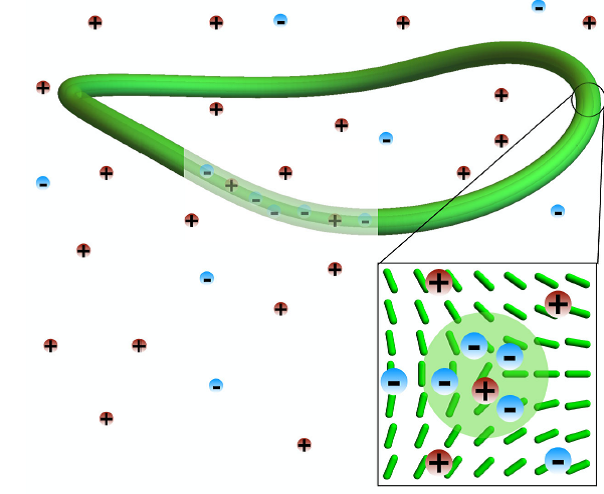
Figure 3: Ionically charged topological defects in nematic fluids.
Teoretično-simulacijski pristop pokaže, da topološki defekti v nematskih elektrolitih delujejo kot območja za lokalno ločevanje električnega naboja. Tvorijo se električno nabita jedra defektov in v izbranih geometrijah tudi električne večplastne plasti. Anizotropno elektrostatično senčenje nabitih koloidnih delcev v nematskem elektrolitu ključno vpliva na efektivne koloidne interakcije.
Anisotropic electrostatic screening of charged colloids in nematic solvents
The physical behavior of anisotropic charged colloids in nematic solvents is determined by their material dielectric anisotropy demonstrated anisotropic electrostatic screening for charged colloidal particles in a nematic electrolyte. The electrostatic potential and pair interactions decay with an anisotropic Debye screening length, contrasting the constant screening length for isotropic electrolytes. Charged dumpling-shaped near-spherical colloidal particles in a nematic medium are used as an experimental model system, demonstrating competing anisotropic elastic and electrostatic effective pair interactions for colloidal surface charges tunable from neutral to high, yielding particle-separated metastable states. Generally, the work contributes to the understanding of electrostatic screening in nematic anisotropic media. The research done in collaboration with researchers from Physics at Universities of Ljubljana and Boulder published in the Science Advances 2021, DOI: 10.1126/sciadv.abd0662.
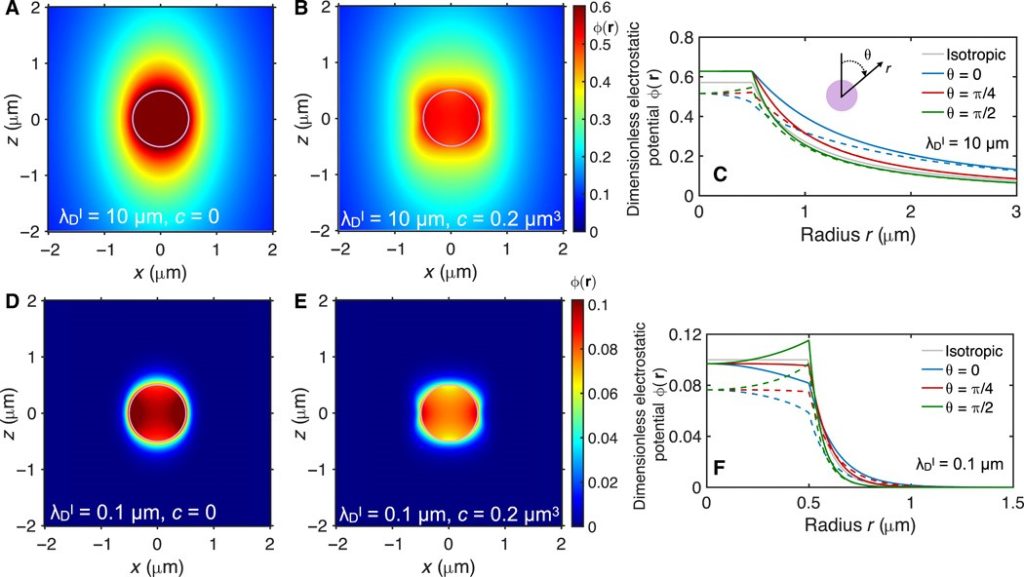
Figure 4: Anisotropic electrostatic screening of charged colloids in nematic solvents.
Whispering-gallery-mode sensors for biological and physical sensing
In the review paper published in Nature Reviews Methods Primers we in the collaboration with researches from Universities of Exeter, Michigan, and Okinawa introduce whispering-gallery-mode microcavities in different geometries, such as microspheres, microtoroids, microcapillaries and microrings. Whispering-gallery-mode microcavities are miniature micro-interferometers that use the multiple-cavity passes of light for very sensitive measurements at the microscale and nanoscale, including single-molecule and ion measurements. We describe sensing mechanisms, including mode splitting and resonance shift, and optomechanical and optoplasmonic signal transductions. Applications and experimental results cover in-vivo and single-molecule sensing, gyroscopes and microcavity quantum electrodynamics (Nat Rev Methods Primers 2021, DOI: 10.1038/s43586-021-00079-2).
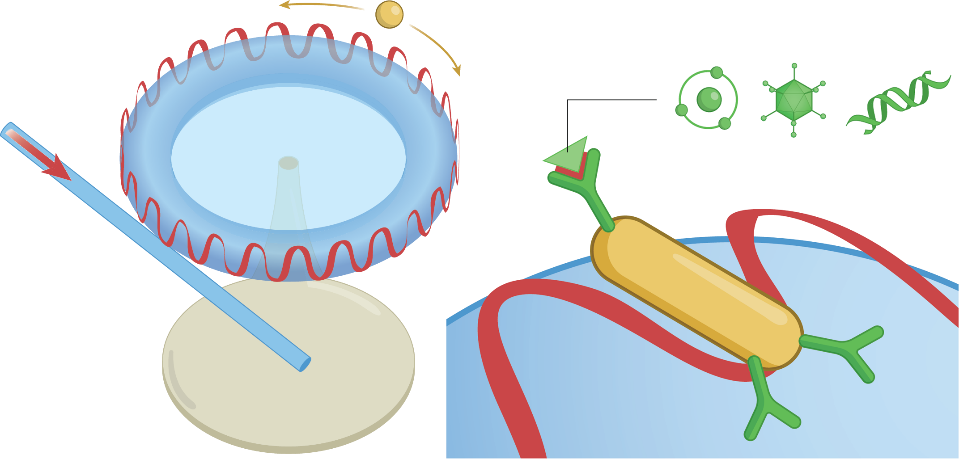
Figure 5: Principle of operation of an optical microresonator and sensing based on the binding of various molecules
The nematic-isotropic transition of the Lebwohl–Lasher model revisited*
We revisited the nematic-isotropic (NI) transition of the Lebwohl–Lasher lattice model with a detailed investigation of samples containing 200 × 200 × 200 particles. The large-scale Monte Carlo (MC) simulations involved were carried out following the standard Metropolis, as well as the cluster MC Wolff algorithms. A notable free-energy barrier was observed between the isotropic and nematic phase, leading to long-lived metastable states and hysteresis. We provide an improved estimate of the nematic-isotropic transition temperature TNI, of the supercooling and superheating temperatures, of the temperature of divergence of pretransitional effects T*C as well as an analysis of the size distribution of the ordered domains above TNI, contributing to a better understanding of this transition of key importance for liquid crystals (Philosophical Transactions, Math. Phys. Eng. Sciences 2021, DOI: 10.1098/rsta.2020.0117).
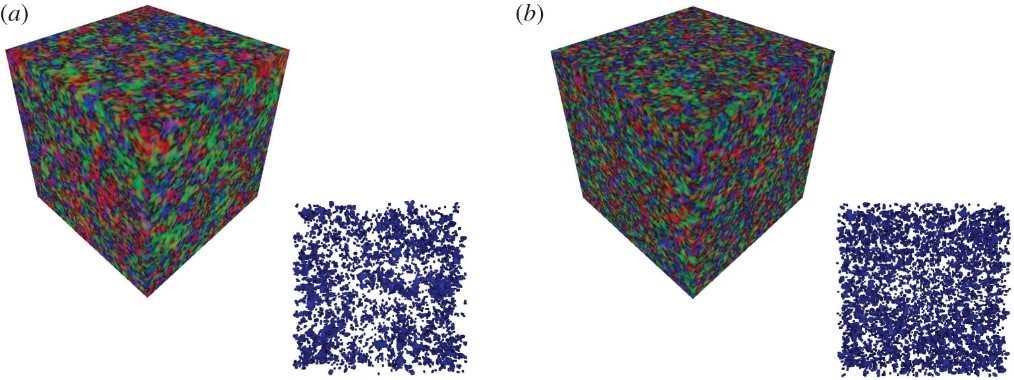
Figure 6. Pretransitional ordering: Coarse-grained snapshots at (a) T∗=1.1222 (supercooled isotropic phase) and (b) T∗=1.1500 (deep in the isotropic phase), each accompanied by a sample slice 40a thick depicting domains whose director n is aligned approximately along the z-axis, i.e.P2(n · iz)>0.85. (Red, green and blue colour correspond to alignment along ix, iy and iz, respectively). Case (a) features a larger characteristic domain size and more complex (almost percolating) domain shapes than case (b).
Dual-frequency electrically driven nematic microstructures confined to biaxial porous polymer membranes
We report the study of internal ordering and electro-optical response of dual-frequency nematic liquid crystals (DFNLCs) confined to microporous polyethylene terephthalate (PET) membranes. The DFNLCs are characterized by positive/negative signs of dielectric anisotropy in low/high-frequency electric fields. Low/high-frequency electric fields were applied to the PET-DFNLC membrane to manipulate the internal nematic configuration. We found that the low/high-frequency electric fields drives structural transformation resulting in the suppressed/increased propagation of near-infrared electromagnetic radiation through the composite material. The results are discussed for photonic applications. The study has been performed in collaboration with researchers from the Moscow and published in the Applied Physics Letters 2021, DOI: 10.1063/5.0069056.)
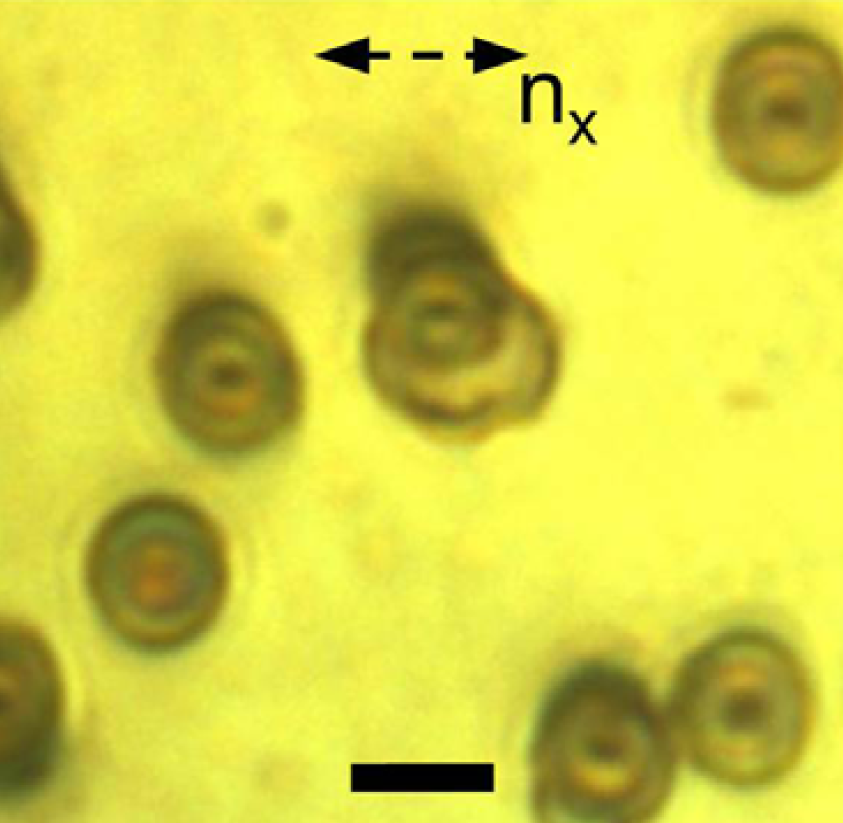
Figure 7: Microscopic texture of a DFNLC confined to microporous PET membranes.
Pretransitional Effects of the Isotropic Liquid–Plastic Crystal Transition
We report on strong pretransitional effects across the isotropic liquid–plastic crystal melting temperature in linear and nonlinear dielectric response. Studies were carried out for cyclooctanol in the unprecedented range of temperatures 120 K < T < 345 K. Such pretransitional effects have not yet been reported in any plastic crystals. We compare the observed pretransitional behavior with the one observed in 8OCB (a typical liquid crystal representative), displaying a reversed sequence of phase transitions in orientational and translational degrees of order on varying temperature. Furthermore, in its nematic phase, we demonstrate first-ever observed temperature-driven crossover between regions dominated by isotropic liquid and smectic A pretransitional fluctuations. We propose a pioneering minimal model describing plastic crystal phase behavior where we mimic derivation of classical Landau-de Gennes-Ginzburg modelling of Isotropic-Nematic-Smectic A LC phase behavior. The study has been performed in a collaboration with researchers from the Warsaw and published in the Molecules 2021, DOI: 10.3390/molecules26020429.
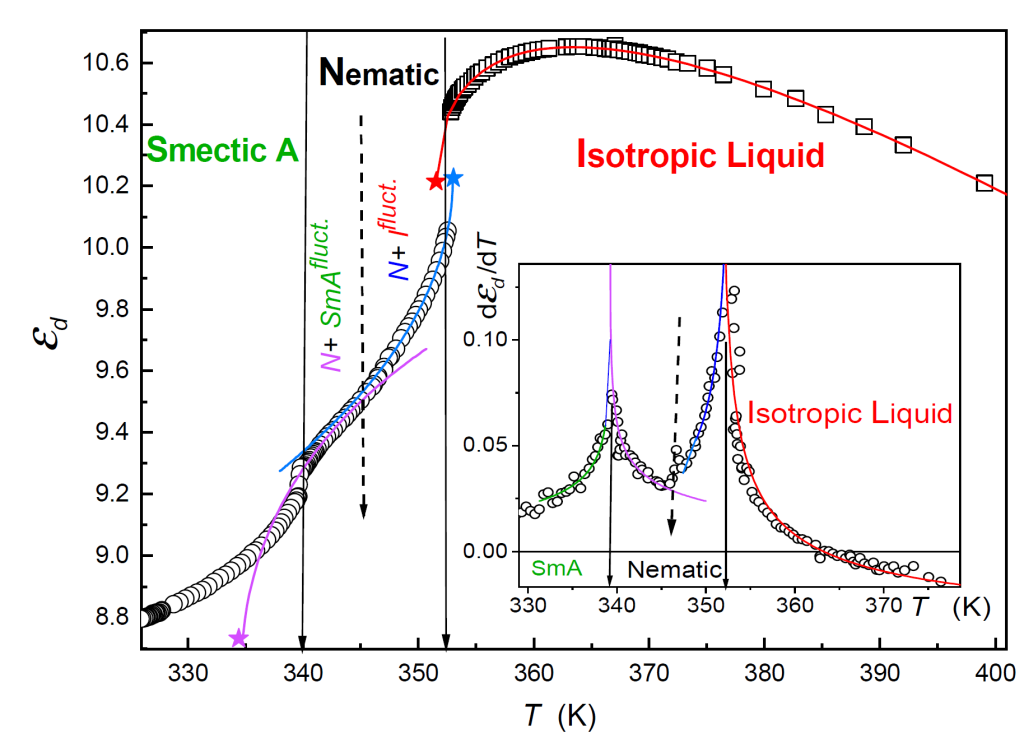
Figure 8: Dielectric response as a function of temperature.
Co-revolving topological defects in a nematic liquid crystal
A patterned surface defect of strength m = 1 and its associated disclination lines can decompose into a pair of surface defects and disclination lines of strength m = 1/2. For a negative dielectric anisotropy liquid crystal subjected to an applied ac electric field E, these half-integer defects are observed to wobble azimuthally for E less than some threshold field and, for sufficiently large fields, to co-revolve antipodally around a central point approximately midway between the two defects. This behaviour is elucidated experimentally as a function of applied field strength and frequency. A complete field vs. frequency ‘‘phase diagram’’ compellingly suggests that the induced fluctuations and eventual co-revolutions of the defects are driven by the hydrodynamic instability. The observed behaviour suggests a Lehmann-like mechanism that drives the co-revolution. The study was done in collaboration with researchers from the Cleveland (Soft Matter 2021, DOI: 10.1039/D1SM01124C)
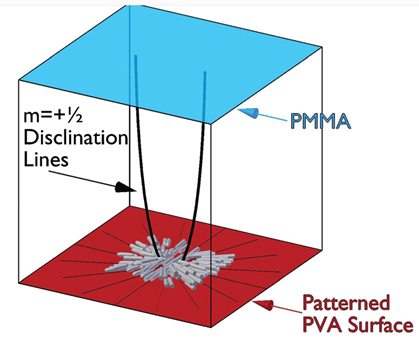
Figure 9: Surface topology nucleated disclinations.
Ordering of quadrupoles on a sphere
The interplay between curvature, confinement and ordering on curved manifolds, with anisotropic interactions between building blocks, takes a central role in many fields of physics. In this paper, we investigate the effects of lattice symmetry and local positional order on orientational ordering in systems of long-range interacting point quadrupoles on a sphere in the zero temperature limit. Locally triangular spherical lattices show long-range ordered quadrupolar configurations only for specific symmetric lattices as strong geometric frustration prevents general global ordering. Conversely, the ground states on Caspar–Klug lattices are more diverse, with many different symmetries depending on the position of quadrupoles within the fundamental domain. We also show that by constraining the quadrupole tilts with respect to the surface normal, which models interactions with the substrate, and by considering general quadrupole tensors, we can manipulate the ground state configuration symmetry. The study was performed at Faculty of Mathematics and Physics at University of Ljubljana (Soft Matter, 2021, DOI: 10.1039/d1sm00228g).
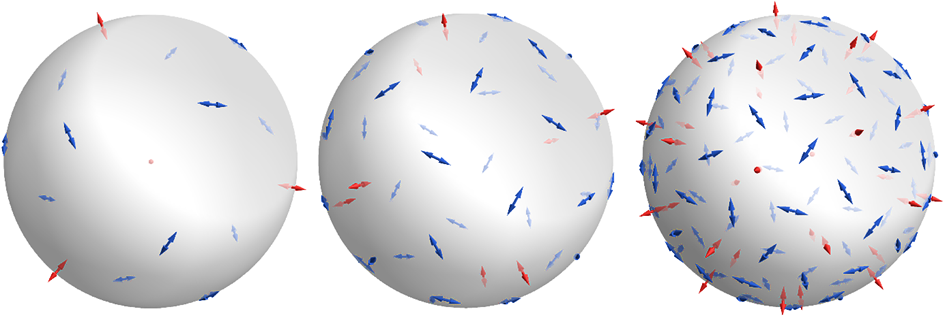
Figure 10: Ordering of quadrupoles on a sphere depending on their density.
Hyperuniformity as an order parameter of spherical structures*
We investigate the effect of parameters, such as the temperature, the number of particles, and the range of a repulsive potential, on the ordering of particle distributions repelled by a GEM-4 or a standard repulsive electrostatic interactions. We quantify the order using hyperuniformity parameters, which are suitable for observing phase transitions in the order. The research has been performed in collaboration between the Faculty of Mathematics and Physics, University of Ljubljana, F1 department at JSI and SISA, Trieste (Phys. Fluids, 2021, DOI: 10.1063/5.0049089).
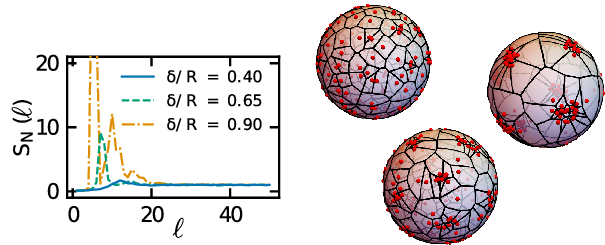
Figure 11: Ensemble averages of spherical structural factor for three different ranges of GEM-4 potential. On the right, representations of selected particle distributions and the corresponding Voronoi tessellation of the sphere for the three potential ranges used on the left.
Minimum dissipation theorem for microswimmers
Biological or artificial microswimmers propel themselves through a fluid in the low Reynolds number regime either by periodically changing their shape or by inducing an effective slip velocity along their surface. We have derived a minimum dissipation theorem for microswimmers. It provides a lower bound on the power needed by an active swimmer, expressed with the drag coefficients of two passive bodies of the same shape: one with a no-slip and one with a perfect slip boundary. The theorem holds for swimmers of any shape, moving with any translational and/or rotational velocity. The proof involves a generalization of the Helmholtz minimum dissipation theorem, the principle of linear superposition and the Lorentz reciprocal theorem. We also show that the optimal swimmer has the velocity profile of the perfect slip body (e.g., a gas bubble) and the tangential traction of the no-slip body. We have thus reduced a seemingly complex optimization problem to the calculation of two passive drag coefficients. The study was mostly performed at Max Planck Institute for Dynamics and Self-Organization in Göttingen (Phys. Rev. Lett. 2021, DOI: 10.1103/PhysRevLett.126.034503).
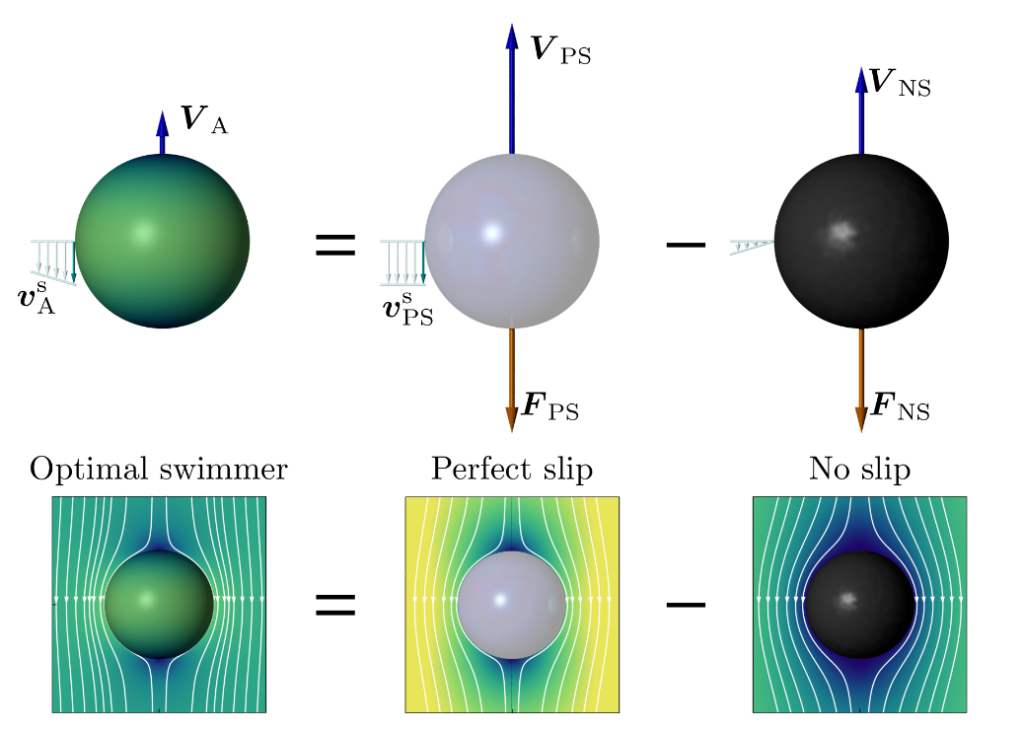
Figure 12: The optimal active microswimmer can be represented as a superposition of the flow around a perfect slip body and that around a no-slip body (shown for a spherical swimmer).
Ciliary chemosensitivity is enhanced by cilium geometry and motility
Primary cilia, which are usually immotile, have primarily sensory functions as receptors for chemical or mechanical signals. However, there is mounting evidence that the sensory functions are not limited to immotile cilia and that beating cilia can also contain chemical receptors. This raises the question whether there is a physical advantage in placing chemical receptors on a cilium in terms of sensitivity. To answer this question, we studied the capture rates of signaling particles on a model cilium embedded in a flat surface. We showed that, even in a quiescent fluid with no advection, the cilium already achieves the same capture rate as a surface patch with 4x the surface area. When the cilium is placed in an external shear flow, the equivalent surface ratio rises to 6x. A motile cilium can achieve a significant enhancement of the capture rate at high Péclet numbers, but only if it beats in a non-reciprocal way and thus induces a long-range net flow in the surrounding fluid. When many immotile cilia are placed in proximity, the capture rate per cilium is reduced because of depletion of the concentration field. However, when the same cilia beat asymmetrically, their capture rate is enhanced by the flow generated by the surrounding cilia. The study was mostly performed at Max Planck Institute for Dynamics and Self-Organization in Göttingen (eLife 2021, DOI: 10.7554/eLife.66322).

Figure 13: The particle capture rate per cilium (length of red bars) for: (a) an isolated immotile cilium, (b) a group of 7 immotile cilia, (c) an isolated beating cilium and (d) a group of 7 beating cilia. While the capture rate in a group of immotile cilia is reduced due to depletion, motile cilia benefit from mutual enhancement by the generated flow.
New WnO3n-1 stoichiometric phase
We synthesized and characterized tungsten suboxide crystals, which grow in the form of nanotiles. Three new stoichiometric phases were determined from high-resolution TEM images: W13O38 (WO2.923), W12O35 (WO2.917) in W11O32 (WO2.909). The experimental unit cell parameters were in agreement with the calculated ones. The nanotiles have a distinct zig-zag morphology, with corrugation that are several 10 nm deep. The valence band spectrum showed some density of states at the Fermi energy, making the material slightly metallic (Nanomaterials 2021, DOI: 10.3390/nano11081985).
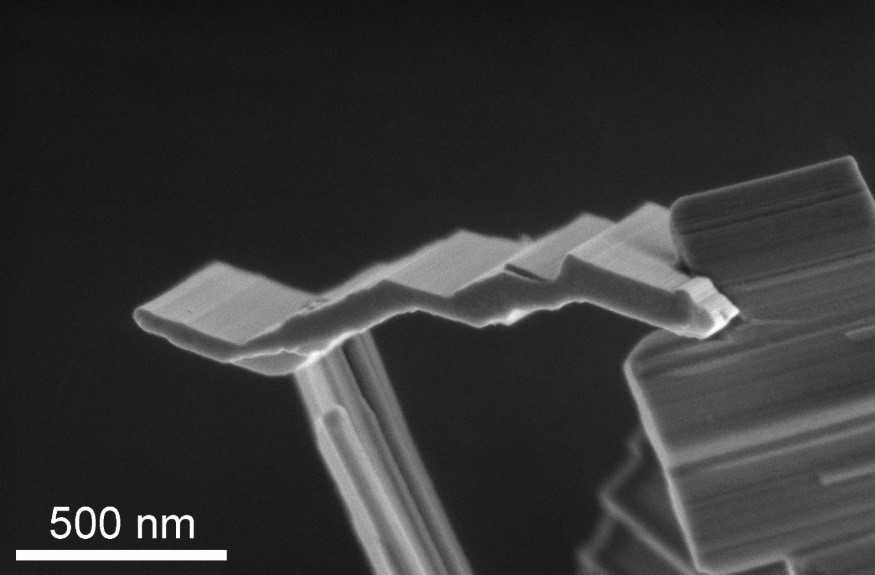
Figure 14: The WO3-x plates in a form of nanotiles.
Filtration efficiency of respiratory masks used during the COVID-19 pandemic
We performed size- and time-dependent filtration efficiency measurements of face masks and improvised respiratory protection equipment used during the COVID-19 pandemic. The results showed high filtration efficiency of FFP2, FFP3, and certified surgical masks for all sizes of tested particles, while filtration efficiency of washable masks depended on their constituent fabrics. The filtration efficiency for the FFP2 fabric was above 98.6%, while for the FFP3 fabric it was above 99.9%. Similar or slightly lower filtration efficiency values were observed for tested materials obtained from different surgical masks. Different cotton materials that are usually used in cotton masks had the filtration efficiency between 26% and 82%, mainly due to the large diameter of the cotton fibres, which also lack of any static charge. He study was done in collaboration with researchers from Physics at University of Ljubljana and industry (Sensors 2021, DOI: 10.3390/s21051567).
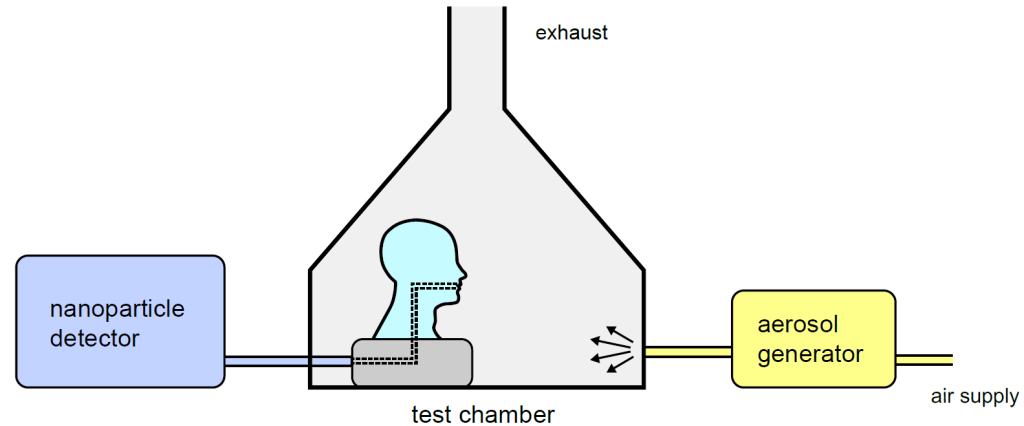
Figure 15: Schematic representation of measurement of filtration efficiency of respiratory masks during COVID-19 pandemic.
Tuning graphene doping by carbon monoxide intercalation at the Ni(111) interface
Under near-ambient pressure conditions, carbon monoxide molecules intercalate underneath an epitaxial graphene monolayer grown on Ni(111), getting trapped into the confined region at the interface. On the basis of ab-initio density functional theory calculations, we provided a full investigation of the intercalated CO pattern, highlighting the modifications induced on the graphene electronic structure. The most relevant signature of the CO intercalation is a clear switching of the graphene doping state, which changes from n-type, when strongly interacting with the metal surface, to p-type. The shift of the Dirac cone linearly depends on the CO coverage, reaching about 0.9 eV for the saturation value of 0.57 ML. Theoretical predictions are compared with the results of STM, LEED and XPS experiments, which confirm the proposed scenario for the nearly saturated intercalated CO system. The paper was published in collaboration with the groups from Italy (Carbon 2021, DOI: 10.1016/j.carbon.2021.01.120)
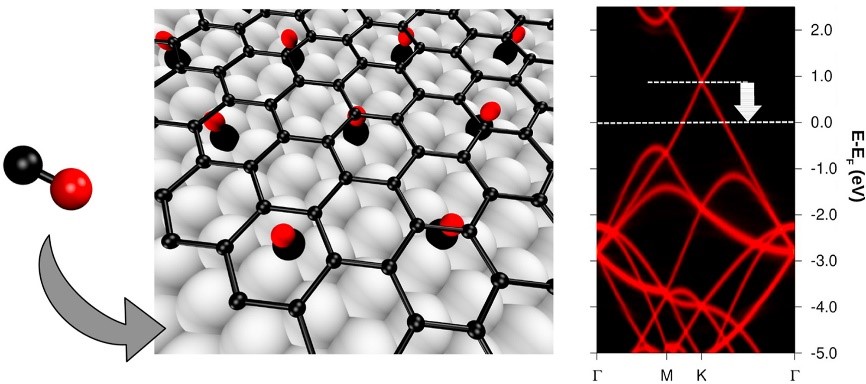
Figure 16: Carbon monoxide intercalated at Graphene/Ni(111) interface forms periodic patterns, decouples Graphene from Ni(111) and shifts the Dirac cone up to about 1 eV.
Structure and Superconductivity of Tin-Containing HfTiZrSnM (M = Cu, Fe, Nb, Ni) Medium-Entropy and High-Entropy Alloys
In an attempt to incorporate tin (Sn) into high-entropy alloys composed of refractory metals Hf, Nb, Ti and Zr with the addition of 3d transition metals Cu, Fe, and Ni, we synthesized a series of alloys in the system HfTiZrSnM (M = Cu, Fe, Nb, Ni). The alloys were characterized crystallographically, microstructurally, and compositionally, and their physical properties were determined, with the emphasis on superconductivity. A common feature of the alloys is a microstructure of large crystalline grains of a hexagonal (Hf, Ti, Zr)5Sn3 partially ordered phase embedded in a matrix that also contains many small inclusions. Based on the electrical resistivity, specific heat, and magnetization measurements, a superconducting (SC) state was observed in the HfTiZr, HfTiZrSn, HfTiZrSnNi, and HfTiZrSnNb alloys. The HfTiZrSnFe alloy shows a partial SC transition, whereas the HfTiZrSnCu alloy is non-superconducting. The paper was published in collaboration with groups from Poland, China and Sweden (Materials, 2021, DOI: 10.3390/ma14143953).
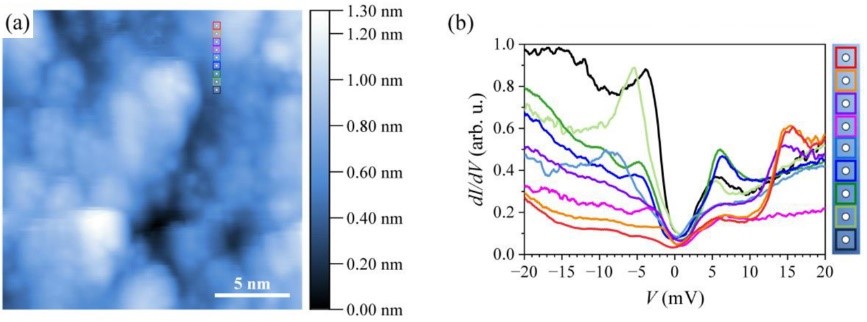
Figure 17: Topographic STM image of the HTZS-Nb sample surface and the corresponding dI/dV curves showing varying superconducting gap.
Single-shot Stern-Gerlach magnetic gradiometer with an expanding cloud of cold cesium atoms
We combine the Ramsey interferometry protocol, the Stern-Gerlach detection scheme, and the use of elongated geometry of a cloud of fully polarized cold cesium atoms to measure the selected component of the magnetic-field gradient along the atomic cloud in a single shot. In contrast to the standard method where the precession of two spatially separated atomic clouds is simultaneously measured to extract their phase difference, which is proportional to the magnetic-field gradient, we show a gradiometer using a single image of an expanding atomic cloud with the phase difference imprinted along the cloud. Using resonant radio-frequency pulses and Stern-Gerlach imaging, we first demonstrate nutation and Larmor precession of atomic magnetization in an applied magnetic field. Next, we let the cold atom cloud expand in one dimension and apply the protocol for measuring the magnetic-field gradient. The resolution of our single-shot gradiometer is not limited by thermal motion of atoms and has an estimated absolute accuracy below ±0.2 mG/cm (±20 nT/cm). (Phys. Rev. A, 2021, 10.1103/PhysRevA.103.022611)
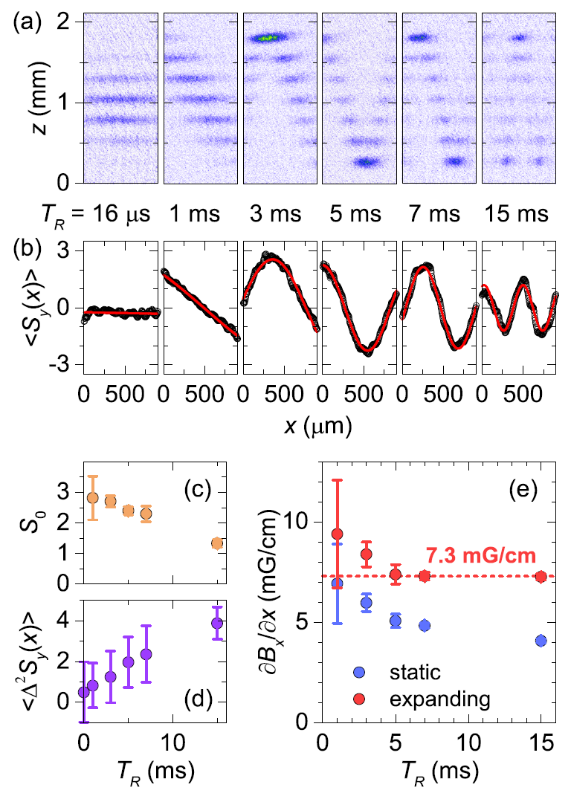
Figure 18: (a) Absorption images of position dependent mF-state populations for a range of interrogation times and (e) the extracted component of the magnetic-field gradient.
Correlations and filamentary dynamics in nanoscale memristor
To emulate neural dynamics of excitatory and inhibitory processes, memristors offer a practical hardware approach to implement such functionalities for possible utilization in efficient probabilistic computation. In an attempt to unravel the intrinsic long-range dynamics at room temperature while mitigating the unwanted thermal drift, we focus on nanoscale memristor built at the apex of a scanning probe tip. With the design of such functionalized cantilevers (entitled here as “memtips”) we captured the long-term intrinsic current response, identified temporal correlations between switching events and observed emerging spiking dynamics directly at the nanoscale. Utilization of an identical memtip for measurements on different counter electrodes made it possible to directly compare the impact of different device configurations on the switching behavior of the same filament. Such an analytical approach in ambient conditions will pave the way towards a deeper understanding of filamentary switching phenomena on the nanoscale. The study was done in collaboration with researchers from the University of Kiel and published in Nanomaterials 2021, DOI: 10.3390/nano11020265.
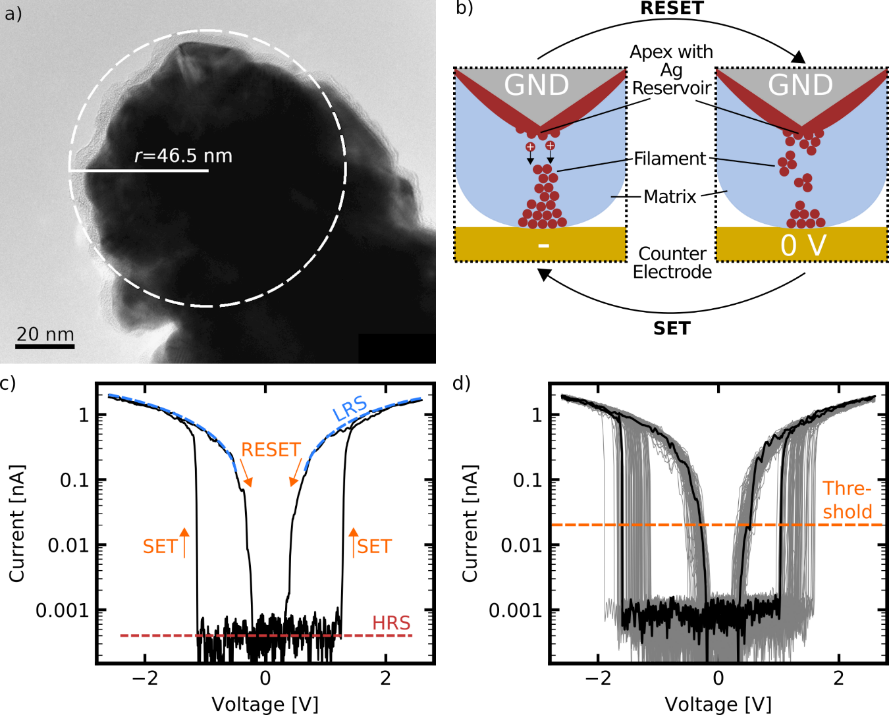
Figure 19: (a) TEM image of a memtip indicating a radius of curvature of 46.5 nm. (b) Schematics of SET and RESET operations. The current in the low resistive state (LRS) is limited by the 1 GΩ serial resistor incorporated in the experimental setup. The high resistance state (HRS) is given by the detection limit of the setup. (c) and (d) Representation of a single and 100 sequential cycles showing a consistent switching window. A threshold level of 20 pA, as indicated, is chosen for a reliable detection of SET and RESET.
Light control by topological solitons in chiral nematics
Topological solitons appearing in different areas of physics are fascinating localized perturbations of ordering fields enjoying topological protection. We demonstrate refraction, reflection, and lensing of weak laser beams by various topological solitons in frustrated chiral nematic liquid crystals. In particular we show how interactions of light with such topological solitons are well described using a generalized Snell’s law and ray-tracing models. These may lead to new means for controlling flow of light for use in optics and photonics. The study was done by group members from Jozef Stefan Institute and Faculty of Mathematics & Physics at University of Ljubljana in collaboration with the group of Ivan Smalyukh from University of Colorado in Boulder. The paper (Physical Review X, 2020, DOI: 10.1103/PhysRevX.10.031042) was highlighted in APS Physics Focus by the editorial article “Liquid-Crystal Vortices Focus Light”.
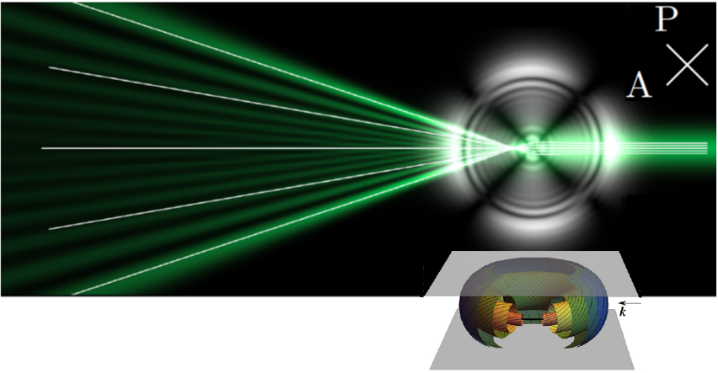
Fig. 1: Simulated green light beam lensing from a toron in the unwounded cholesteric layer. Intensity of green color corresponds to the intensity of light. White lines are obtained by simple ray tracing. The 100 mm toron with the director field illustrated in the inset is visualized with a white light polarization image.
Chirality-enhanced periodic self-focusing of light in frustrated chiral nematics
In achiral liquid crystals, the reorientation of molecules around laser beams with appropriate power is responsible for the generation of spatial optical solitons called “nematicons”. We present numerical, experimental, and theoretical evidence of a strong link between chirality and the nonlinear optical response of frustrated chiral liquid crystal systems. In unwounded chiral nematics, the frustration caused by a confinement incompatible with their lowest-energy states allows a relatively weak light to locally destabilize the initially uniform orientational fields and thus boost their nonlinear optical responses. This yields self-focusing and formation of similaritons. In short, our study opens, at a fundamental level, a new research paradigm of chirality-enhanced nonlinear optical effects, thus suggesting a range of self-focusing based applications such as low power light self-actuated flat lenses or all-optical information processing based on spatial optical solitons interacting with chiral topological solitons. The study was done in collaboration from Jozef Stefan Institute and Faculty of Mathematics & Physics at University of Ljubljana with the group of Ivan Smalyukh from University of Colorado in Boulder (Physical Review Letters, 2020, DOI: 10.1103/PhysRevLett.125.077801).

Fig. 2: Propagation of a tilted Gaussian light beam inside the unwounded cholesteric layer in the linear (a) and nonlinear – similariton (b) optical regime. The white bars represent 10 mm.
Wrinkling instability in 3D active nematics
In this experimental and theoretical study, we focus on a 3D active nematic consisting of microtubules, kinesin motors, and a depleting agent. It shows a rich dynamics evolving from a nematically ordered space-filling distribution of microtubule bundles toward a flattened and contracted 2D ribbon that undergoes a wrinkling instability and subsequently transitions into a 3D active turbulent state. The interplay between depletion forces and kinesin motors thus leads to both a contractile stress that compresses the ribbon and an extensile stress that leads to the wrinkling instability. At the macroscopic scale, we used a continuum theory to explain the instability and predict the wavelength of the wrinkles that form. We supplemented the results with a detailed simulation at the molecular scale (using the Cytosim package) that reproduced the dynamics based on the properties of single kinesin motors. We found that the produced forces nearly cancel out, but a small asymmetry in the distribution leads to the buildup of the extensile stress. Whereas the wrinkle wavelength strongly correlates with their formation time, as predicted by the continuum theory, it is independent of the ATP concentration. The 3D to quasi-2D and back to 3D transition in our system represents a novel path of self-organization in active soft matter. The study was mostly performed at Max Planck Institute for Dynamics and Self-Organization in Göttingen (Nano Letters, 2020, DOI:10.1021/acs.nanolett.0c01546).
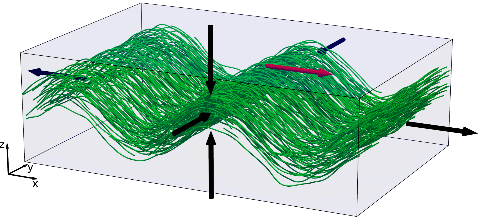
Fig. 3: Nematically aligned bundles of microtubules (green) first condense vertically into a ribbon that subsequently forms wrinkles due to active extensile stress.
Three-Dimensional Active Defect Loops
We describe the flows and morphological dynamics of topological defect lines and loops in three-dimensional active nematics and show, using theory and numerical modeling, that they are governed by the local profile of the orientational order surrounding the defects. Analyzing a continuous span of defect loop profiles, ranging from radial and tangential twist to wedge profiles, we show that the distinct geometries can drive material flow perpendicular or along the local defect loop segment, whose variation around a closed loop can lead to net loop motion, elongation, or compression of shape, or buckling of the loops. We demonstrate a correlation between local curvature and the local orientational profile of the defect loop, indicating dynamic coupling between geometry and topology. To address the general formation of defect loops in three dimensions, we show their creation via bend instability from different initial elastic distortions. The work was performed as a collaboration between the University of Warwick (Prof. G. Alexander), the Faculty of Mathematics and Physics at the University of Ljubljana and Department of Condensed Matter Physics at the Jozef Stefan Institute (Physical Review Letters, 2020, DOI: 10.1103/PhysRevLett.124.088001)
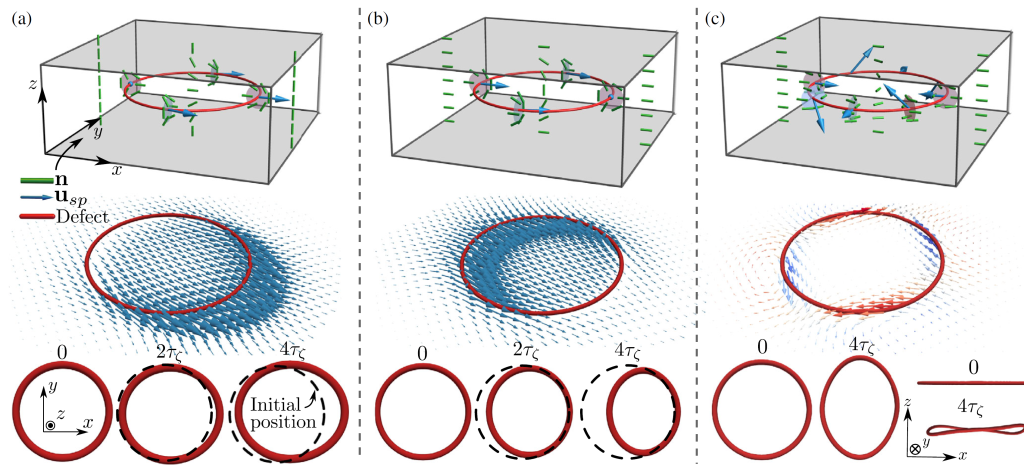
Fig. 4: Flows and dynamics of different active nematic defect loops with zero topological charge.
Microfluidic control over topological states in nematic liquid crystal flow
An interesting sequence of phase transitions between topologically different states in a pressure-driven liquid crystal flow was first characterized in detail by the experimental group at the Faculty of Medicine, University of Ljubljana. This attracted us to a collaboration, where with a theoretical analysis we were able to provide understanding of the mechanisms that lead to complex dynamics in such systems. This collaborative study completes our decade-long research in the field of nematofluidics and promises the application of these concepts in lyotropic and active nematic liquids (Nature Communications, 2020, DOI: 10.1038/s41467- 019-13789-9). With the invitation of the editors, the paper has been presented in a popular form on the Nature Portfolio Device and Materials Engineering Community website.

Fig.5: Transitions in the intermediate and strong pressure driven nematic flows
Topological-Defect-Induced Surface Charge Heterogeneities in Nematic Electrolytes
We show that topological defects in an ion-doped nematic liquid crystal can be used to manipulate the surface charge distribution on chemically homogeneous, charge-regulating external surfaces, using a minimal theoretical model. In particular, the location and type of the defect encodes the precise distribution of surface charges and the effect is enhanced when the liquid crystal is flexoelectric. We demonstrate the principle for patterned surfaces and charged colloidal spheres. More generally, our results indicate an interesting approach to control surface charges on external surfaces without changing the surface chemistry (Physical Review Letters, 2020, DOI: 10.1103/PhysRevLett.125.037801).
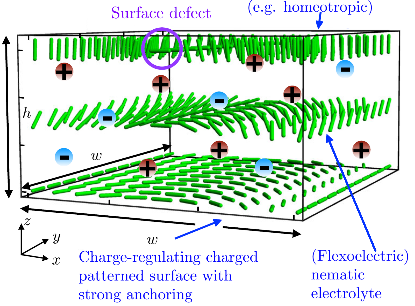
Fig. 6: Surface induced electric charge variability caused by nematic defects.
Speckle-free liquid crystal microscopy with nanosecond illumination
We present a setup for the speckle-free, low-light microscopy imaging at 5 ns exposure times. The design is based on stroboscopic principle and uses fast and incoherent fluorescent emission from a solution of a fluorescent dye, excited by a picosecond laser pulse. The proposed solution of Rhodamine in ethanol put in a glass cuvette gives an excellent image quality with high contrast, excellent stability and tunable coherence. The setup was used for the photographic measurements with 5 ns exposure time, demonstrated in imaging of thermally quenched 5CB liquid crystal, what enables studies of Kibble-Zurek mechanism of topological defect nucleation and growth at sub-microsecond time resolution and extremely fast cooling rates of ~40,000 K/s. The research was conducted in collaboration with the Faculty of Mathematics and Physics and Faculty of Pharmacy at University of Ljubljana. (Liquid Crystals, DOI: 10.1080/02678292.2020.1790049).
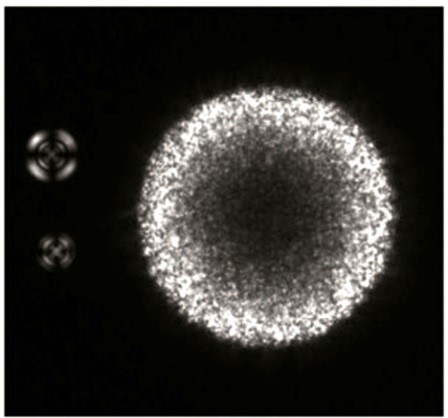
Fig. 7: Thermal quenching of liquid crystal with 5 ns exposure time.
Bright flower-like domains in inverse nematic gels
We discovered that mixing the gelator 12-HSA with a nematic liquid crystal results in creation of localised flower-like domains with higher concentration of the gelator than the surrounding medium. The gelator in these domains forms fibers, which interact with the molecules of the liquid crystal and stabilise its director into a spiral, toron-like structure. We examined their structure by optical and confocal microscopy. The nematic liquid crystal in the volume around the domains is achiral, but all the domains exhibit the same handedness. The research was conducted in collaboration with the Faculty of Mathematics and Physics at University of Ljubljana and Raman Institute in Bangalore. (Soft matter, 2020, DOI: 10.1039/C9SM02547B).
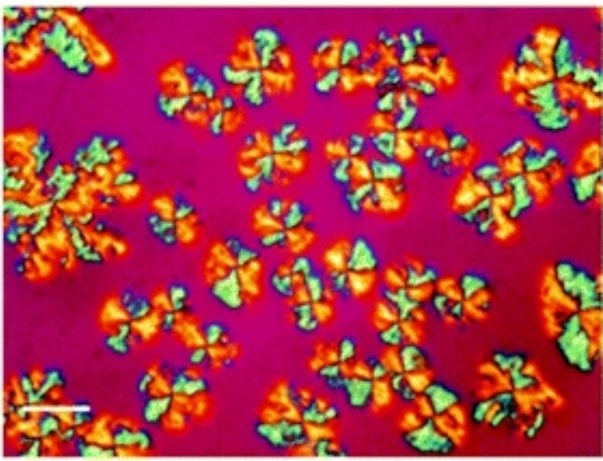
Fig. 8: Bright flower-like domains in the inverse nematic gel.
Nematic liquid-crystal necklace structure made by microfluidic system
We succeeded to fabricate a necklace structures made of liquid crystal droplets that are tens of micrometers in diameter and are connected by birefringent micro-tethers made of PVA- liquid crystal composite. Micro-tethers can be elastically stretched by applying external force and the elastic constant of the tether was determined by using laser tweezers. The Whispering Gallery Modes circulating inside individual droplets in the necklace structure were also observed. Research was done in collaboration with AIST in Tsukuba (Langmuir, DOI: 10.1021/acs.langmuir.0c00101).
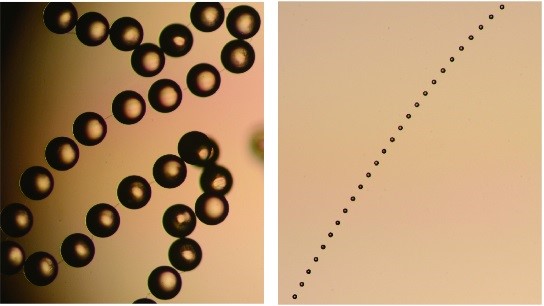
Fig. 9: Two necklaces made of LC droplets connected by micro-tether.
Electric-field-induced reorientation of ferroelectric platelets in liquid crystal
We demonstrated that ferroelectric micro-platelets can be reoriented in the nematic liquid crystal by the linear coupling to an external electric field. The electric dipole moment of platelets is perpendicular to the plane of platelets and provides torque that rotates the platelets. The experiments were made in dispersions of platelets in a zero dielectric anisotropy nematic LC, which excludes the reorientation of the dispersion via the dielectric coupling of a LC. LC molecules are reoriented only via the rotation of platelets (Liquid Crystals, DOI: 10.1080/02678292.2020.1785026).
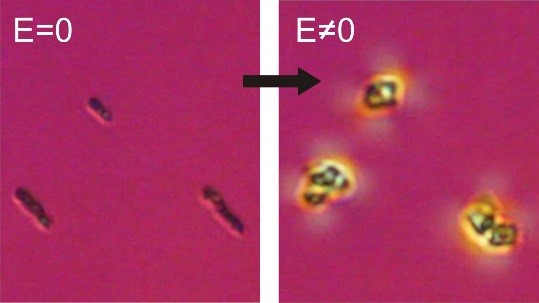
Fig. 10: Micro-platelets are rotated in LC by the external electric field.
Graphene derivatives, liquid crystal, and CdS/TiO2 hybrid matrices: optoelectronic and biotechnological aspects
Different assemblies of nanomaterial and related new switchable device technologies are reviewed. Complex systems consisting of graphene and its derivatives, hydrogen-bonded liquid crystals, and semiconducting nanoparticles or nano-wires are addressed. Seamless stable assemblies are enabled by relatively strong hydrogen bonds. Of particular interest are configurations that can undergo sensitive stimulus-induced electro-optical changes between states exhibiting significantly different effective properties. Such assemblies could be exploited in flexible electronics, high contrast ratio smart displays, optoelectronic devices, sensors (monitoring inflammability, explosive nature, or toxicity of chemicals), bio-sensing, and antimicrobial applications. Cost-effective technologies, enabling large scalability and seamless heterogeneous integration are presented (Critical Reviews in Solid State and Materials Sciences, 2020, DOI: 10.1080/10408436.2020.1805295).
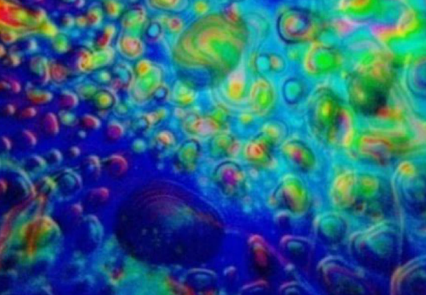
Fig. 11: Polarizing microscopy texture of a hybrid composite.
Reconfigurable multistable topological defect patterns
We report on robust theoretical and experimental investigations in which an external electric field is used to switch between pre-determined stable chargeless disclination patterns in a nematic cell. The different defect configurations are stabilized by a master substrate that enforces a lattice of surface defects exhibiting zero total topological charge value. Theoretically, we model disclination configurations using a Landau-de Gennes phenomenological model. Experimentally, we enable diverse defect patterns by implementing an in-house-developed Atomic Force Measurement scribing method, where NLC configurations are monitored via polarised optical microscopy. We show numerically and experimentally that an “alphabet” of up to 18 unique line defect configurations can be stabilized in a 4×4 lattice of alternating s= surface defects, which can be “rewired” multistably using appropriate field manipulation. Our proof-of-concept mechanism may lead to a variety of applications, such as multistable optical displays and rewireable nanowires. Research was performed in collaboration with Case Western Reserve University Cleveland (Physical Review Reserach, 2020, DOI: 10.1103/PhysRevResearch.2.013176).
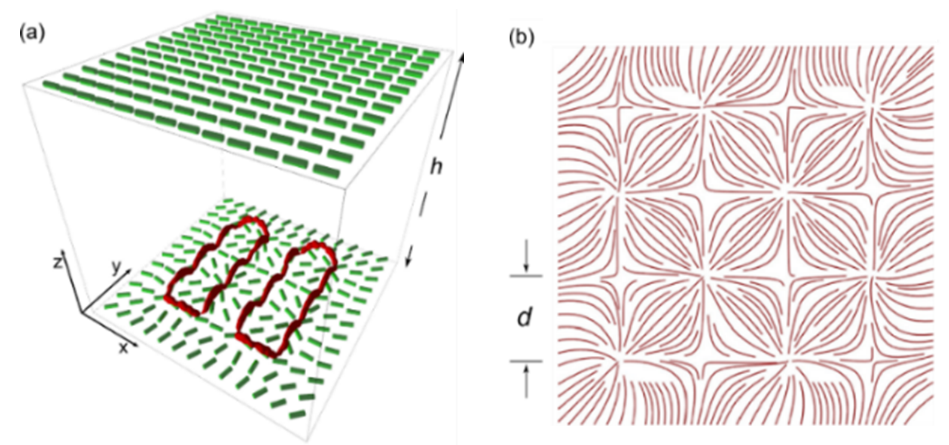
Fig. 12: a) Typical defect configuration, b) bottom plate enforced nematic pattern.
Emergent collective colloidal currents generated via exchange dynamics in a broken dimer state
We investigated the dynamics of paramagnetic colloidal particles confined between two planes. When subjected to a precessing magnetic field, they show a rich phase diagram depending on the rotation frequency, cell thickness, precession angle and particle density. We used linear stability analysis to theoretically predict the boundaries between the phases. They include single particles on a hexagonal lattice, synchronously and asynchronously rotating particle pairs. Between them, a particularly interesting phase emerges where dimers form and break transiently. As a consequence, an edge current emerges where particles at one boundary move in one direction and those at the opposite boundary in the opposite direction. These results demonstrate how similar physical phenomena can exist across a range of length scales. The research was conducted in the collaboration of researchers from University of Barcelona Max Planck Institute for Dynamics and Self-Organization in Göttingen (Science Advances, 2020, DOI:10.1126/sciadv.aaz2257).
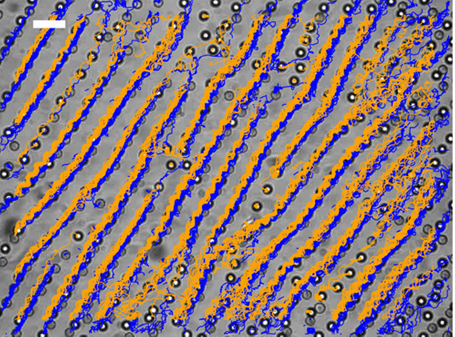
Fig. 13: Trajectories of magnetic particles in a precessing field. Particles in the proximity of both planes move in opposite directions (blue and yellow traces).
Generation of microdroplets and microbeads with nanometer precision
We demonstrated that it is possible to produce small droplets and solid spheres of an unprecedented monodispersity of 1 nm and 20 nm, respectively. For the droplets the corresponding coefficient of variation (CV) is only 0.0042 %, which improves the size precision by three orders of magnitude compared to standard production methods such as reported in the microfluidics. Encoding of short words and numbers has been demonstrated by producing three beads with predefined sizes. The stored information has been read from the emitted spectrum. The potential to store information on such small scale, which can be read purely through the spectrum, has the potential for barcoding various products, for security applications and even for tagging and tracking of individual live cells. The article that was featured on the back cover of the journal Lab on a Chip was done in collaboration with the Harvard Medical School (Lab on a Chip, 2020, DOI: 10.1039/C9LC01034C).
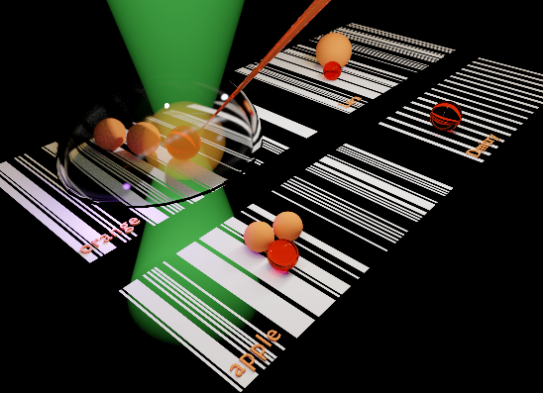
Fig. 14: Graphic illustration of four groups of microbeads, each with embedded information, which can be read by a laser
Blood flow limits endothelial cell extrusion in the zebrafish dorsal aorta
We studied the formation of the dorsal aorta, the main artery in the developing zebrafish embryo. We combined confocal imaging on live embryos with a theoretical prediction of stress distribution in the tissue surrounding the blood vessel. The latter is amplified in the proximity of another blood vessel, but reduced in the proximity of the stiff notochord. In particular, we show that cells migrate towards a direction that coincides with the maximum pulsatile stress during heartbeat. On the other hand, reduced blood flow facilitates cell extrusion, pointing to a mechanism that regulates the blood vessel diameter. Our study demonstrates how the formation and growth of blood vessels depend on an intricate interplay of chemical signals, tissue mechanics and fluid dynamics. The research was conducted in the collaboration of researchers from Université de Strasbourg and Max Planck Institute for Dynamics and Self-Organization in Göttingen (Cell Reports, 2020, DOI:10.1016/j.celrep.2020.03.069).
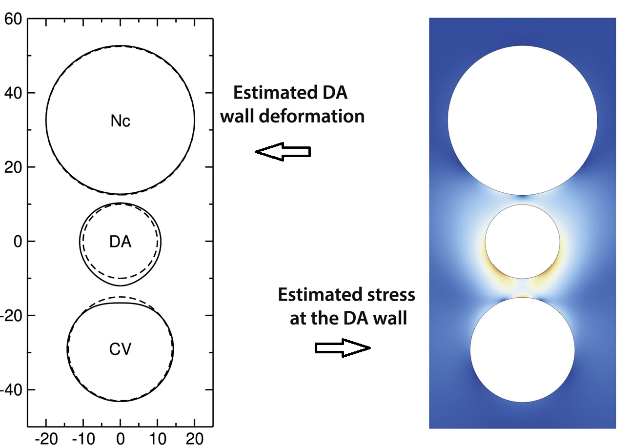
Fig. 15: Theoretical prediction of mechanical stress in the tissue surrounding the dorsal aorta (DA).
Control of viscosity in biopharmaceutical protein formulations
Controlling the viscosity of concentrated protein solutions — usually reducing — is an open challenge, with major recent relevance in protein formulations for biopharmaceutical, medical, food, and other applications. It is of major importance to be able to establish control over the combination of viscosity-affecting additives and adequate protein stability, usually at high protein concentrations. Here, we demonstrate the control and manipulation of the viscosity profile of a selected protein solution (monoclonal antibody of immunoglobulin gamma type – IgG) of direct biopharmaceutical relevance, by identifying elementary viscosity contributions via selected additives that target different protein-protein interactions. Specifically, a combined study of viscosity control and protein aggregation is performed with viscosity characterized by microfluidic measurements and protein aggregation by size-exclusion chromatography, where aggregation data is further supplemented with conformational stability measurements via thermal and chemical protein denaturation. More generally, we show a control over the interplay of viscosity, potency and stability in a distinct protein system, as a general contribution to understanding the viscosity in different colloidal, biological, and soft materials. The work was performed as colaboration beween the Lek Pharmaceuticals d.d, part of Novartis, the Faculty of Mathematics and Physics and the Biotechnical Faculty at the University of Ljubljana and Department of Condensed Matter Physics at the Jozef Stefan Institute (J. Coll. Int. Sci., 2020, DOI: 10.1016/j.jcis.2020.06.105)
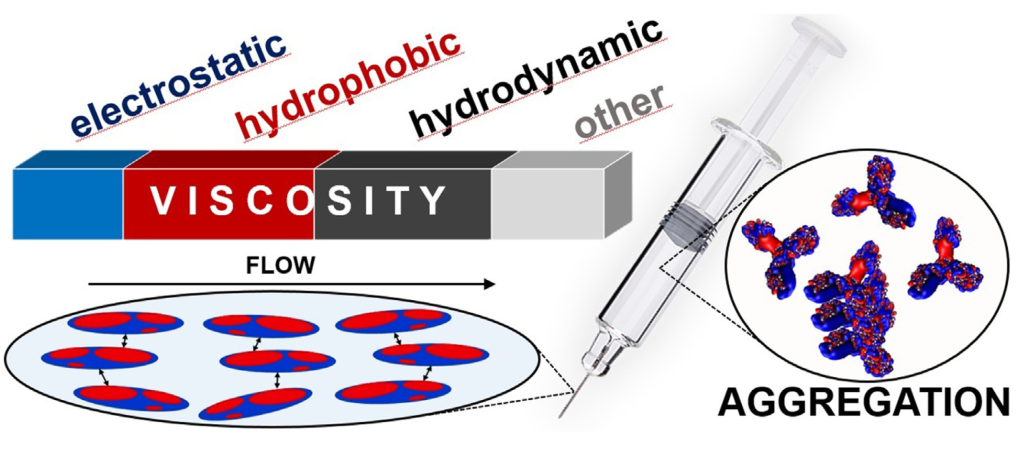
Fig. 16: Control of viscosity in biopharmaceutical protein formulations via design of different protein interactions.
Antimicrobial coatings based on MoO3 nanowires
A novel antimicrobial nanocomposite was designed from inert biocompatible PVDF-HFP and water-soluble PVP polymers with incorporated MoO3 nanowires. Dissolving in water in concentration of 5mg/ml, it lowers the pH value to 4.6 in 5 min. Antimicrobial activity studied in collaboration with Biotechnical Faculty University in Ljubljana was explained by two-step action; in the first stage, MoO3 dissolves, causing a drop in pH, which then triggers the hydrolysis of the PVP polymer and the release of the ammonium salt. Complete deactivation of Staphylococcus aureus, Listeria monocytogenes, Escherichia coli and Pseudomonas aueroginosa was achieved within 6 h, and deactivation of Penicilium verrucosum and Pichia anomala within 24 h (Surface Innovations 9(5) 2021, DOI: 10.1680/jsuin.20.00073 )
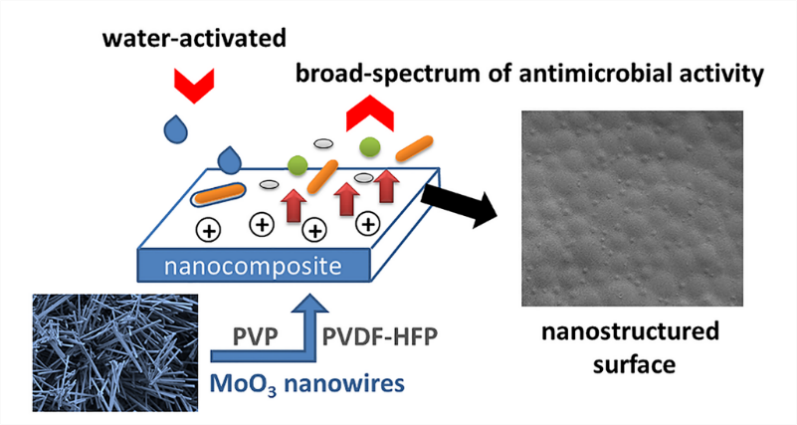
Fig. 17: Schematic illustration of antimicrobial activation of PVDF-HFP/PVP/MoO3 nanowires composite.
New quasi-two-dimensional WnO3n−1 crystals
We synthesized new quasi-two-dimensional tungsten oxide crystals, which nucleate by epitaxial growth on the W19O55 nanowires. In a single platelet, several stoichiometric phases were identified for the first time: W18O53, W17O50, W16O47, W15O44, W14O41, and W9O26. The structure was directly resolved from the high-resolution electron microscopy images and modelled using electron and X-ray diffraction data. These layered crystals show a new kind of polycrystallinity, where crystallographic shear planes accommodate oxygen deficiency and at the same time contribute to the stability of a particular phase. (Nanoscale, 2020, DOI: 10.1039/D0NR02014A)
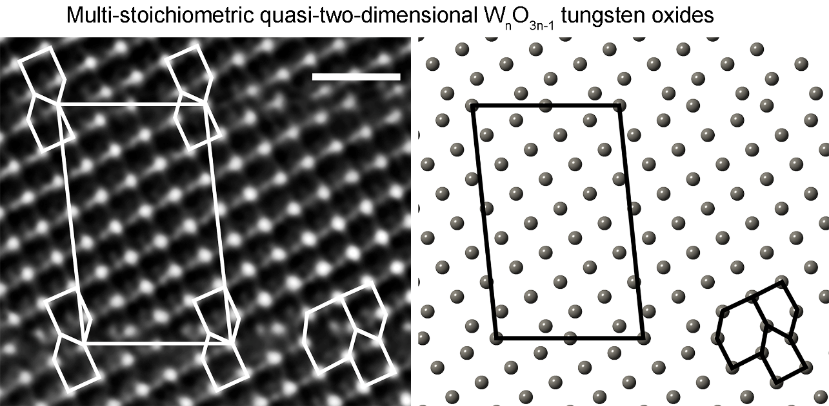
Fig.18: HRTEM image and its simulation of the W16O47 phase with pentagonal and hexagonal tunnels at crystallographic shear planes.The scale bar is 1 nm
Orientational ordering of point dipoles on a sphere*
Arrangement of interacting particles on a sphere is a well-known problem, however, ordering of particles with anisotropic interaction, such as the dipole-dipole interaction, has remained unexplored. We calculate the equilibrium orientational ordering of point dipoles on a sphere with fixed positional order. With a numerical minimization of interaction energy we analyze stable configurations depending on their symmetries and degrees of ordering. We find that a macro-vortex is a generic ground state for locally triangular spherical lattices with various discrete rotational symmetries for different system sizes. Higher-energy metastable states are similar but less ordered. We observe orientational phase transitions and hysteresis in response to changing external field both for the fixed sphere orientation with respect to the field as well as for a freely rotating sphere. In case of a freely rotating sphere, we observe changes in the symmetry axis with increasing field strength (Physical Review B, 2020, DOI: 10.1103/PhysRevB.102.075416).
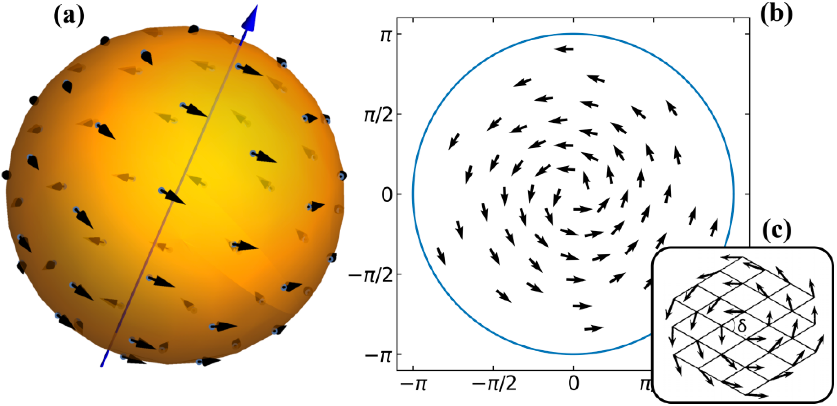
Fig. 19: (a) 3D visualization of the ground state of 60 dipoles shows a macro-vortex with the axis oriented along the blue arrow. (b) The vortex shown in the azimuthal projection. (c) The ground state of dipoles on the hexagonal lattice is also a macro-vortex.
Spatial ordering of the charge density waves in NbSe3
The ordering of the two incommensurate charge density waves (CDW) in the quasi-one-dimensional NbSe3 structure was studied using low-temperature scanning tunneling microscopy (PRB 102, 075442 (2020)). Larger (100) van der Waals surfaces were analyzed using one-dimensional Fourier transforms along the trigonal prismatic columns. The procedure enabled unambiguous differentiation between both CDWs modulating individual columns and allowed quantitative comparison of modulation amplitudes along different columns of the same type. The results suggest the formation of CDW nanodomains. The possibility of interchanging both CDWs along columns forming symmetry-related pairs results in a charge difference, which is supposed to be the possible origin of CDW sliding. The paper was published in collaboration with a researcher from Canada (Physical Review B, 2020, DOI: 10.1103/PhysRevB.102.075442)
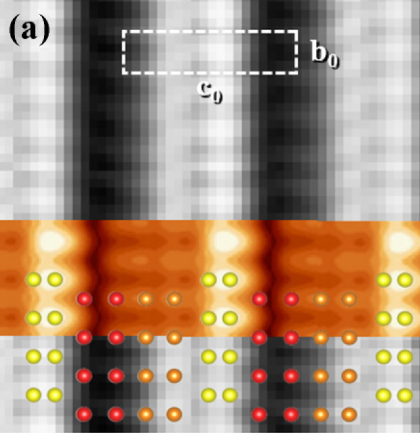
Fig. 20: STM image of the surface of NbSe3 shown with the uppermost Se atoms and a DFT simulated STM image
The ultra-high-TP charge-density wave in the monoclinic phase of NbS3
We reported on high-temperature studies of electrical conductivity of the monoclinic phase of NbS3 type-II (J. Alloys Compd 854, 157098 (2020)). The compound was shown to be stable up to temperature T ≈ 550 K. At TP0 ≈ 450 – 475 K a step-like growth of conductivity was observed, a clear evidence that TP0 is the temperature of a third, high-temperature CDW formation. The synchronization at moderate frequencies, 10 – 50 MHz, demonstrates coherent sliding of CDW-0. The charges condensed in this CDW show relatively high density and, at the same time, extremely low mobility. Their mobility appears low in the single-particle states as well, giving a plausible clue to the surprising dielectric-like temperature variation of σ above TP0. The paper was published in collaboration with groups from Taiwan and Russia (Journal of Alloys and Compounds, 2020, DOI: 10.1016/j.jallcom.2020.157098).
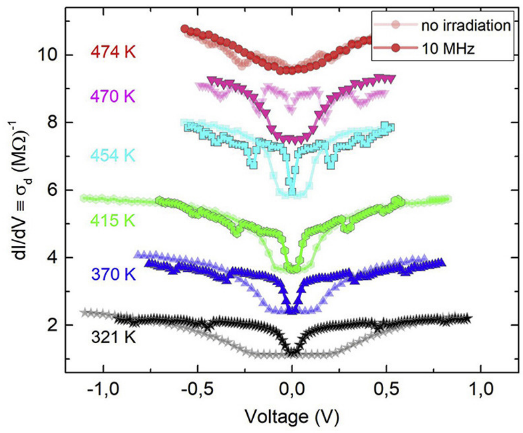
Fig. 21 Temperature dependence of I-V curves with and without the RF irradiation applied
Spontaneous Antiferromagnetic Ordering in a Single Layer of (BETS)2GaCl4 Organic Superconductor
The fabrication of well-defined and atomically clean interfaces between materials of different orders are of fundamental interest to engineer novel functionalities and to study emergent phenomena in condensed matter physics. Our study was focused on the interplay between electronic orders of hybrid mix of nested antiferromagnetic molecular chains and superconducting molecular stripes at the single layer limit. Results of low temperature scanning tunneling microscopy and spectroscopy have shown that low level vibronic and magnetic excitations that dominate the higher temperature phase are absent below Tc which point to their cooperative existence and possible renormalization to mediate superconductivity in such d-wave superconductors. The paper was published in collaboration with the group at Nihon University, Tokyo (Advanced Electronic Materials, 2020, DOI: 10.1002/aelm.202000461)
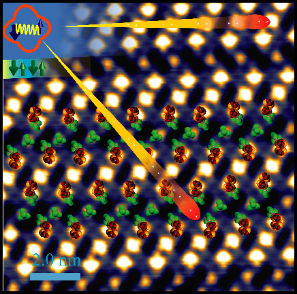
Fig. 22: Hybrid order of two ground states where molecular magnetic chains are nested within a single layer organic superconductor.
Air pollution by nanoparticles released during football match
We measured air pollution with nanoparticles during a derby between the football clubs NK Olimpija Ljubljana and NK Maribor on March 2019 in Stožice. The fan groups of both teams, Green Dragons and Viola Maribor, lit torches and pyrotechnics in support of their clubs, despite the ban. The number of nanoparticles ranging in size from 30 nm to 300 nm in the air when the torches were lit increased by 1.200 %, and the players inhaled 300 % more particles than in a low-pollution environment. Chemical analysis showed that in addition to carbon, there were also elements that were potentially toxic and used for colour effects and as fuel: strontium (red), barium (green), potassium, magnesium and chlorine (Atmospheric Environment 2020, DOI: 10.1016/j.atmosenv.2020.117567).
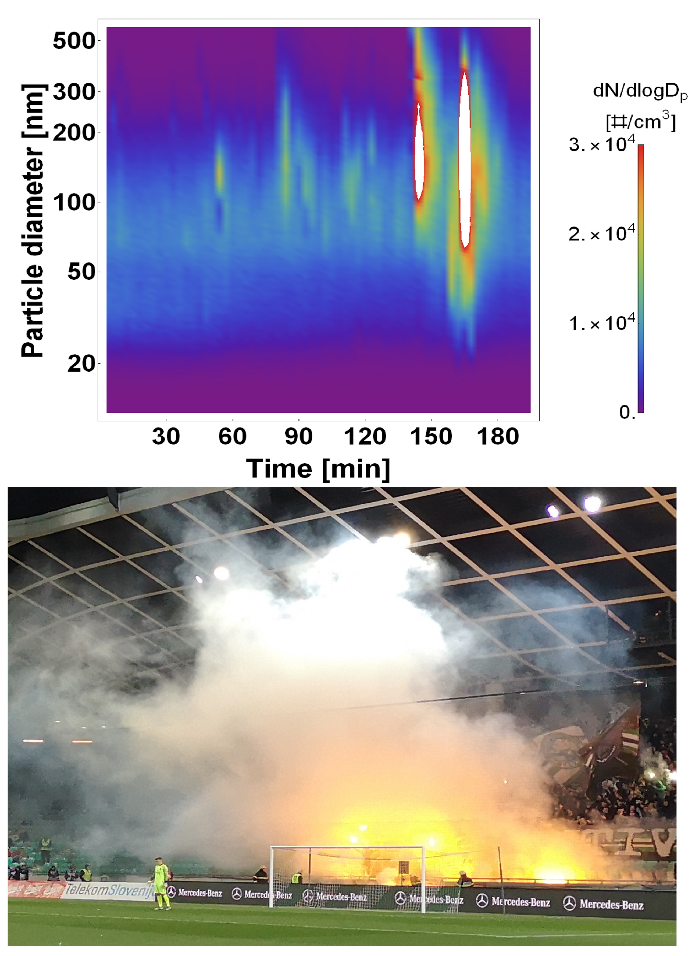
Fig. 23: Use of flares and pyrotechnics during the match caused up to 12-fold increase in number concentration of nanoparticles in air.
Topology of Three-Dimensional Active Nematic Turbulence Confined to Droplets
In an active nematic droplet, we realized the first numerical study of the topology of three-dimensional active nematic turbulence. Simulations were performed using a mesoscopic model of active nematic fluids, which are most commonly used to describe biological systems driven by internal conversion of stored energy (usually chemical) into motion. The chaotic motion in the active turbulence was explained by elementary topological events that affect defect lines appearing in such systems. Additionally, a coupling of surface and bulk dynamics through defects was demonstrated (Physical Review X 2019, DOI: 10.1103/PhysRevX.9.031051).
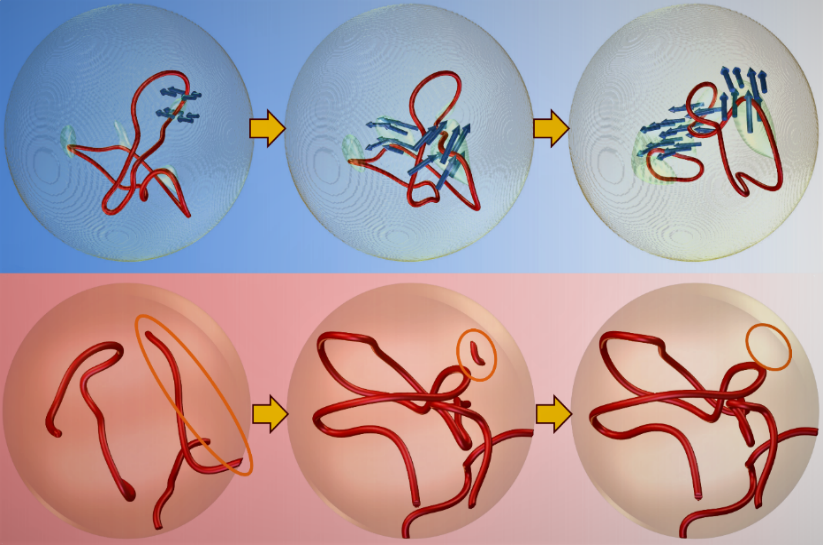
Figure 1: Active nematic topological defect transitions in spherical droplets with: homeotropic surface alignment (upper row) and planar degenerate surface alignment (lower row)
Singularity theory explains topological defects in LC droplets
In a collaboration with researchers of the University of Warwick we provide a characterization of point defects in droplets of cholesteric liquid crystal, using combination of experiment, simulation and theoretical analysis. We show that there are certain defects that are incompatible with a uniform sense of chiral twisting for topological reasons. Furthermore, those defects that are compatible with twist of a single handedness are shown to have the structure of the gradient field of an isolated critical point and, hence, are described by singularity theory. We show that the mathematical tools of singularity reproduce, with excellent agreement, the experimental observations of high charge defects and topological molecules. The results have implications beyond liquid crystal droplets in characterizing chiral materials and their topology in general. (Physical Review X 2019, DOI: 10.1103/PhysRevX.9.021004).
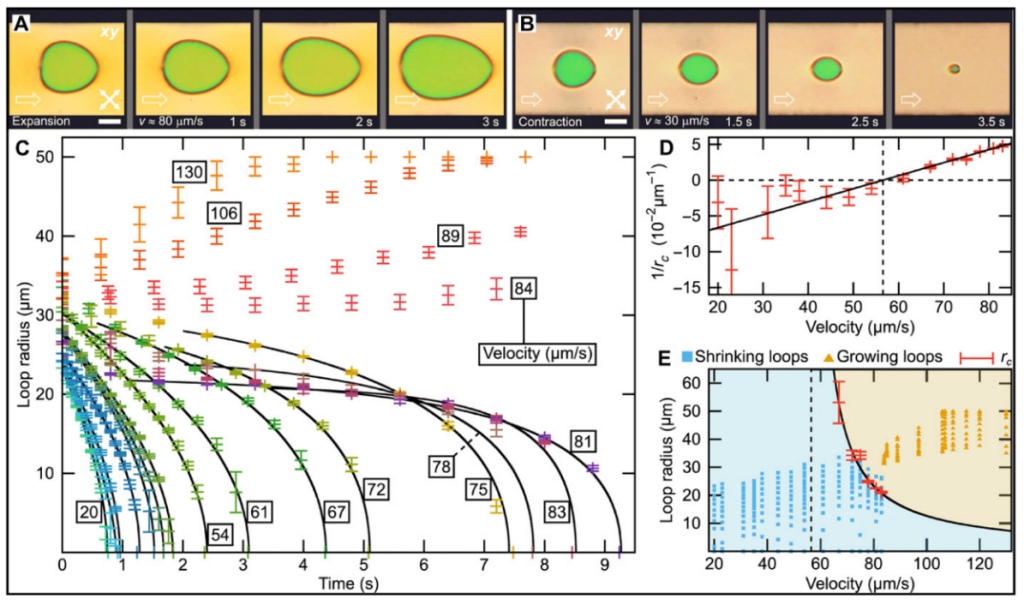
Figure 2: Numerical presentation (left) and experimental observation (right) of cholesteric droplet with one chiral and two achiral defects.
High-order elastic multipoles as colloidal atoms
Here we introduce physical design principles allowing us to define high-order elastic multipoles emerging when colloids with controlled shapes and surface alignment are introduced into a nematic host fluid. Combination of experiments and numerical modeling of equilibrium field configurations using a spherical harmonic expansion allow us to probe elastic multipole moments, bringing analogies with electromagnetism and a structure of atomic orbitals. We show that, at least in view of the symmetry of the “director wiggle wave functions,” diversity of elastic colloidal atoms can far exceed that of known chemical elements. The work was a collaboration with the experimental group at the University of Colorado Boulder (Nature Comm., 2019, DOI: 10.1038/s41467-019-09777-8).
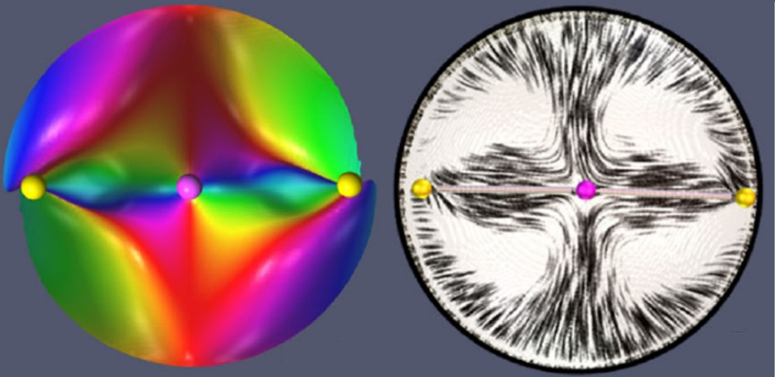
Figure 2: Numerical presentation (left) and experimental observation (right) of cholesteric droplet with one chiral and two achiral defects.
High-order elastic multipoles as colloidal atoms
Here we introduce physical design principles allowing us to define high-order elastic multipoles emerging when colloids with controlled shapes and surface alignment are introduced into a nematic host fluid. Combination of experiments and numerical modeling of equilibrium field configurations using a spherical harmonic expansion allow us to probe elastic multipole moments, bringing analogies with electromagnetism and a structure of atomic orbitals. We show that, at least in view of the symmetry of the “director wiggle wave functions,” diversity of elastic colloidal atoms can far exceed that of known chemical elements. The work was a collaboration with the experimental group at the University of Colorado Boulder (Nature Comm., 2019, DOI: 10.1038/s41467-019-09777-8).
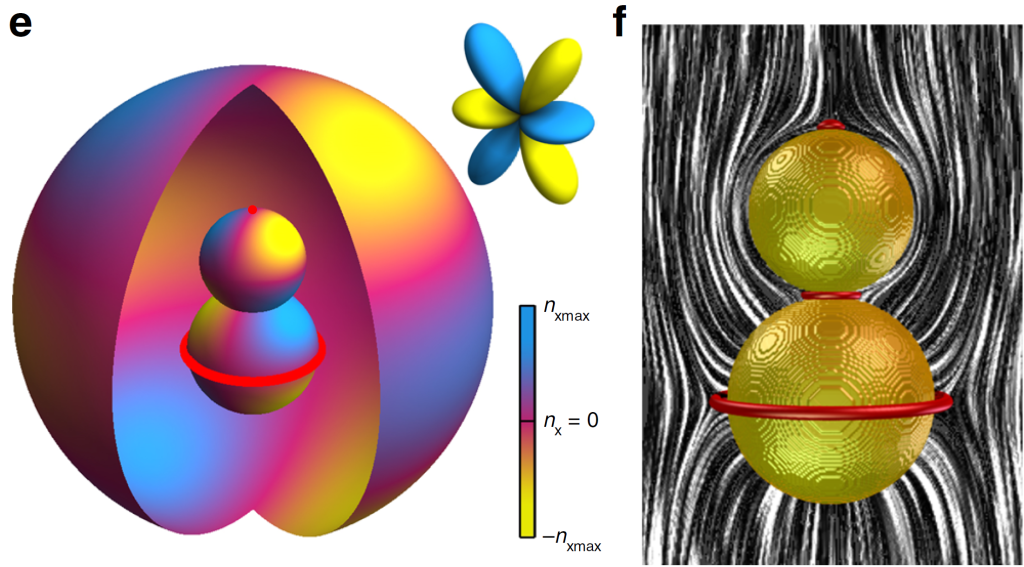
Figure 3: Elastic multipoles based on gourd particles in nematic fluid.
Spotting plants’ microfilament morphologies and nanostructures
The tracheary systems of plants are crucial for the plants to survive. The curled up microfilaments form left-handed helices that constitute contours of tubes responsible for the transport of water and nutrients from the roots to the leaves. The microfilaments have mechanical properties that vary from plant to plant despite having similar polygonal-helical shapes and cellulose skeletons. In this research, that was done within a tight collaboration with the group of M. Godinho in Lisbon, we show that the surface morphology of the microfilaments, sensed by nematic liquid crystal droplets, is at the origin of entanglements, which are responsible for the mechanical behavior of microfilaments (PNAS 2019, DOI: 10.1073/pnas.1901118116). This work introduces routes for the accurate characterization of plants’ microfilaments and their potential use for bioinspired textiles.

Figure 4: SEM picture of a rough nanofilament (a), simulated nematic ordering around such a filament (b), polarization optical micrograph of a nematic droplet decorating the same filament (c) and simulated polarization micrograph (d).
Designed self-assembly of metamaterial split-ring colloidal particles in nematic fluids
In this work we demonstrate the self-assembly in a nematic fluid of a specific type of colloidal particle, split ring resonators (SRRs), which are known in photonic metamaterials for their ability to obtain resonances in response to a magnetic field. Using free energy minimisation calculations, we optimise geometrical parameters of the SRR particles to reduce and prevent formation of irregular metastable colloidal states, which in more general view corresponds to concepts of pre-designed self-assembly. Using the pre-designed particles, we then show self-assembly into two- and threedimensional nematic colloidal crystals of split-ring particles. Our work is a contribution to the development of designed colloidal structures for possible use in photonic applications as tunable metamaterials (Soft Matter, 2019, DOI: 10.1039/c9sm00842j).
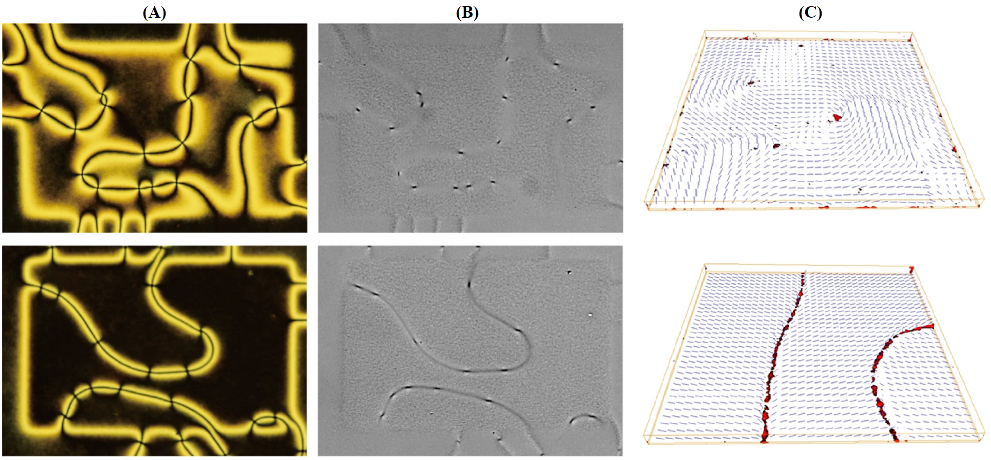
Figure 5: Three-dimensional horseshoe colloidal crystal.
Ray-based optical visualisation of complex birefringent structures including energy transport
We developed an efficient method to simulate light propagation in lossless and non-scattering uniaxial birefringent media, based on a standard ray-tracing technique supplemented by a newly-derived transport equation for the electric field amplitude along a ray and a tailored interpolation algorithm for the reconstruction of the electromagnetic fields. We show that this algorithm is accurate in comparison to a full solution of Maxwell’s equations when the permittivity tensor of the birefringent medium typically varies over a length much bigger than the wavelength. We demonstrated the usefulness of our code for soft matter by comparing experimental images of liquid crystal droplets with simulated optical micrographs (Soft Matter 2019, DOI: 10.1039/c8sm02448k).
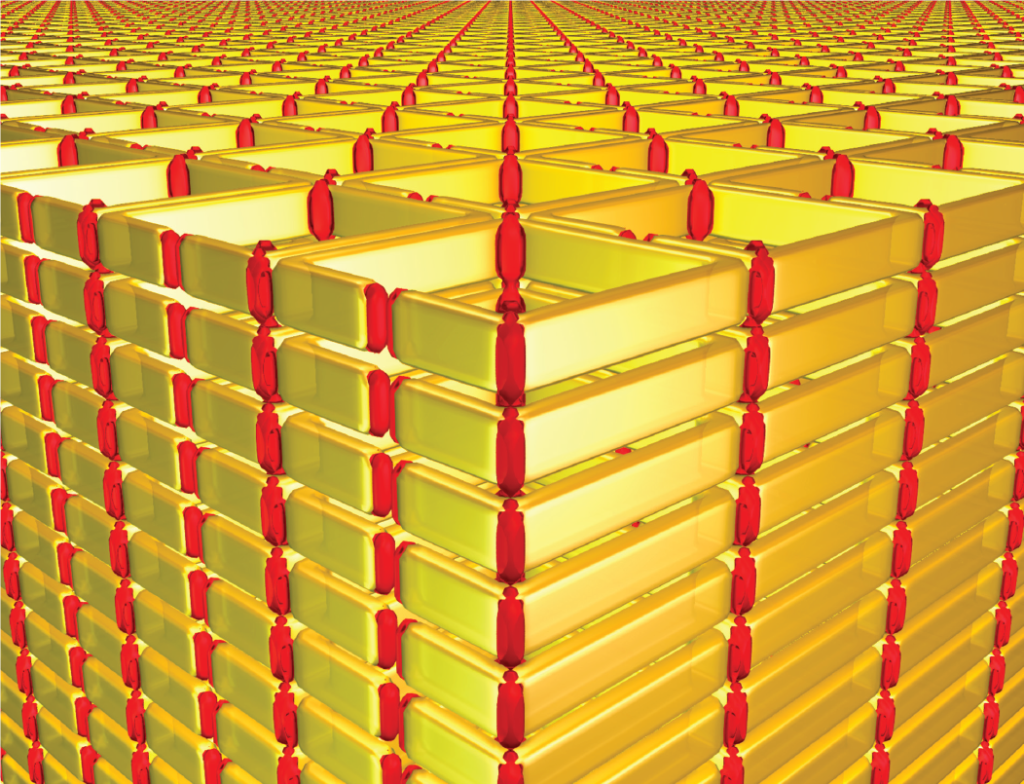
Figure 6: Brightfield micrograph of a nematic droplet before (left) and in (right) focus (top row) and corresponding simulations (bottom row).
Moving the optical resolution limit in observations of liquid crystal structures
We demonstrated that Stimulated Emission Depletion (STED) microscopy can be successfully used for high-resolution observations of structures formed in cholesteric liquid crystals (CLC). Comparing observations of optical microscopy operated in reflection mode with observations of confocal and STED microscopy we have shown, that achievable resolution of STED technique is below ~90 nm, improving on the best achieved optical resolution of ~150 nm. A crucial step in making the use of fluorescent-probe based STED technique in CLC possible, was synthesis of custom fluorescent probes that mix well with LCs and are spectrally tailored to the STED microscope available at JSI. (Liquid Crystals 2019, DOI: 10.1080/02678292.2019.1710870).
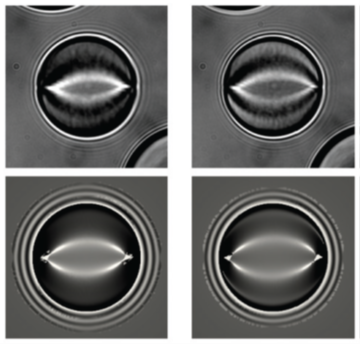
Figure 7: Comparisson of structure images obtained using confocal (left) and STED microscopy (right)
Tuneable ferroelectric liquid crystal microlaser
We have studied the Whispering Gallery Mode (WGM) resonances in microdroplets of dye-doped ferroelectric liqud crystals. The emitted laser light of microdroplets exhibiting a ferroelectric Sm C*, excited using a pulsed laser, shows a multimode WGM spectrum. The WGM resonances are red-shifted upon application of slowly varying electric field along the direction of the excitation light. This spectral shift is a consequence of a soliton-like deformation of the helical ferroelectric Sm C* structure due to the external electric field. It has a value of ~2.3 nm at 1 V/μm field, is fully reversible and quadratic in the applied field. (Liquid Crystals 2019, DOI:10.1080/02678292.2019.1700567).10.1080/02678292.2019.1710870)
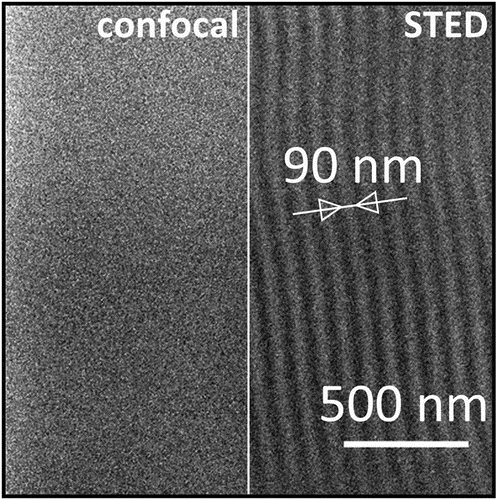
Figure 8: Ferroelectric microdoplet in Sm C* exhibits multimode WGM spectrum which can be red-shifted with applied electric field.
Red Blood Cells’ Shape Stabilized by Membrane’s In-plane Ordering
Red blood cells (RBCs) are present in almost all vertebrates and their main function is to transport oxygen to the body tissues. RBCs’ shape plays a significant role in their functionality. In almost all mammals in normal conditions, RBCs adopt a disk-like (discocyte) shape, which optimizes their flow properties in vessels and capillaries. Experimentally measured values of the reduced volume (v) of stable discocyte shapes range in a relatively broad window between v~0.58 and 0.8. However, these observations are not supported by existing theoretical membrane-shape models, which predict that discocytic RBC shape is stable only in a very narrow interval of v values, ranging between v~0.59 and 0.65. In our theoretical and numerical study we demonstrate that this interval is broadened if a membrane’s in-plane ordering and extrinsic curvature is taken into account. (Scientific Reports 2019, DOI: 10.1038/s41598-019-56128-0).
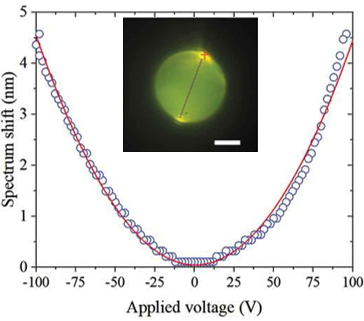
Figure 9: Prolate (left) and oblate (right) red blood cell shapes hosting topological defects
Giant Electrocaloric Response in Smectic Liquid Crystals with Direct Smectic-Isotropic Transition
Electrocaloric materials have become a viable technology for solid state heat management applications. We demonstrate both theoretically and experimentally that liquid crystals (LCs) can be exploited as efficient electrocaloric materials. Numerical and experimental investigations determine the conditions under which the strongest electrocaloric effect (ECE) responses are expected in LCs. The simulation results are in qualitative agreement with our high precision electrocaloric measurements conducted on 8CB and 12CB liquid crystals. In the latter, we obtained ∆TEC ~6.5 K, corresponding to the largest response measured so far in LCs (Scientific Reports, 2019 DOI:10.1038/s41598-019-38604-9).
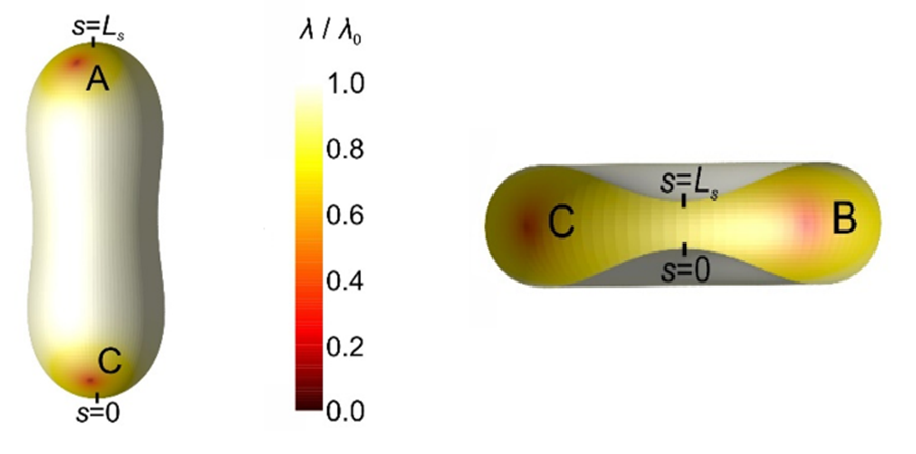
Figure 10: Schematic representations of an ECE based device
Photoluminescence in MoS2 microtubes
In collaboration with co-workers from Russia and France, we studied photoluminescence of individual MoS2 tubes (Ann. Phys. (Berlin) 2019, DOI: 10.1002/andp.201800415). The emission form recombination of direct excitons was found strong despite the relatively large thickness of the walls of the tubes containing several dozens of monolayers. The spectra with strong »whispering gallery« mode peaks were recorded at room temperature with the Q-factor as high as several hundred. These results imply to application of these MoS2 tubes as effective micro-resonators. These spectroscopy studies were included to the best 10 results in the report of the Ioffe Institute for the year 2019.
Figure 11: Temperature variation of micro photoluminescence spectra in MoS2 tube of 2 μm in diameter.
Quantum effects in MoS2 nanotubes
In collaboration with Regensburg University, we reported on the first transport spectroscopy data on a quantum dot defined in a semiconducting multiwall MoS2 nanotube. Low-temperature measurements performed at 300 mK are dominated by Coulomb blockade, with regular Coulomb oscillations and features of quantum confinement. In a perpendicular magnetic field, we observed clear indications of quantum state transitions (Phys. Status Solidi 2019, 10.1002/pssr.201900251).
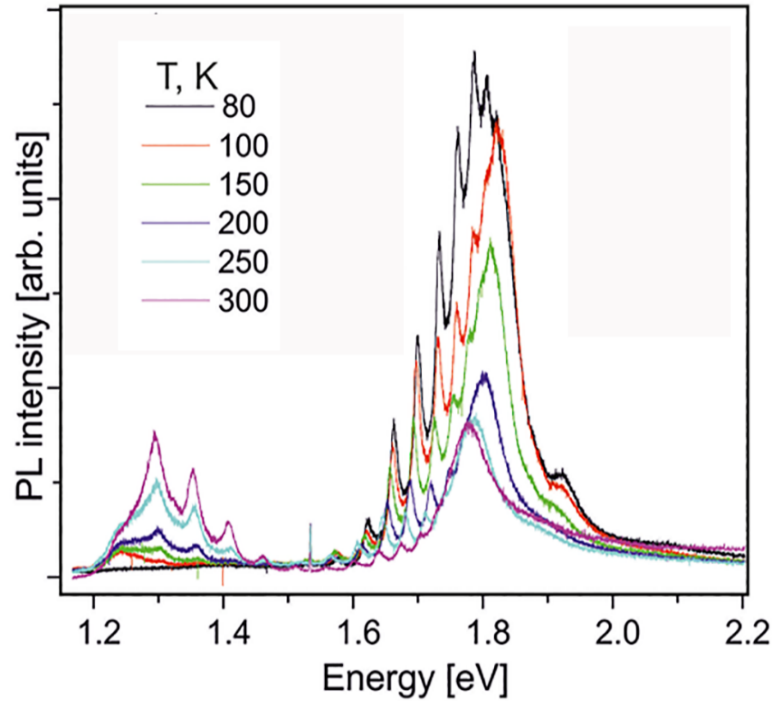
Figure 12: Discrete conductance resonances within the single-electron tunneling regions. corresponding to an excitation energy of 500 μeV
MoS2 nanotubes for automotive industry
V sodelovanju z Univerzo v Regensburgu smo objavili prve rezultate transportnih meritev na polprevodniški nanocevki MoS2 z več molekulskimi plastmi debelo steno, ki je predstavljala kvantno piko. Nizkotemperaturne meritve izvedene pri 300 mK so pokazale Coulombsko blokado s pravilnimi Coulombskimi oscilacijami in značilnosti kvantne omejenosti. V pravokotnem magnetnem polju smo opazili jasne značilnosti prehodov med kvantnimi stanji (Phys. Status Solidi 2019, DOI: 10.1002/pssr.201900251).
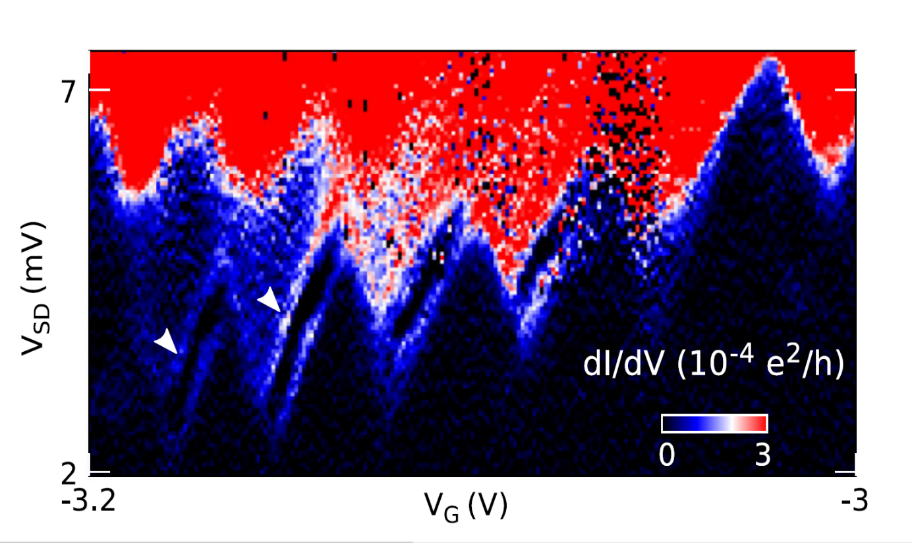
Slika 14: Diskretne resonance prevodnosti v območjih tuneliranja posameznih elektronov, ki ustrezajo energiji vzbujanja 500 μeV.
Nanotubes MoS2 for the automobile industry
In collaboration with researchers from Austria and Poland, we investigated the feasibility of using MoS2 nanotubes in form tapping of zinc-coated automotive parts. The MoS2 nanotubes are able to form a tribofilm on zinc coated steel surfaces that results in torque reduction and the lowest sub-surface hardening. Sulfurized olefin polysulfide extreme pressure additive, which is currently widely spread in forming oils has a very good synergy with MoS2 nanotubes in form tapping making them suitable candidates for being used in prospective formulations of the future nanofluid minimum quantity lubrication formulations (J. of Manufacturing Processes 2019, DOI: 10.1016/j.jmapro.2019.02.012).
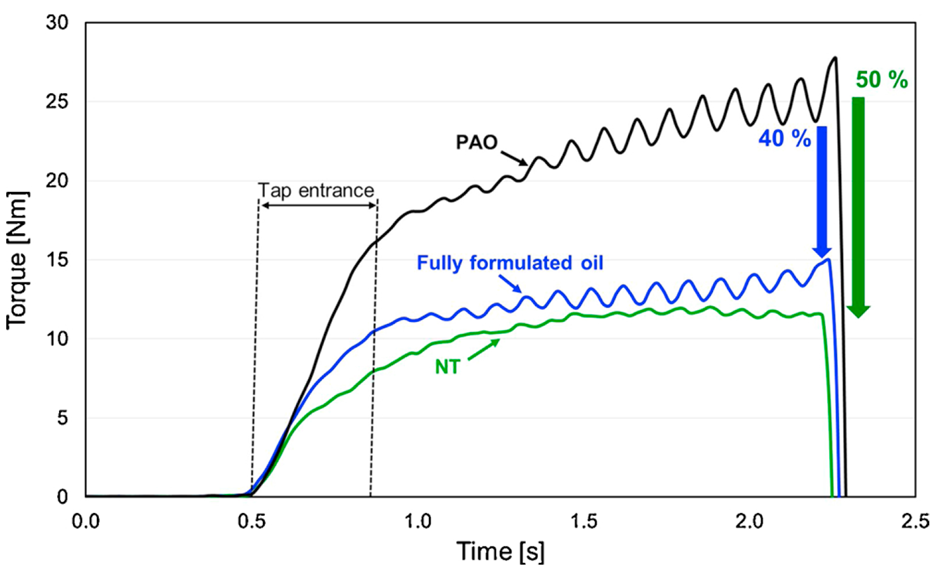
Figure 13: Torque as a function of time during tap entry for the threads formed using pure PAO oil, PAO with 5 wt.% MoS2 nanotubes (NT) and reference fully formulated oil.
Configurational ordering of polarons in superconducting layered crystal 1T-TaSeS
Many two-dimensional metal dichalcogenides including 1T-TaSeS exhibit different irregularly ordered and even amorphous self-assembled electronic structures which can be created and manipulated by short light pulses or by charge injection in addition to periodic charge density waves. In collaboration with the Complex materials department we explained this behaviour with a sparsely filled charged lattice gas model (New J. Phys 2019, DOI: 10.1088/1367-2630/ab3057). The computer simulations were supported by images of the surface of 1T-TaSeS taken using a Scanning Tunneling Microscope. Moreover, we used Scanning Tunneling Spectroscopy to show that the domain structure that spontaneously forms is not crucial for the existence of superconductivity in these samples.
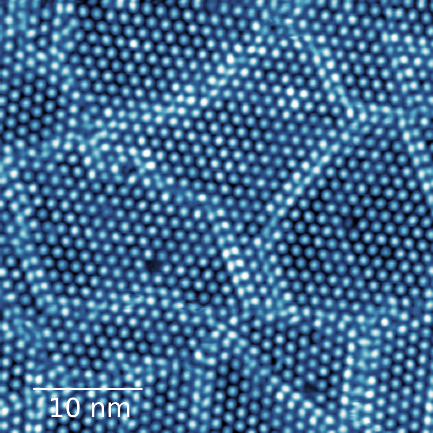
Figure 14: STM image of the surface of 1T-TaSeS exhibiting charge density wave domains separated by domain walls
Solitons and soliton trains of cold cesium atoms
Wedemonstrated a production of cesium solitons and soliton trains to study their formation, fragmentation and collisions. When non-interacting Bose-Einstein condensate is confined to a quasi one-dimensional channel it will spread due to dispersion as dictated by the Schrödinger equation. The spreading rate can be affected by changing the interaction between the atoms via the Feshbach resonance. If the interaction is set to just the right value, the attraction between atoms exactly compensates the dispersion and we get a bright matter-wave soliton (PRA 2019, DOI:10.1103/PhysRevA.99.033625).
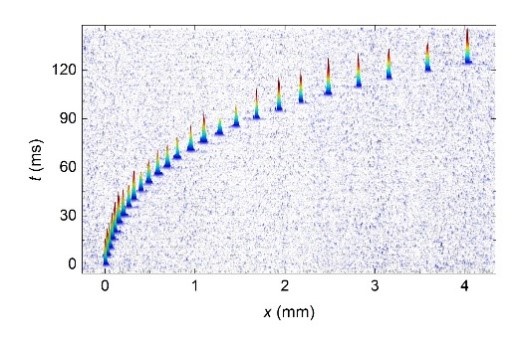
Figure 15: STM image of the surface of 1T-TaSeS exhibiting charge density wave domains separated by domain walls.
Tunable flat band in organic Kagome lattice
Kagome lattice is expected to be a perfect platform for hosting exotic emergent phenomena such as negative magnetism and unconventional superconductivity. In this work we show how the geometrical frustration of Kagome lattice leads to a zero probability for electrons to tunnel out of hexagons. When guest molecules are hosted in such a flat band, their states exhibit sharp features due to localization of electron waves. These characteristics and the chemical tunability of organic Kagome offer a fertile playground to study emergent order in a well-defined system (Physica Status Solidi 2019, DOI: 10.1002/pssb.201900346).
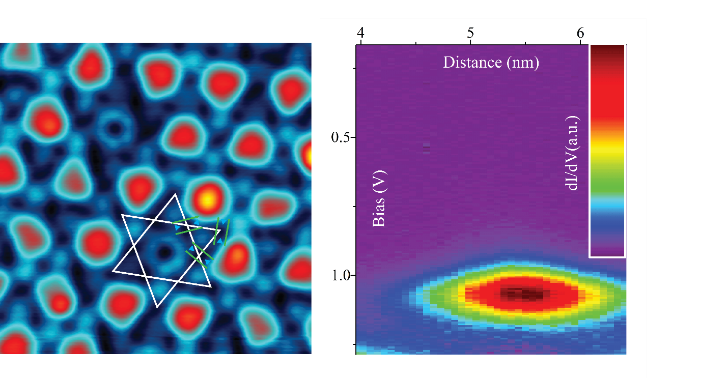
Figure 16: Molecular resolution STM image showing Kagome lattice of (BETS)2GaCl4. States of guest molecules are protected due to destructive interference on the frustrated lattice.
Diffusive Memristive Switching on the Nanoscale
We study the memristive action on the level of individual nanoparticle to find conditions for robust performance and unravel the underlying physical mechanism. Interestingly, we find that the application of alloy nanoparticles as reservoir for mobile silver species effectively limits the formation of stable metallic filaments and results in reproducible diffusive switching characteristics. Notably, similar behavior is encountered on macroscopic nanocomposite devices, which incorporate multiple stacks of nanoparticles and offer a high design versatility to tune switching properties and engineer scalable memristive devices with diffusive switching characteristics. No additional forming step is required for the memristive operation, which renders them very attractive for applications (Sci. Rep. 2019, DOI: 10.1038/s41598-019-53720-2)
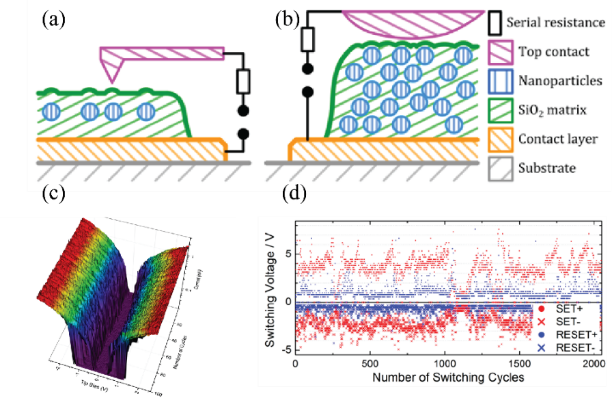
Figure 17: Measurements layout and the results of switching voltages as extracted from individual hysteresis loops for 2000 switching cycles in a SiO2/AgPt/SiO2 stack, measured by C-AFM on an individual AgPt nanoparticle.
Topological defects stabilized by fibres in nematic liquid crystal
We demonstrate stabilization of a large number of oppositely charged topological defects around helical colloids or grooved rods (Soft Matter, 14, (2018), 9819). In the case of straight fibers such defects are annihilated, but in this case the curved shape of helical colloids or the grooved surface of a straight rod create energy barriers between neighbouring defects and prevent their annihilation. We also demonstrate new type of topological loops on a homeotropic fibre aligned perpendicular to the nematic director in a planar nematic cell. These stable loops can carry either positive or negative charge, or can be charge neutral and are always accompanied by two topological solitons, which emanate from the loop and propagate to the left- and right-hand side of the fibre (Liquid Crystals, 45, (2018) 2294).
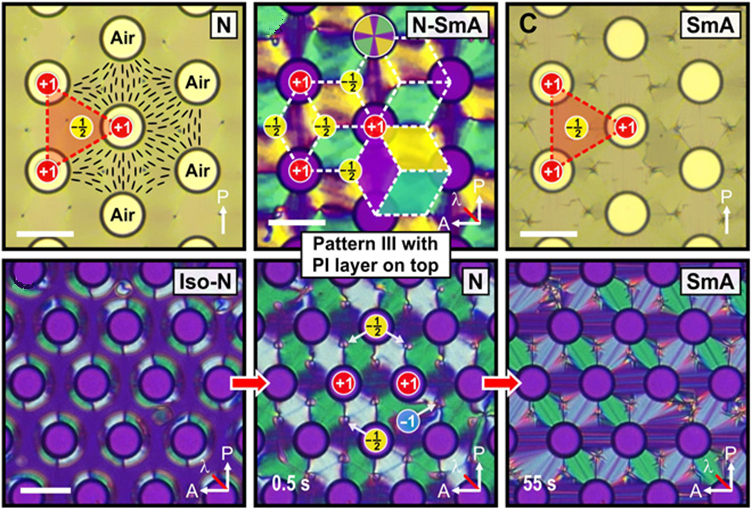
Figure 1: Topological soliton stabilized by fibre in nematic liquid crystal.
Observation of Skyrmions lattice in ultra-thin liquid crystal layer
We identify the hexagonal lattice of half-Skyrmions in a thin film of a chiral liquid crystal by optical observation using Kossel technique (Scientific Reports, 8, (2018) 17234). In presented case Kossel lines appear as hexagonally arranged circular arcs and can be regarded as the manifestation of the dispersion eigenmodes of the medium. Our study demostrates that the Kossel technique could be used to investigate the dispersion properties of thin systems that exhibit non-trivial band structures such as topologically protected exotic surface states in the optical regime.

Figure 2: Experimental and numerically calculated Kosselov diagram of light reflected from a thin layer of a chiral liquid crystal forming Skyrmion lattice.
Modeling thin layers of blue phases: stabilization of skyrmion lattices and near field optical microscopy
Solving Maxwell equations, we modeled optical images of skyrmion lattices in thin layers of cholesteric blue phases that can be obtained by near field optical microscopy. (Optics Express 26, (2018)1174). With Q-tensor based phenomenological modelling we demonstrate how in thin layers of cholesteric blue phases of the second kind one can with periodically patterned molecular anchoring on confining surfaces stabilize square and trigonal lattices of half-skyrmions (Liquid Crystals, 45, (2018) 2329–2340).

Figure 3: Periodically patterned molecular anchoring on confining surfaces stabilize square lattices of half-skyrmions and disclinations with winding number -1.
Topology of chiral nematic liquid crystals
Publishing house Springer published the doctorate of Gregor Posnjak as a book in the Springer Theses series (Topological formations in chiral nematic droplets) in which they publish exceptional doctoral theses. The book presents a newly developed fluorescent confocal polarized microscopy method which enables experimental determination of director structures in liquid crystals. This method is used to study complex structures of chiral nematic liquid crystals in droplets in detail. These structures range from highly symmetric layered structures and structures with line defects to newly observed point defects with topological charges -2 and -3 which enable the formation of complex topological molecules.

Figure 4: A layered structure in a chiral nematic droplet with cylindrical symmetry and a single point defect.
Localised opto-thermal response of nematic liquid crystal to laser light
We have studied non-equilibrium dynamics of isotropic to nematic phase transition by observing thermal response of a thin nematic liquid crystal layer to a strong laser pulse, which is partially absorbed by the Indium Tin Oxide electrodes of the measuring LC cell. During the ultra-fast cooling the temperature profile of the heated region and the time response of the nematic layer birefringence were measured. (Liquid Crystals, DOI: 10.1080/02678292.2018.1557270).

Figure 5: Ultra-fast cooling of the nematic liquid crystal.
Active nematic emulsions
Active nematic emualsion were demonstrated based on the encapsulation of an active liquid crystal, based on microtubules and kinesin molecular motors, into a thermotropic liquid crystal. These active nematic emulsions exhibit a variety of dynamic behaviors that arise from the cross-talk between topological defects separately residing in the active and passive components. Using numerical simulations, we show a feedback mechanism by which active flows continuously drive the passive defects. Such hybrid active-passive system provides new perspectives for dynamic self-assembly driven by an active material but regulated by the equilibrium properties of the passive component. The research was a combination of numerical modelling, performed at the Faculty of Mathematics and Physics at the University of Ljubljana and Department of Condensed Matter Physics at the Jozef Stefan Institute, and experiments, which were performed at University of Barcelona. (Science Advances 4, (2018) eaao1470)

Figure 6: Coupling of the active defects to the passive nematic liquid crystal.
Read-on-demand microstructures in nematic cells
Generation of read-on-demand images and identification codes in a liquid crystal (LC) device is demonstrated. Experimentally, these micrometer-sized polymer features are encoded directly into LC devices using direct laser writing, which locks-in the local molecular orientation at the moment of fabrication. By reading the devices with the same voltage amplitude that is used to write the polymer structures, features can be made to disappear as the director profile becomes homogeneous with the surrounding regions, effectively cloaking the structure for both polarized and unpolarized light The potential use of this work is in authenticity and identification applications. Experiments were performed at the University of Oxford, whereas theory and numerical modelling at the Faculty of Mathematics and Physics at the University of Ljubljana and Department of Condensed Matter Physics at the Jozef Stefan Institute (Advanced Optical Mater 6 (2018) 18005159). Work was also presented by Editors of Nature Photonics (Nat. Photon. 12, (2018) 504)

Figure 7: Direct laser writing of birefringent polymer objects that can be cloaked with birefringence.
Electro-caloric effect in nematics and its applications
Using Landau-type mesoscopic modelling we demonstrated that materials exhibiting continuous symmetry breaking phase transitions could be efficiently exploited for thermal stabilisation and thermal transport. In particular, we developed a pioneering model describing the electro caloric (EC) response in nematic liquid crystals. Using it we determined conditions enabling anomalously strong EC responses (Energy 162, (2018) 554-563).

Figure 8: Key stages of the cooling EC based cycle.
Nematic droplets in water solutions of different electrolites
We demonstrated experimentally and theoretically the strong impact of electrostatic properties on structural transitions in nematic liquid crystals (NLC) droplets dispersed in different aqueous environments. Among others we developed a phenomenological model of an electric double layer in presence of different ionic impurities. Results reveal that one could sensitively control the NLC structural transitions by tuning electrostatic properties (Soft Matter 14, (2018) 9619-9630)

Figure 9: Schematic figure on an electric double layer near a negatively charged surface.
Nanosafety
We measured the release of nanoparticles during burning of incenses, which are still in use as air fresheners, for insect repelling or for meditative purposes, although it is known that they significantly deteriorate quality of indoor air (Air Quality, Atmosphere & Health 11, (2018) 649-663). In the case of two types of incenses, we found that the burning of a single incense causes a 30-fold increase in the number of nanoparticles in a room of 30 m3 volume. The chemical analysis of the released nanoparticles showed the presence of CaCo3, SiO2, and traces of Mg, K, Al, Fe and Cl. At the end of the burning period, the nanoparticles are 60 to 100 nm in size, which ranges them to a size group with a high health risk. The concentration exceeds 200.000 nanoparticles/cm3. Their concentration only slowly decreases with time on the account of agglomeration to larger particles. In order to reduce the exposure to nanoparticles, we recommended shortening the burning time and ventilation of the room.

Figure 10: Number concentration of nanoparticles, which release during burning of a single incense.
MoS2 micro- and nanotubes
In collaboration with coworkers from Russia, USA and France, we studied optical properties of MoS2 micro- and nanotubes prepared by chemical transport reaction, which enables growth of nanotubes with very small concentration of structural defects. Strong peaks in micro-photoluminescence (µ-PL) spectra were revealed, when detecting the light polarized along the nanotube axis. (Appl.Phys. Lett. 113, (2018) 101106). A model describing the optical properties of the nanotubes acting as optical resonators was developed, which supports the quantization of whispering gallery modes inside the nanotube wall. Our findings open a way to use such nanotubes as polarization-sensitive components of nanophotonic devices.
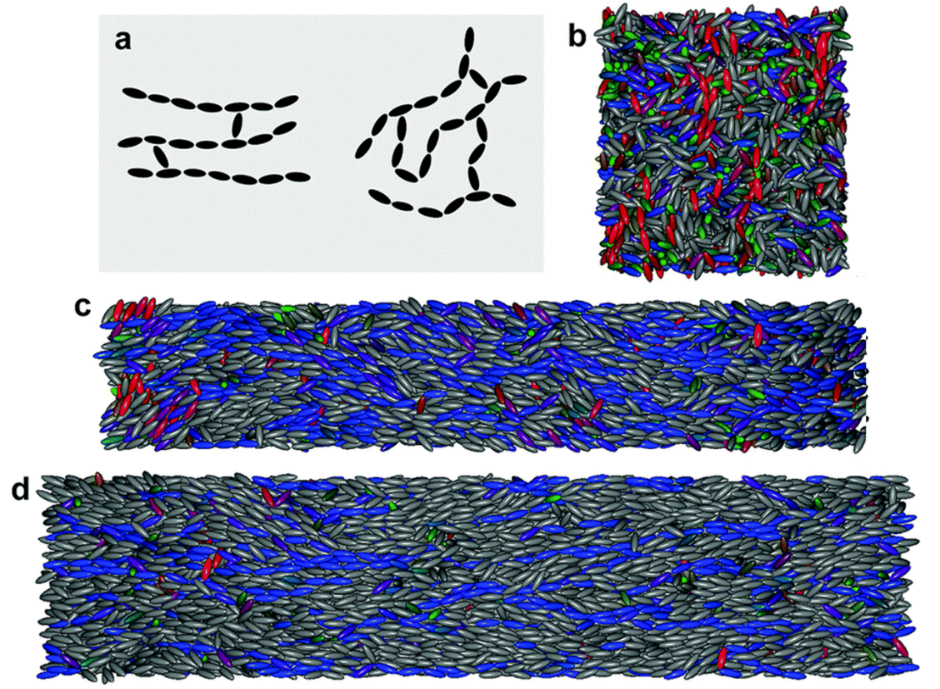
Figure 12: Ordered structures of 2-mercaptobenzimidazol molecules on copper surface.
Self-assembly of organic corrosion inhibitors on metal surfaces
The basic and the charge density wave (CDW) structures of the monoclinic NbS3-II polymorph were studied by synchrotron x-ray diffraction, ab initio calculations, simulation of electron diffraction patterns, and by atomic-resolution transmission electron and low-temperature scanning tunneling microscopies. By solving the structure we were able to propose a mechanism for CDW sliding which is observed in this and some related materials (Physical Review B 98, (2018) 174113)

Figure 13: Charge density wave and atomic structure of NbS3-II polymorph.
Atom laser and Bose fireworks
Two interesting phenomena in Bose-Einstein condensates have been observed. Firstly, if the dipole trap potential is slowly opened on the bottom, a coherent downwards flow of atoms appears – a continuous atom laser. Secondly, by periodically modulating the interatomic interaction the condensate inside a quasi one-dimensional confinement emits jets of atoms. The simple one-dimensional geometry offers a new, simpler environment to study these so-called Bose fireworks that have previously only been observed in a two-dimensional geometry.
Figure 14: (Left) Atom laser from Bose-Einstein condensate of cesium atoms. (Right) Bose fireworks in quasi one-dimensional geometry.
Smeared d-wave anisotropy in a monolayer organic superconductor

Smeared anisotropy of low laying quasiparticles in a single layer d-wave organic superconductor is observed when antinodal states are inextricably mixed. The weak momentum dependence is only manifested for low laying states while higher energy states preserve their momentum anisotropy (Advanced Electronic Materials, DOI: 10.1002/aelm.201800247)

Slika 14: Urejene strukture 2-merkaptobenzimidazola na površini bakra.
Struktura kvazi eno-dimenzionalnega materiala z valovi gostote naboja
Atomska in struktura valov gostote naboja polimorfa monoklinskega NbS3-II sta bili preučevani s sinhrotronsko difrakcijo x-žarkov, ab initio izračuni, simulacijo uklona elektronov ter z atomsko ločljivo transmisijsko elektronsko mikroskopijo in nizkotemperaturno vrstično tunelsko mikroskopijo. Dobljeni strukturi sta nam omogočili, da smo lahko predlagali mehanizem za drsenje valov gostote naboja v tem in nekaterih sorodnih materialih (Physical Review B 2018, DOI: 10.1103/PhysRevB.98.174113).

Slika 15: Atomska in struktura valov gostote naboja polimorfa NbS3-II.
Atomski laser in Bosejev ognjemet
Pokazali smo, da lahko s pomočjo Bose-Einsteinovega kondenzata cezijevih atomov opazimo dva zanimiva pojava. V prvem primeru dipolno past, v katero je ujet kondenzat, na kontroliran način na dnu odpremo ter tako dobimo atomski laser, iz katerega izhaja koherenten curek cezijevih atomov. Če pa kondenzat z ozkim žarkom ujamemo v kvazi enodimenzionalen kanal in obenem periodično moduliramo interakcijo med cezijevimi atomi, iz kondenzata izletijo izstrelki koherentnih atomov. Tako imenovani Bosejev ognjemet je bil do zdaj opažen le v dvodimenzionalni geometriji, mi pa ga lahko ustvarimo in raziskujemo v enostavnejši geometriji.

Slika 16: (Levo) Atomski laser iz Bose-Einsteinovega kondenzata cezijevih atomov. (Desno) Bosejev ognjemet v kvazi enodimenzionalni geometriji.
Zabrisana anizotropija v enoplastnem organskem superprevodniku
Opazili smo zabrisano anizotropijo nizkoenergijskih kvazidelcev v enoplastnem organskem superprevodniku simetrije d, ki je posledica neločljivega mešanja antivozelnih stanj. Šibka odvisnost od gibalne količine je prisotna samo za nizkoenergijska stanja, medtem, ko visokoenergijska stanja ohranijo anizotropijo gibalne količine. (Advanced Electronic Materials 2018, DOI: 10.1002/aelm.201800247).
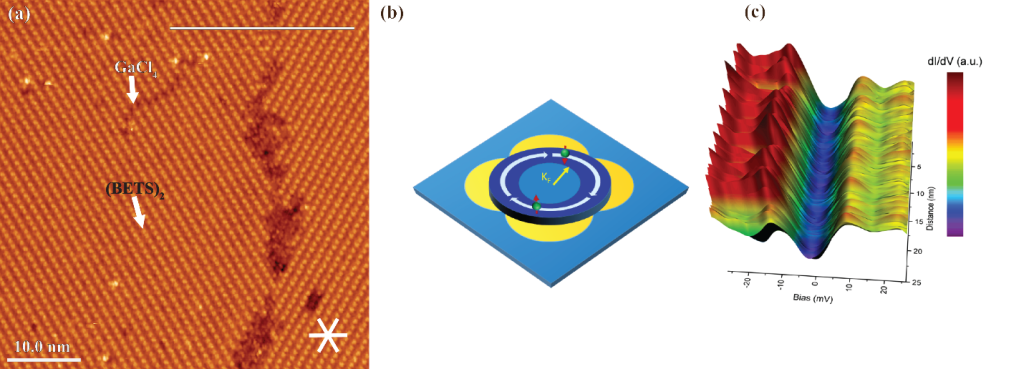
Slika 17: (a) Topografska STM slika različno orientiranih otokov organskega superprevodnika. (b) Shematska predstavitev zapletene simetrije reže v superprevodniku. (c ) Tunelskea spektroskopija, narejena skozi presek enoplastnega otoka superprevodnika , kaže anizotropne nizkoenergijske kvazidelce.
* Z zvezdico označene študije so prispevali raziskovalci, ki so člani samo FMF dela programa.
Skyrmions in a thin layer of a highly chiral nematic
Using a high-precision optical microscope we have shown that swirl-like structures known as half-Skyrmions are spontaneously formed in thin chiral liquid crystalline films that in bulk form blue phases. The related paper “Spontaneous formation and dynamics of half-skyrmions in a chiral liquid-crystal film” was published in Nature Physics (2017, DOI: 10.1038/nphys4245). At a certain temperature they assemble into a two-dimensional hexagonal lattice that exhibits strong fluctuations. With numerical modelling of the structures and optical images, we confirmed a spontaneous formation of the skyrmion lattice in thin layers of blue phase II, predicted several years ago (Nature Communications 2011, DOI: 10.1038/ncomms1250), but until now observed only in chiral magnets and Bose-Einstein condensates. We also showed that the swirl-like single skyrmion structure in the cholesteric environment is always accompanied by two singular defects to neutralize the skyrmion topological charge. The study gives direct insights into the nature of topological condensed matter, which is one of the hot topics of soft matter right now.
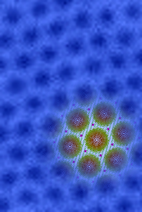
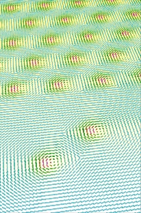
Figure 1: Optical image of the half-skyrmion lattice and simulation of the director field of the half-skyrmion lattice and individual defects.
Topology of droplets with chiral nematic liquid crystal
We used the extended fluorescent confocal polarizing microscopy (FCPM) method, which was developed at the JSI, to characterise temperature quench-induced metastable director structures in chiral nematic droplets with homeotropic anchoring. In this way metastable states with multiple unit charge topological defects with a total topological charge of +1 are accessible. These defects are stabilized by chiral structures called cholesteric bubbles, which are related to skyrmions in chiral magnets. Some of the metastable structures include the newly discovered topological defects with a higher than unity topological charge. These defects form complex topological structures akin to molecules, and are interesting as building blocks for self-assembly with different symmetries. The paper “Hidden topological constellations and polyvalent charges in chiral nematic droplets” was published in Nature Communications (2017, DOI: 10.1038/ncomms14594).
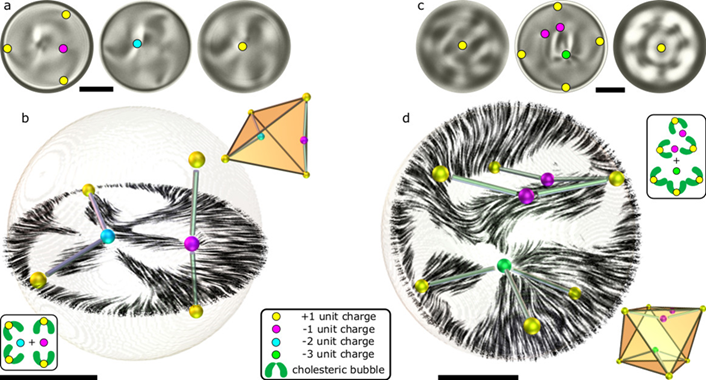
Figure 2: Point defects with higher topological charge in chiral nematic droplets
Fractal nematic colloids
The generation of fractal topological states in nematic fluids was demonstrated. See the paper “Fractal nematic colloids” in Nature Communications (2017, DOI: 10.1038/ncomms14026). For fractal colloidal particles in nematic liquid crystals numerical modelling based on mesoscopic phenomenological free-energy minimization with finite elements was used. On the experimental side two-photon laser polymerization was used to produce colloidal particles in the shape of fractal Koch snowflakes, which were then observed with optical microscopy techniques. The research was a combinations of numerical modelling and performed at the Faculty of Mathematics and Physics at the University of Ljubljana, with support from the group at Sharif University of Technology, and experiments, which were performed at the Department of Condensed Matter Physics at the Jožef Stefan Institute.
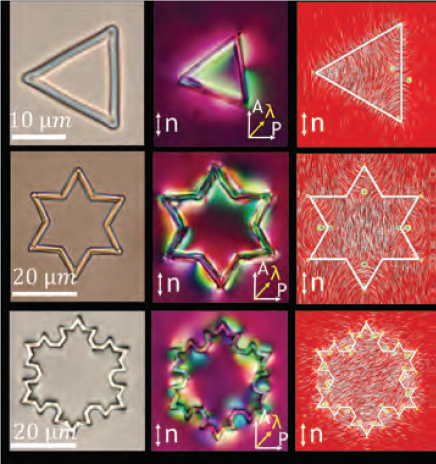
Figure 3: Nematic topological states stabilized by fractal Koch-star colloidal particles.
Topological defects in thin nematic films
We studied experimentally and theoretically the structures of strongly charged topological defects in nematic liquid crystals confined to thin films. We determined the conditions for which defects decay into their elementary units. The defects were enforced experimentally using an AFM inscribed nematic patterns into confining plates. In theoretical modelling we used Landau-de Gennes mesoscopic modelling. The obtained results are interesting from the fundamental perspective. Namely, topological defects might represent “particles” of nature if fields are viewed as elementary entities of nature. Results were presented in papers “Decomposition vs. escape of topological defects in a nematic liquid crystal” published in Soft Matter (2017, DOI: 10.1039/C7SM01954H) and “Decomposition of strongly charged topological defects” published in Physical Review E (2017, DOI: 10.1103/PhysRevE.95.042702).

Figure 4: An enforced topological defect of charge 6 decays into 12 elementary defects, which are assembled at the confining boundary. This phenomenon is analogous to a Faraday cavity effect in electrostatics.
Nematic microfluidics: Cross-talk between topological defects in orientational and velocity fields
Mutual interaction between the topological defects in the velocity field and the topological defects in the nematic orientational field in the microfluid junctions was demonstrated using a combination of experiments, numerical simulations and analytical model. The related paper “Cross-talk between topological defects in different fields revealed by nematic microfluidics” was published in PNAS (2017, DOI: 10.1073/pnas.1702777114). This result is one of the first contributions in the direction of understanding multi-field topology. The work was presented also at the 14th European Liquid Crystals Conference in Moscow, where Ziga Kos was awarded the best poster prize. The work is a result of a collaboration between IJS, FMF UL, Leiden University (Netherlands) and ETH (Switzerland). In details we also studied defects in a junction of three orthogonal cylindrical pores for different flow regimes in the paper “Nematodynamics and structures in junctions of cylindrical micropores” published in Liquid Crystals (2017, DOI: 10.1080/02678292.2017.1355990).
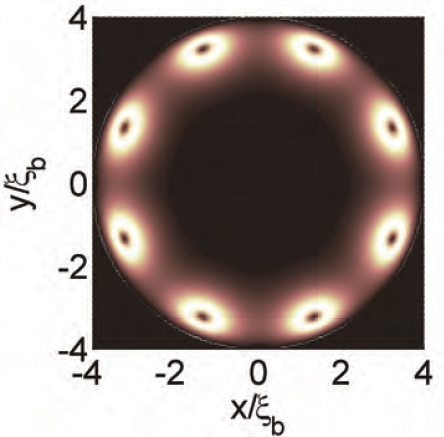
Figure 5: Emergence of nematic topological defects and hydrodynamic singularities at a microfluidic junction.
Improved method of simulating the polarized images
We developed a simple method of simulating polarized micrographs of director fields in optically anisotropic materials. Jones matrix formulation allows the variation of different param- eters, such as the focusing depth and numerical aperture of the microscope objective. We tested the method by comparing experimental polarized micrographs of chiral nematic droplets with simulated images, calculated from director fields that were reconstructed from FCPM experimental data and described in the paper “Ray optics simulations of polarised microscopy textures in chiral nematic droplets” published in Liquid Crystals (2017, DOI:10.1080/02678292.2016.1230788). We also used FCPM to characterize the localized chiral structures that are formed in homeotropic films of chiral nematic under the influence of an alternating electric field. The localized chiral structures behave as quasiparticles and form hexagonal arrays, and because of their bistability they can be used as switchable difractive optical devices. The related paper “Topology-commanded optical properties of bi-stable electric-field-induced torons in cholesteric bubble domains” was published in Scientific Reports (2017, DOI: 10.1038/s41598-017-16241-4).
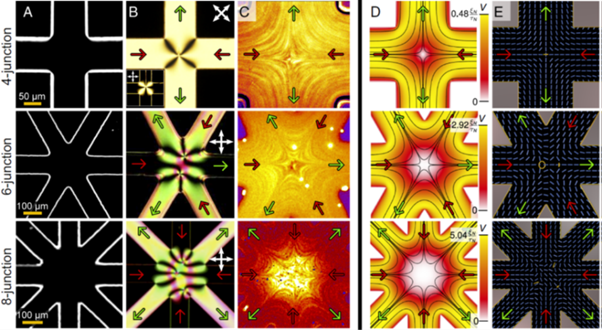
Figure 6: FCPM method allows the reconstruction of director fields from experimental data. The images show localized chiral structures in thin homeotropic layers.
Optothermally driven colloidal transport in a confined nematic liquid crystal
We demonstrate the transport of microparticles by the rapid movement of a laser spot in a thin layer of a nematic liquid crystal. The transport is achieved by fluid flow, caused by two different mechanisms. The thermo-viscous expansion effect induces colloidal transport in the direction opposite to the laser movement, whereas thermally induced local melting of the liquid crystal pulls the particles in the direction of the laser movement. We demonstrate control of the colloidal transport by changing the speed of the laser trap movement and the laser power. The paper “Optothermally driven colloidal transport in a confined nematic liquid crystal” was published in Soft Matter (2017, DOI: 10.1039/C7SM00136C).
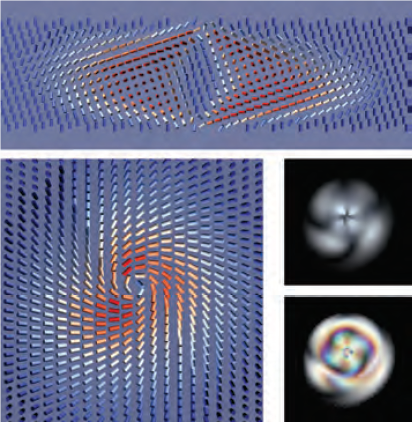
Figure 7: Circulation of the laser spot induces hydrodynamic flow in liquid crystal.
Magnetic-field tuning of whispering-gallery-mode lasing from ferromagnetic nematic liquid-crystal microdroplets
We show that microdroplets made of fluorescently dyed ferromagnetic nematic liquid crystals can act as whispering-gallery-mode lasers that can be tuned by an external magnetic field. It causes elastic distortions in the otherwise radial droplet director field. The laser wavelengths can be shifted towards red or blue, depending on the experimental geometry, the shift amounts to approximately 1 nm per 100 Mt. The paper “Magnetic-field tuning of whispering gallery mode lasing from ferromagnetic nematic liquid crystal microdroplets” was published Optics Express (2017, DOI: 10.1364/OE.25.001073).
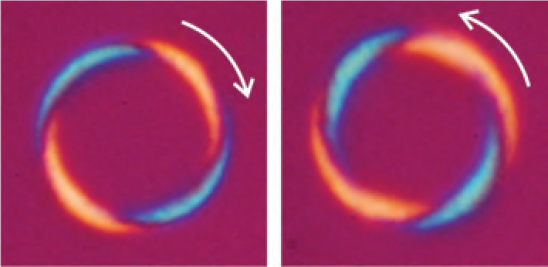
Figure 7: Circulation of the laser spot induces hydrodynamic flow in liquid crystal.
Magnetic-field tuning of whispering-gallery-mode lasing from ferromagnetic nematic liquid-crystal microdroplets
We show that microdroplets made of fluorescently dyed ferromagnetic nematic liquid crystals can act as whispering-gallery-mode lasers that can be tuned by an external magnetic field. It causes elastic distortions in the otherwise radial droplet director field. The laser wavelengths can be shifted towards red or blue, depending on the experimental geometry, the shift amounts to approximately 1 nm per 100 Mt. The paper “Magnetic-field tuning of whispering gallery mode lasing from ferromagnetic nematic liquid crystal microdroplets” was published Optics Express (2017, DOI: 10.1364/OE.25.001073).
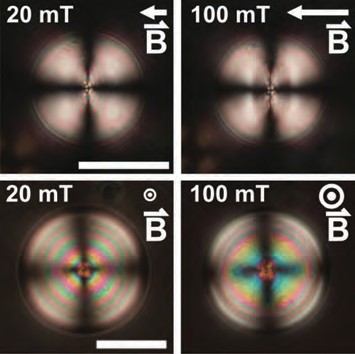
Figure 8: Elastic distortions in a ferromagnetic nematic droplet due to magnetic field
Bio-lasers
We have implanted photonic devices such as lasers and optical waveguides into biological systems. The integration of optical devices with biological systems enables a more accurate study of biological processes, diagnostics and targeted medical treatments. We have implanted the lasers into various tissues, including skin, eye and blood (M. Humar et al., Optica (2017, DOI: 10.1364/OPTICA.4.000222). Lasers were also made of materials that are already approved for medical use, which will expedite their use for medical purposes. We have employed lasers inside cells for cell tagging (M. Humar et al., Lab Chip (2017, DOI: 10.1039/C7LC00220C). Each laser within a cell emits light with a slightly different fingerprint that can be easily detected and used as a bar code to tag the cell. With careful laser design, up to a trillion cells (1,000,000,000,000) could be uniquely tagged, enabling unique tagging of every single cell in the human body. Tagging will facilitate the study of cell migration, including cancer metastasis.
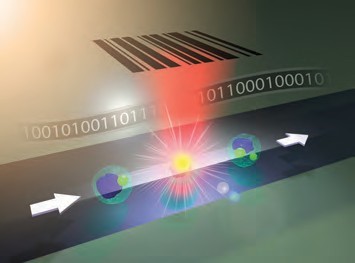
Figure 9: Cells containing small lasers inside a microfluidic channel. The lasers are used as barcodes to tag the cells
Molecular motors
We investigated the breaking of mirror symmetry in the embryonic development of the model organism zebrafish. For some time it has been known that the transfer of molecular chirality to the macroscale is mediated by cilia, whose beating induces a circular fluid flow. However, the question of how the cells detect this flow has remained unanswered. In collaboration with experimental groups from Strasbourg and Paris we precisely mapped the cilia in a number of embryos and used the data to test the possible hypotheses. We showed that the flows are too weak and too inhomogeneous for mechanical detection. On the other hand, the flow-mediated transport of signalling particles allows robust side determination, consistent with the reliability found in nature. Paper “Physical limits of flow sensing in the left-right organizer” was published in eLife (2017, DOI: 10.1039/C7LC00220C).
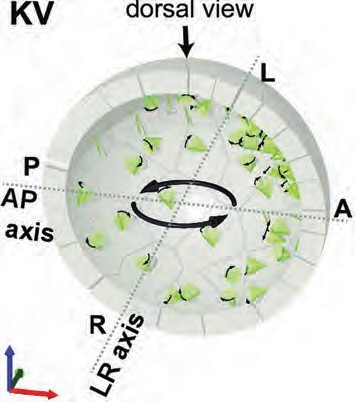
Tungsten oxide nanowires as electron field emitters
Nanožičke volframovih oksidov kot viri elektronov
We investigated the field-emission characteristics of randomly oriented W5O14 nanowires (U. Gallo, C. Ciceroni, A. D. Carlo, F. Brunetti, J. Jelenc, M. Saqib, A, Varlec, M. Remškar. Synthesis and field emission characteristics of W5O14 nanowires film. Microelectronic Engineering (2017, DOI: 10.1016/j.mee.2016.12.026). The work function of single W5O14 nanowires was determined by Kelvin micros- copy in UHV and ranges from 4.23 to 4.36 eV. Due to the relatively low electrical resistance and specific surface structure, these single-crystal nanowires enabled a good current density at a low electric field. The low turn on electric field can be justified from the combined effect of the high enhancement factor and the nanowires work function that is lower than the typical values of the carbon nanotubes. The long-term stability test showed that the nanowires can continuously emit electrons for more than 100 h, showing characteristics comparable with carbon nanotubes.
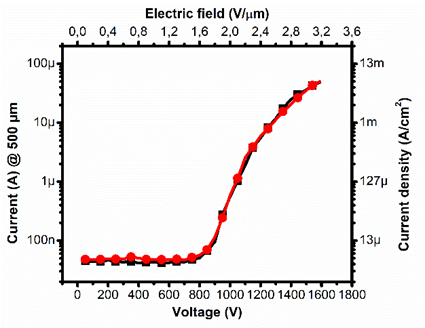
Figure 11: Emission current of nanowire and corresponding current density as a function of electric field.
Low-friction nanomaterials
We used transition-metal dichalcogenide nanoparticles to improve the tribological properties of lubricants. The results shown synergetic interactions between the MoS2 nanotubes with anti-wear and detergents additives, a slight synergy with extreme-pressure additives and antagonistic interactions with dispersants. The paper “Interactions between MoS2 nanotubes and conventional additives in model oils” was published in Tribology International (2017, DOI: 10.1016/j.triboint.2017.01.036). Under extreme pressure conditions all the selected additives provide synergistic effects with MoS2 nanotubes. Under reciprocating sliding, the MoS2 nanotubes show superb anti-wear properties in combination with any of the selected additives.
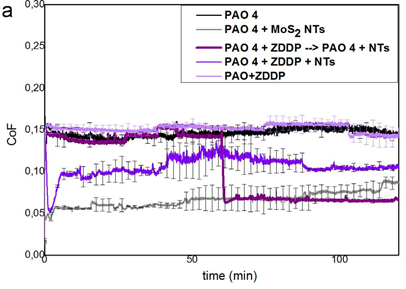
Figure 12: Adding nanoparticles decreases the friction coefficients of lubricants.
Nano safety
We have reported on the results of the uptake of platinum nanoparticles by two plants: arugula and escarole. The paper “Foliar surface free energy affects platinum nanoparticle adhesion, uptake, and translocation from leaves to roots in arugula and escarole” was published in Environmental Science: Nano (2017, DOI: 10.1039/C7EN00887B). Our results showed that arugula and escarole internalized and translocated the Pt NPs from leaves to roots and from roots to leaves. The leaves of both plants accumulated higher concentrations of Pt due to the lack of a physical barrier between the leaves and NPs deposited on the leaves in a form of a dispersion. These findings suggest the need to include air quality as a factor in discussions of food safety and urban gardening.
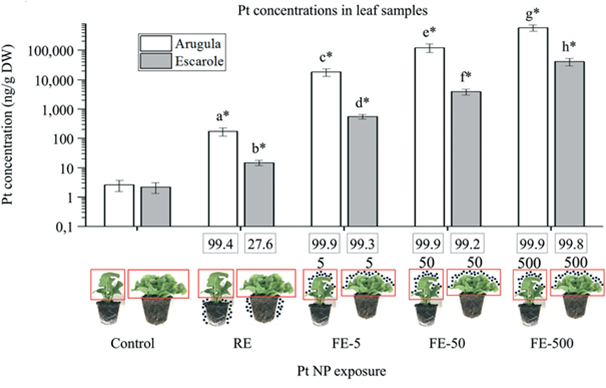
Figure 13: Platinum concentrations of arugula and escarole leaves after Pt NP foliar exposure (FE) or root exposure (RE)
Growth and characterization of thin layers of transitional metal oxides
In collaboration with the PLD group of the Advanced Materials Department we grew ordered 4-to-100-nm thin films of SrRuO3 on STO. Strontium ruthenates display a variety of electronic properties due to the interplay between electronic correlations and structure related degrees of freedom. Growing thin layers on various substrates allows us to fine-tune the strain in these layers and thus control the properties. We characterized the samples using Scanning Tunnelling Microscopy and Spectroscopy at temperatures as low as 1K. The surfaces appear partially ordered and the electronic properties of the films resemble those of bulk samples
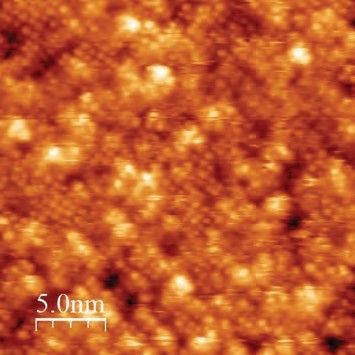
Figure 14: STM image of partially ordered surface of 10-unit-cell thick film of SrRuO3
Quasicrystals
We have shown that icosahedral quasicrystal structures can also be properly described by cyclic twinning at the unit-cell level. The paper “The equivalence between unit-cell twinning and tiling in icosahedral quasicrystals” was published in Scientific Reports (2017, DOI: 10.1038/s41598-017-12669-w). Simulated diffraction patterns of the multiply twinned rhombohedra are in full accord with the experimental diffraction patterns and can be indexed by means of classical three-dimensional crystallography. Our alternative approach is fully compatible with the rather complicated descriptions in hyper-space.
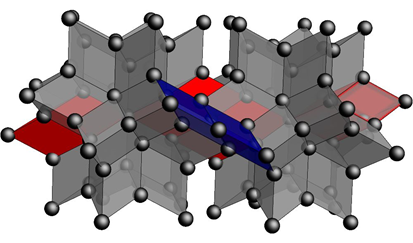
Figure 15: Stacking of two rhombic hexecontahedra, each composed of 20 twinned prolate rhombohedra, and 2 oblate rhombohedra.
Ultra-cold atoms
We can simultaneously create two separate Bose-Einstein condensates of caesium atoms. By confining them to a narrow, quasi one-dimensional channel and fine-tuning the interaction between the atoms, they can be turned into solitons, i.e., stationary states that maintain their shape during propagation. With a sudden change of interaction between the atoms in an elon- gated Bose-Einstein condensate, multiple solitons can be created at once, forming a so-called soliton train. We set the solitons in motion and observed their propagation and interactions with neighbouring solitons.
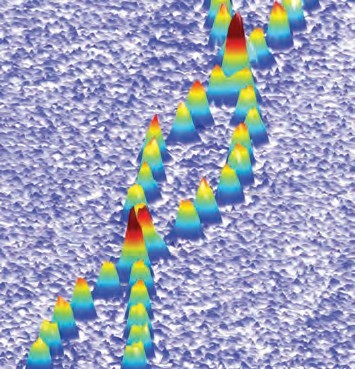
Figure 16: Colliding matter-wave solitons made of two independent Bose-Einstein condensates of cesium atoms.
*Studies marked with an asterisk were contributed by researchers who are members of the FMF part of the program only.
Topology of liquid crystals: Singular points, skyrmions and torons
Chiral nematic liquid crystals exhibit rich topological phenomena, which were predicted and partially observed in chiral nematic droplets and thin liquid-crystal layers on patterned surfaces. It has been predicted that knots and links are stable in chiral nematic droplets, but this was difficult to observe because of the lack of appropriate experimental methods. We have developed a new method for the reconstruction of the director field, which is based on Fluorescent Confocal Polarization Microscopy (FCPM) imaging in low birefringent liquid crystals with added fluorescent dyes. A new approach was taken in reconstructing the director field in chiral nematic droplets based on a simulated annealing algorithm. This combined method proved to be very efficient in reconstructing experimental 3D FCMP images. We observed that in chiral nematic droplets, topological singularities always appear in a form of point defects or simple rings, which are never knotted or linked. The complexity of the topological structures in chiral nematic droplets depends on the ratio of the helical pitch of the liquid crystal and the diameter of the droplet. In the case of low chirality, the number of point defects is small and they tend to be expelled to the surface of the droplet. The number of defects is always odd, which is due to the conservation of the total topological charge. We successfully reconstructed droplet structure with three point defects, which showed a cross-section of the Bloch skyrmion, which is similar to skyrmion structures in chiral magnets. When the number of point defects is increased to five for higher chirality, we observed another topological structure, which is akin to the toron structure observed in thin chiral nematic layers. Both skyrmion and toron structures are smoothly embedded in spherical confinement. The paper “Points, skyrmions and torons in chiral nematic droplets” that presents the first exact reconstruction of the topology of 3D director in chiral nematic droplets was published in Scientific Reports (2016, DOI: 10.1038/srep26361).
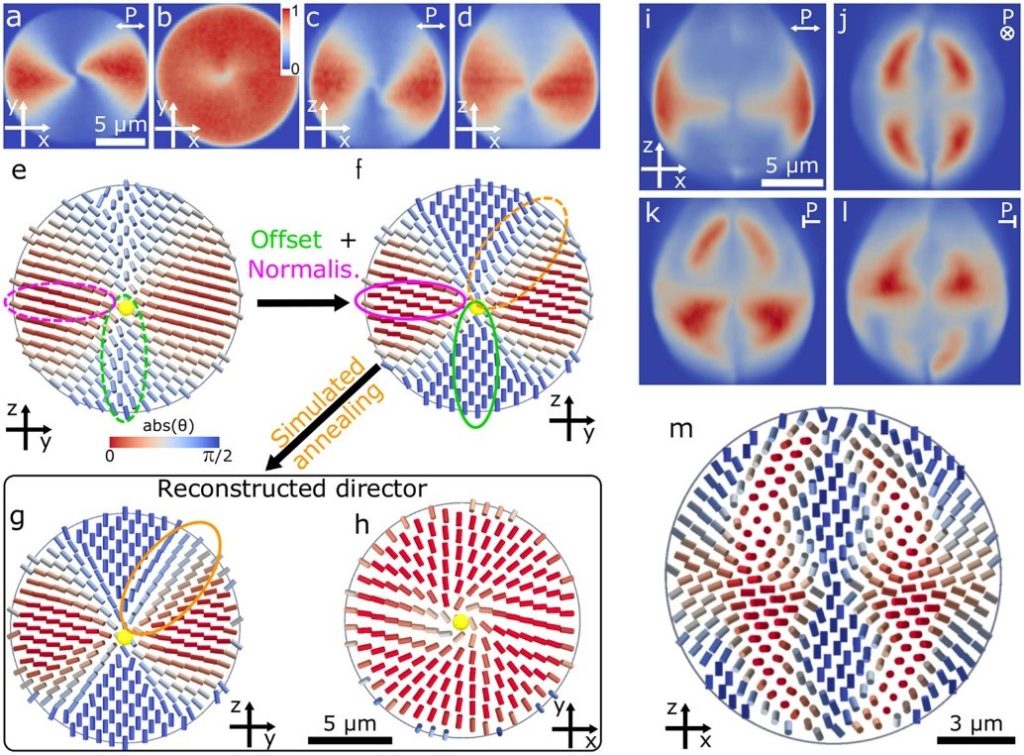
Figure 1: (a-d, i-l) Examples of fluorescent images taken at different polarisations of the fluorescent excitation beam. The panels (e-m) show the reconstructed director structure in a chiral nematic droplet
Skyrmion structures were also observed in thin nematic LC films on chemically patterned patchy surfaces. When the sample was quenched from the fully aligned state using a strong external electric field, the director on the patterned patches spontaneously relaxed into a vortex-like structure, centered on the patch, as shown in the crossed-polarized image in Figure 17. The paper “Electric field generation of Skyrmion-like structures in a nematic liquid crystal” was published in Soft Matter (2016, DOI: 10.1039/C5SM01726B).
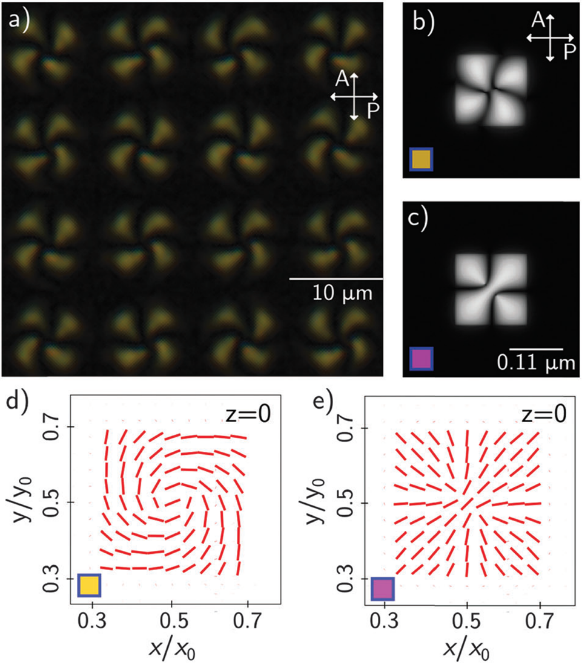
Figure 2: Skyrmions are vortex-like structures, which are clearly observed between crossed polarizers. (a) Experimental optical microscopy image viewed in white light transmission between crossed polarizers after the application of a potential of 30 V. (b and c) Are simulated optical microscopy images for two defect states with the lowest free energy; (d and e) are the corresponding director fields at the patterned surface (z = 0).
Sensing surface morphology of biofibers by decorating spider silk and cellulosic fila- ments with nematic microdroplets
Liquid-crystal droplets deposited on microthin biofibers – including spider silk and cellulosic fibers – were shown to reveal characteristics of the fiber’s surface, performing as simple but sensitive surface sensors. By combining experiments and numerical modelling, different types of fibers are identified through the fibre-to-nematic droplet interactions, including perpendicular and axial or helicoidal planar molecular alignment. The nematic droplets as sensors also directly reveal the chirality of the cellulosic fibers. Different fiber entanglements can be identified by depositing droplets exactly at the fiber’s crossings. More generally, the presented method can be used as a simple but powerful approach for probing the surface properties of small-size bio-objects, opening a route to their precise characterization. This work is a collaboration between the soft matter group in Ljubljana (modelling) and Lisbon (experiments) and was published in »Sensing surface morphology of biofibers by decorating spider silk and cellulosic filaments with nematic microdroplets« in PNAS (2016, DOI: 10.1073/pnas.1518739113).
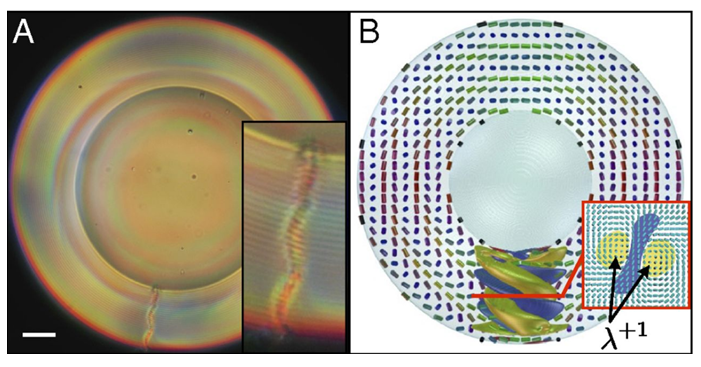
Figure 3: Droplets of a complex nematic fluid were shown to perform as robust sensors for detecting the surface morphology of bio-fibers, such as spider silk and cellulose (PNAS 2016, DOI: 10.1073/pnas.1518739113).
Porozna nematska mikrofluidika za ustvarjanje defektnih mrež kot fotonskih kristalov
Porous nematic microfluidics for the generation of defect lattices as photonic crystals Porous nematic microfluidics was demonstrated as a novel route for controlling the micro- structure of the nematic order. Specifically, we showed the emergence of regular networks of topological defects, ranging in symmetry from triangular, square, to even kagome. This approach shows interesting possibilities as flow-tunable photonic crystal. The paper “Porous nematic microfluidics for generation of umbilic defects and umbilic defect lattices” was published in Phys. Rev. Fluids (2016, DOI: 10.1103/PhysRevFluids.1.023303).
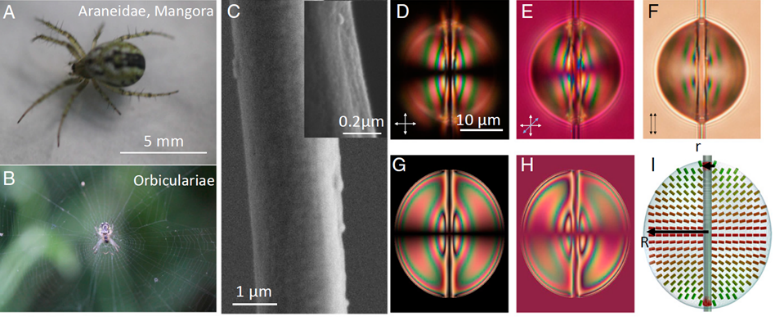
Figure 4: Porous nematic microchannels as generators of umbilic defect lattices (Phys. Rev. Fluids 2016, DOI: 10.1103/PhysRevFluids.1.023303).
Annihilation dynamics of topological monopoles on a fiber in a nematic liquid crystal
We studied the dynamics of topological defects on a glass fiber immersed in a nematic liquid crystal. We have used the laser tweezers to create isolated pairs of topological monopoles with the opposite topogical charge and we have observed their annihilation process. When the fiber was set perpendicular to the nematic director, the monopoles were point defects in a form of radial and hyperbolic hedgehog and they attracted at small separations with an elastic force, which is proportional to the inverse square of the separation, following the Coulomb law for electric monopoles. The paper »Annihilation dynamics of topological monopoles on a fiber in nematic liquid crystals« was published in Phys. Rev. E (2016, DOI: 10.1103/PhysRevE.93.062703). In the case of a parallel fiber to nematic director the monopoles are in the form of Saturn ring and Saturn anti-ring. Here in thick cells we again observe a Coulomb-like attraction, while in thin cells there is an additional string-like force attributed to the formation of defect lines, connecting both monopoles. This force is independent of the separation between monopoles and prevails Coulomb-like attraction at large separations. We found that the dynamics of topological monopole annihilation on a fiber is very different for thick and thin nematic layers in thick cells, the two defects show a Coulomb-like pair attraction with no background force, which decays as an inverse square of the defect separation. However, for cell thickness comparable to the glass fiber diameter, there is another dominant type of force, which is string-like and independent of the defect separation. It turns out that this constant force of attraction in thin cells is due to the interconnection of topological defects by additional defect lines, which are running along the fiber surface. The paper »Dynamics of topological monopoles annihilation on a fibre in a thick and thin nematic layer« was published in Eur. Phys. J. E, (2016: DOI: 10.1140/epje/i2016-16100-0).
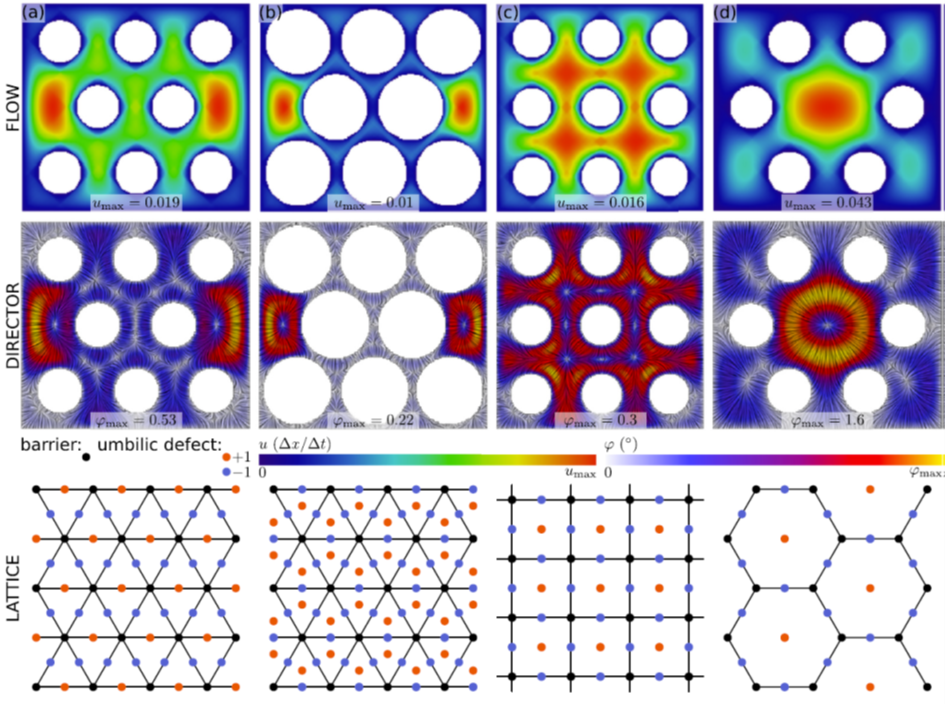
Figure 5: During the fast quenching of a liquid crystal from isotropic to nematic phase tangle of defect lines appear (a) and two pairs of Saturn rings and anti-rings are formed around the glass fiber (c).
Topological defects in thin nematic shells
We studied numerically topological defects (TDs) in effectively two-dimensional closed soft films exhibiting in-plane orientational ordering. We introduced the Effective Topological Charge Cancellation mechanism controlling the localized positional assembling tendency of TDs and the formation of pairs defect-antidefect on curved surfaces and/or the presence of relevant “impurities” (e.g., nanoparticles). For this purpose an effective topological charge meff is defined consisting of real, virtual and smeared curvature topological charges within a surface patch identified by the characteristic spatially averaged local Gaussian curvature K. We demonstrate a strong tendency enforcing meff -> 0 on surfaces composed of surface patches exhibiting significantly different values of K . For non-zero meff we estimate a critical depinning threshold to form pairs of defect- antidefect using the electrostatic analogy. The work was presented in the publication »Effective Topological Charge Cancelation Mechanism« in Scientific reports (2016, DOI: 10.1038/srep27117).

Figure 6: Depinning threshold in dumb-bell configurations. Panels (a,b) show nematic ordering in the (u, s) plane just below and above the threshold. The shape, calculated at the threshold, is presented in panel (c). In panel (d) the free-energy penalties to form a pair defect-antidefect and the effective topological charge are plotted as a function of geometrical parameters
Biodegradable optical waveguides for use in photomedicine
A new class of optical waveguides for use in deep-tissue photomedicine were demonstrated. These waveguides were made out of biocompatible and biodegradable polymer materials, which can be implanted into the body and are naturally degraded over time. The waveguides enable the use of a number of medical laser treatments and diagnostics deep into the body, which were until now only limited to the surface due to limited penetration of light into the tissues. As an example of a possible application, laser wound closure is demonstrated, which could lead to faster healing and less scarring. Biocompatible and biodegradable waveguides can also be directly applied to other light-based diagnostics, surgery and therapeutics. The paper »Bioabsorbable polymer optical waveguides for deep-tissue photomedicine« was published in Nature Communications (2016, DOI: 10.1038/ncomms10374).
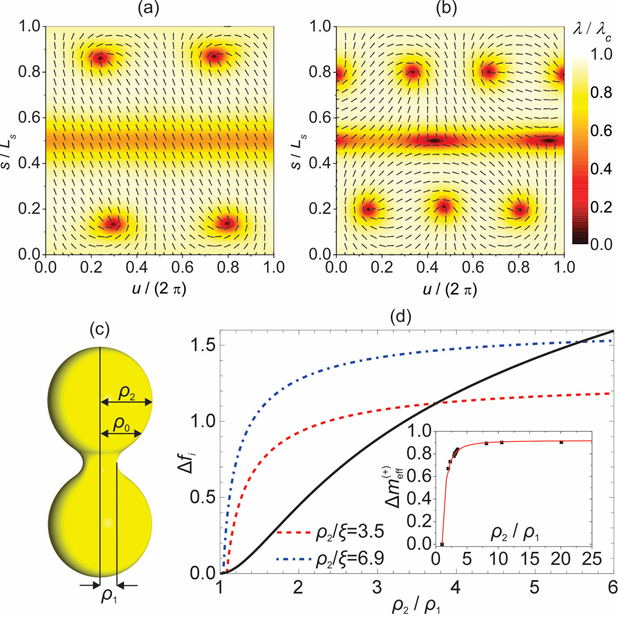
Figure 7: A biodegradable optical waveguide through which green laser light is sent into a piece of skin tissue.
Optical super-resolution microscopy based on microlaser particles
A novel imaging technique was developed which instead of standard fluorescent molecules, uses small lasers embedded in the sample as probes. The main characteristics of the microlasers are their very nonlinear response to the incoming pump beam intensity. The pump beam is scanned across the sample to form a 2D or 3D image. If the pump beam is set just above the laser threshold, only microlasers exactly in the canter of the beam will emit laser light. This makes it possible to achieve super-resolution as well as to get confocal images with low background without the need for pinholes. Images at a resolu- tion six times higher than that of fluorescence-based microscopes were demonstrated by using a nanowire laser. The new technique was termed »Laser particle-based stimulated emission microscopy« (LASE) and was described in the paper published in Phys. Rev. Lett. (2016, DOI: 10.1103/PhysRevLett.117.193902).
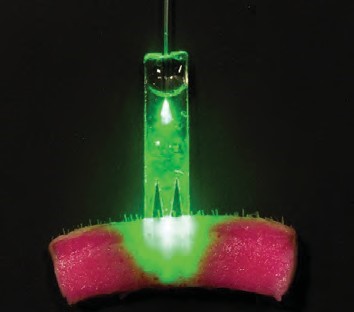
Figure 8: (a) Artistic view of a nanowire microlaser illuminated by an external beam of light. (b) Com- parison of resolution between regular fluorescence imaging and the new LASE microscopy.
Liquid-crystal microphotonics
We continued our studies of the possible application of liquid crystals and their structures such as droplets and fibers in photonics. We numerically demonstrated wave guiding of laser beams by birefringent profiles of the escaped topological defect lines. The radially escaped nematic director profiles of a liquid crystal with negative birefringence are able to focus and guide light with radio polarization, whereas the opposite-azimuthal polarization passes through unaffected. Lensing by liquid-crystal structure was also demonstrated, which could be controlled by an external electric field. The light attenuation is low and these escaped defect lines have the potential for application in photonic waveguiding. We have also studied the lasing properties of chiral nematic 3D microlasers which were polymerized, as shown in Figure 9. The lasing shows two distinct mechanisms, namely the photonic band edge lasing and lasing from the whispering gallery modes. It was demonstrated that the polarization of the liquid crystal greatly increases the lasing stability. We also published an extended review paper on liquid-crystal microphotonics including nematic colloids and liquid-crystal dispersions»Liquid-crystal micro-photonics« in Liquid Crystal Reviews (2016, DOI: 10.1080/21680396.2016.1157768).
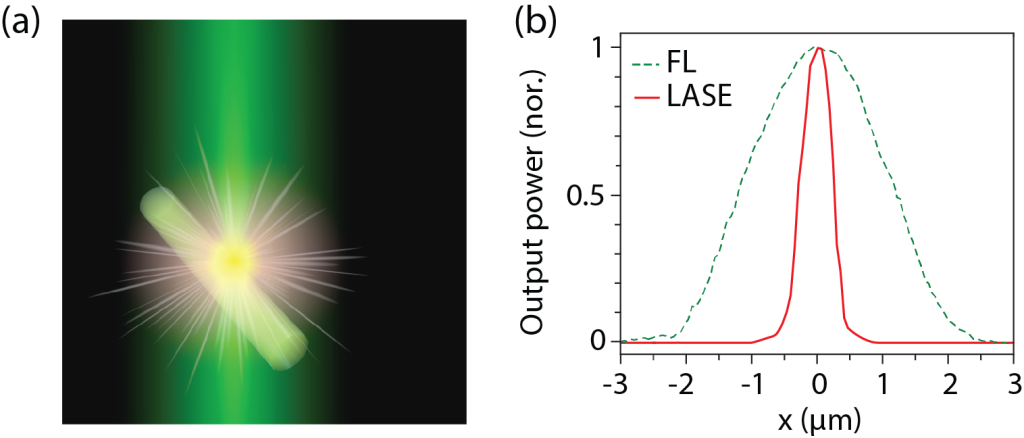
Figure 9: Dispersion of polymerized chiral nematic droplets in glycerol. They are red because the DCM fluorescent dye was added to a liquid crystal. The lower panels show examples of droplets and SEM image of a cluster of polymerized and dried microlasers.
Molecular motors
In collaboration with researchers from Dresden and Warsaw, we investigated the working mechanism of the motor protein kinesin-14. Even though the main task of most cytoskeletal motors is longitudinal motion, many of them also exert a torque on their filaments, leading to helical motion. The significance of this torque is still unknown, but it might be involved in the establishment of body chirality in certain organisms. In our motility assay, the motors are attached to the surface and move microtubules, whose longitudinal and angular motion is simultaneously observed through attached quantum dots and FLIC microscopy. Unexpectedly, the period of the helical motion strongly depends on the ATP concentration. We developed a minimal mechano- chemical model for kinesin-14, which allows us to explain this dependence and also to reconstruct the motor’s working cycle. Our results demonstrate how measurements on large ensembles can be used to infer the properties of individual molecules. The work was published in the paper »Working stroke of the kinesin-14, ncd, comprises two substeps of different direction« in Proc. Natl. Acad. Sci., USA (2016, DOI: 10.1073/pnas.1525313113).
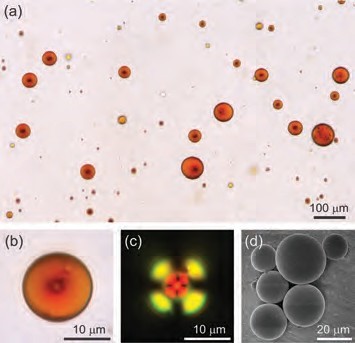
Figure 10: Measurement of longitudinal and rotational motion of microtubules using quantum dots and FLIC microscopy.
Low-friction nanomaterials
Hard coatings have been used as wear-protection coatings for decades but without optimization of conventional lubrication systems. In the paper “Tribological performance of TiN, TiAlN and CrN hard coatings lubricated by MoS2 nanotubes in Polyalphaolefin oil” published in Wear (2016, DOI: 10.1016/j.wear.2016.01.020) we reported that the addition of MoS2 nanotubes in polyalphaolefin (PAO) oils leads to a significant reduction in friction and to a decrease in the wear behaviour of coated tool steel AISI D2. Comparative tests using conventional MoS2 platelets in PAO oil was performed on these hard coatings. In all cases, the MoS2 nanotubes substantially decreased friction (on CrN for 55%, on TiN for 65%, and on TiAlN for 25%), while the MoS2 platelets were less efficient or even increased friction. In the paper “Transitioning to sustainable production – Part III: developments and possibilities for integration of nanotechnology into material processing technologies” in J. of Cleaner Production (2016, DOI: 10.1016/j.jclepro.2015.08.064) we reported on the superior tribological properties of cooling-lubricating fluids based on biodegradable vegetable oils with added functionalized MoS2 nanotubes, to those of conventional metalworking fluids.
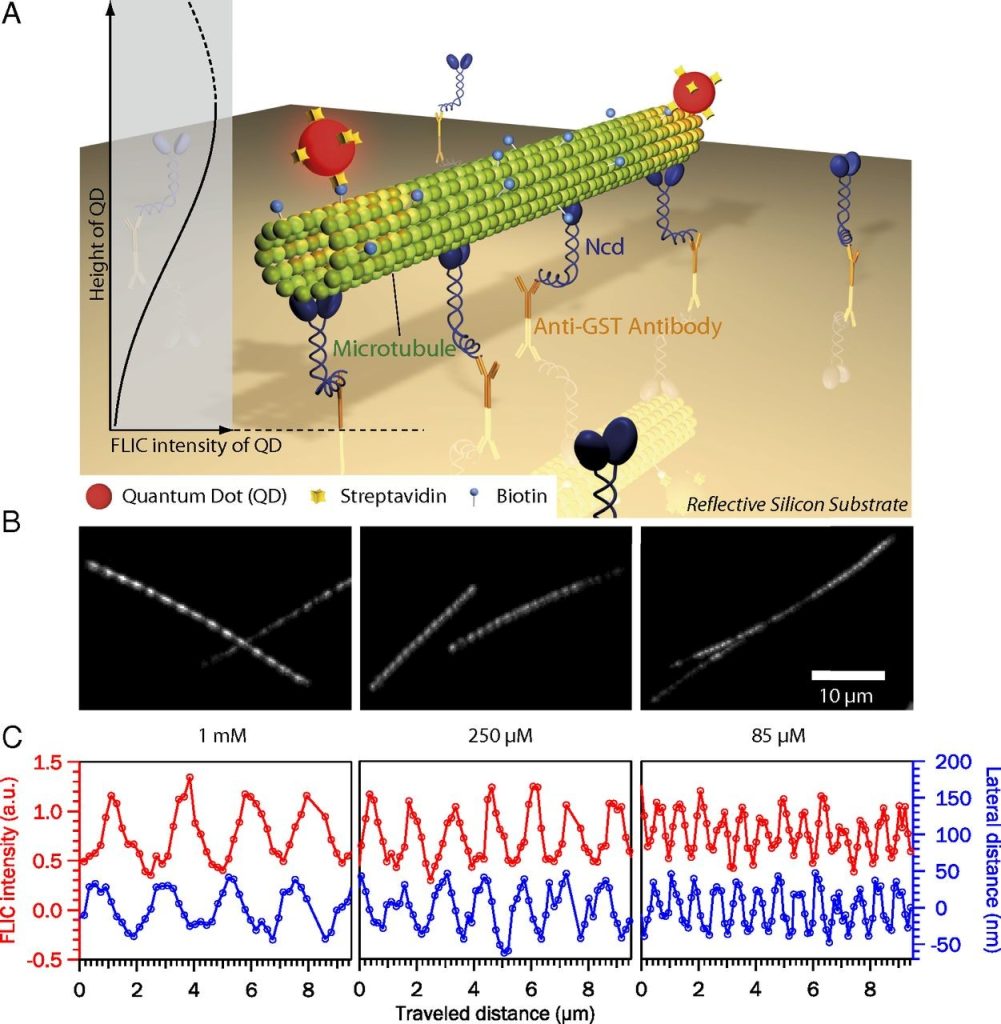
Figure 11: Coefficients of friction and wear at the 4N and 20N loads at the contact between CrN hard coating and steel (100Cr6) ball. We used the following lubricants: pure PAO oil, PAO oil with 2 wt.% of MoS2 nanotubes (PAO+NTs) or standard MoS2 platelets (MoS2+PTs).
Low-dimensional materials
Molybdenum trioxide, MoO3, belongs to semiconductors with a wide energy band gap. It is used in photovoltaics, as sensors and for energy storage. In the article “Oxygen deficiency in MoO3 polycrystalline nanowires and nanotubes”, Materials Chemistry and Physics (2016, DOI: 10.1016/j.matchemphys.2015.12.033), we reported on the first synthesis route of the orthorhombic MoO3 nanotubes by oxidation of molybdenum-sulphur-iodine nanowires. Oxygen deficiency was determined by electron-paramagnetic resonance observing paramagnetic defects (Mo5+) and explained using Raman spectroscopy by appearance of a new resonant band (1004 cm-1).
Superstructures observed by scanning tunneling microscopy on graphite have been reported several decades ago, but the interest in these superstructures recently intensified due to their occurrence in graphene grown on different substrates. In the article “Influence of surface defects on superlattice patterns in graphene on graphite” in v Surface Science (2016, DOI: 10.1016/j.susc.2016.03.008) we reported experimental findings that the orientation of the superstructure is influenced by surface defects and edges of graphene. Superstructures in graphene put on graphite exist even if the graphene is not supported by graphite over its entire area. The modulation of the density of states influences the strength of intra-layer carbon bonds in such a way that the graphene breaks along the superstructure minima.
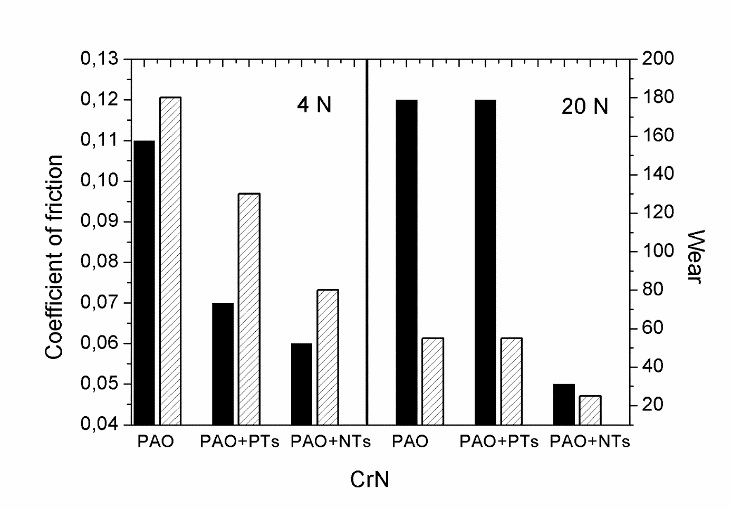
Figure 12: STM picture of a superstructure in graphene lying on graphite substrate.
Nanosafety
In the telecast “When science explodes”, aired on the national television (SLO1) on 17 Dec, 2016 as a part of education program “Bite into science”, and in the telecast “Black market flourishes, fireworks also have a dark side” aired by a commercial TV (POP TV) in broadcast Inspector on December 22, 2016, M. Remskar reported on air pollution by nanoparticles released during use of fireworks and sparklers.
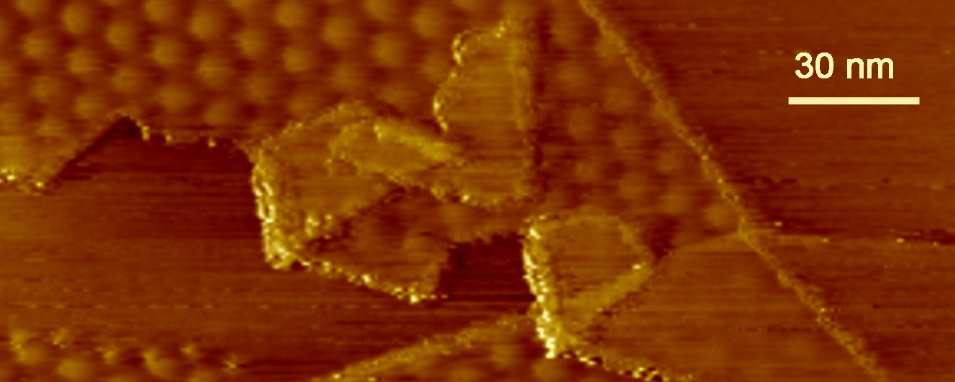
Figure 12: STM picture of a superstructure in graphene lying on graphite substrate.
Nanosafety
In the telecast “When science explodes”, aired on the national television (SLO1) on 17 Dec, 2016 as a part of education program “Bite into science”, and in the telecast “Black market flourishes, fireworks also have a dark side” aired by a commercial TV (POP TV) in broadcast Inspector on December 22, 2016, M. Remskar reported on air pollution by nanoparticles released during use of fireworks and sparklers.
Small structures and 1D chains of organic molecules
Z natančno kontrolo razmer med procesom rasti lahko pripravimo različne nanorazsežne strukture in 1D-verige organskih BETS-molekul (slika 13) na površini srebra (111). Z nizkotemperaturno vrstično mikroskopijo in spektroskopijo preučujemo različne strukture in njihove lastnosti. Opazili smo ozko vrzel v gostoti elektronskih stanj 1D-verig, kar nakazuje, da so take verige polprevodne. Podobno kot smo opazili na enoslojnih otokih, pripravljenih iz istega materiala (monokristali (BETS)2GaCl4), lahko GaCl4-molekule zasedejo mesta med pari BETS-molekul in močno vplivajo na elektronske lastnosti molekulskih verig.
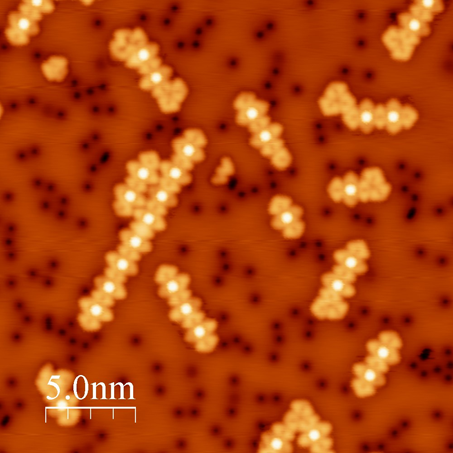
Figure 13: High-resolution STM image showing molecular chains of organic BETS and GaCl4 molecules on Ag(111) surface (25 × 25 nm2, T=4.2K).
Ultra-cold atoms
For the first time in the Laboratory for Cold Atoms at Jožef Stefan Institute cesium atoms were evaporative cooled to temperatures of about 1 nK. Simultaneously, their density was increased, which leads to formation of Bose-Einstein condensate (Figure 14). Currently, we are trying to increase the number of atoms in the condensate and to achieve the condensation at even higher temperatures.
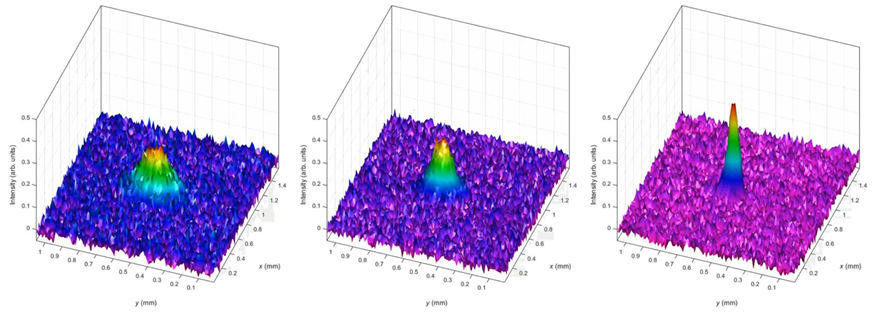
Figure 14: Velocity-distribution images showing about 50,000 cesium atoms being evaporative cooled to temperatures around 1 nK, where the transition to a Bose-Einstein condensate occurs.
*Studies marked with an asterisk were contributed by researchers who are members of the FMF part of the program only.
Light-controlled topological charge in a nematic liquid crystal
Like the electric charges in electromagnetism, topological charges are sources of a physical field, which are observable in superconductors, superfluids, cold atoms, ferromagnetic materials and even light. Whereas in these systems the topological charge is difficult to create and control, it is an easy task to create and manipulate topological charges in liquid crystals. Here, the topological charge is attributed to topological defects, which are singularities of the orientational field describing the liquid-crystal alignment. In a paper entitled “Light-controlled topological charge in a nematic liquid crystal”, published in Nature Physics (2015, DOI: 10.1038/NPHYS3194), the authors demonstrated full control over the creation, manipulation and analysis of topological defects that are pinned to a microfibre immersed in a nematic liquid crystal. Using the laser tweezers, they created pairs of defects carrying opposite topological charges, which were manipulated and moved by the force of the laser tweezers. They observed long-lived pairs of oppositely charged rings or points that either attracted and annihilated, or formed long-lived, charge-neutral loops made of two segments with a fractional topological charge (Figure 1).
In a follow-up publication entitled “Topological binding and elastic interactions of microspheres and fibres in a nematic liquid crystal” published in Eur, Phys. J. (2015, DOI: 10.1140/epje/i2015-15023-6), the authors present an analysis of the topological binding of microspheres to a fibre in a nematic liquid crystal. They observed the entanglement and topological charge interaction between the various types of defects on the ring and microspheres and observed strong pair-interaction forces. These forces were explained with a simple topological rule: like topological charges repel each other and opposite topological charges attract. This article was highlighted in the European Physical Journal published in September 2015 and the cover image of that issue was taken from this article.
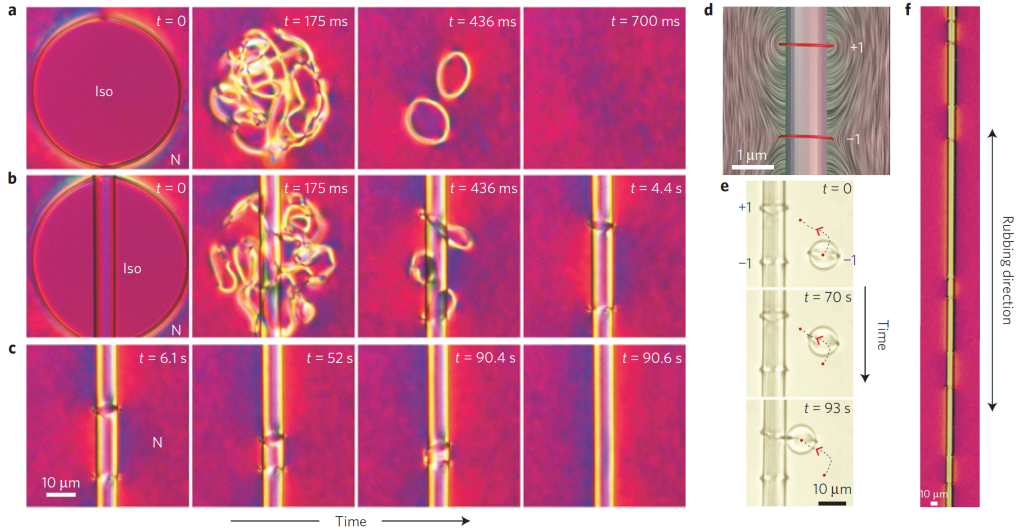
Figure 1: Creation and annihilation of topological charges on a fibre. (a) The NLC is heated into the isotropic phase by the strong light of the laser tweezers, thus creating an isotropic island (Iso). At t = 0 the light is switched off and the NLC is quenched into the nematic phase (N). The dense tangle of defects annihilates in less than a second. (b) The NLC is quenched from the isotropic island surrounding a fibre. A pair of defects is created, each carrying an opposite topological charge. (c) If let free, the pair annihilates into the vacuum. (d) LdG simulation of the Saturn ring and the Saturn anti-ring with opposite charges and windings. (e) The sign of the charge is tested using the repulsive force between like topological charges. (f) An arbitrary number of ring–anti-ring pairs can be created on a fibre. Images (a–c,
f) were taken between crossed polarisers and the red plate that shows the average molecular orientation in different colours.
Topological defect transformation across the nematic-to-smectic-A phase transition
We studied the topological defects associated with small microspheres with perpendicular surface anchoring of the liquid-crystal molecules across the nematic-to-smectic-A phase transitions. Because the topological defects are regions of strong electric deformation, it is expected that any variation in the elastic constants should strongly influence the defect structure. We observed that a nematic hyperbolic hedgehog defect, which accompanies a microsphere in a nematic liquid crystal, is gradu- ally transformed into a focal conic line in the smectic-A phase.
This defect transformation has a strong influence on the structural force between a pair or several colloidal particles in the nematic and smectic-A phase. The pre-transitional behaviour of the defect is well supported by the Landau-de Gennes numerical modelling published in Physical Review E 92, 052501(2015) by Zuhail et al. The transformation of the Saturn ring defects associated with spheri- cal microparticles across the nematic-to-smectic-A phase transition were published in Physical Review E (2015, DOI: 10.1103/PhysRevE.92.052501). It was observed that the director structure around each microparticle changes rapidly with temperature and has a strong impact on the pair-interaction colloidal forces. The onset of the smectic order influences not only the interparticle separation but also the angular dependence. Therefore, 2D colloidal crystals are not stable in the smectic-A phase as the crystal dissolves irreversibly across the nematic–smectic-A transition.
Ultrafast control of light by light in a nematic liquid crystal
A significant advancement was achieved with respect to the ultrafast all-optical response of a nematic liquid crystal. Two important experiments were reported by our group in 2015, in two publi- cations in Optics Express. In collaboration with Radboud University, Nijmegen, the Netherlands, we measured the ultrafast optical response of a nematic liquid crystal, which is induced by an intense femtosecond optical impulse. It was observed in a pump-probe experiment (Figure 2), that a 100 fs optical pulse induces changes of the refractive index of the nematic liquid crystal, which are as fast as 500 fs. This is due to the optical Kerr effect and refractive-index changes of the order of 10-4 were observed at a fluence of 4 mJ/cm2. The effect is strongly polarisation dependent and opens up new routes to all-optical liquid-crystal photonics. Published in Optics Express (2015, DOI: 10.1364/OE.23.014010).
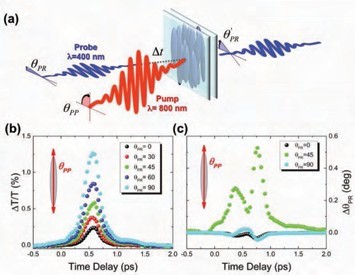
Figure 2: (a) Scheme of the pump-probe experiment, (b)time dependence of the optically induced transparency, and (c) time dependence of the optical axis rotation.
Nanosecond control of light by stimulated emission depletion in a liquid crystal
Stimulated emission depletion is used in STED microscopes to achieve the super-resolution of an optical microscope by manipulating the fluorescence emissions from dye molecules dissolved in a material. We have used the STED technique to control the emission of light in the smectic-A and nematic liquid crystal and observed strong attenuation of the optical signals on the nanosecond timescale. The STED effect is strongly polarisation dependent in liquid crystals because of the orien- tational order of fluorescent dies. This allows for gigahertz control of light, including light-gating and optical pulse-shaping with sub-nanosecond resolution. Published by Vitek and Muševič in Optics Express (2015 , DOI: 10.1364/OE.23.016921).
Knot-theory realizations in nematic colloids
Knot theory is a branch of topology that deals with the study and classification of closed loops in 3D Euclidean space. The creation and control of knots in physical systems is the pinnacle of tech- nical expertise, pushing forward state-of-the-art experimental approaches as well as a theoretical
understanding of the topology in a selected medium. We showed how several abstract concepts manifest elegantly as observable and measurable features in nematic colloids with knotted disclination lines. The construction of medial graphs, surfaces, and Jones polynomials (Figure 3) was showcased directly on experimental images, and adapted for the specific system of colloidal crystals in a twisted nematic cell. Discussing the correspondence between topological concepts and experimental observation is essential for building the bridge between mathematical and physical communities. (S. Čopar et al., “Knot theory realizations in nematic colloids”, Proc. Natl. Acad. Sci. 2015, DOI: 10.1073/pnas.1417178112).
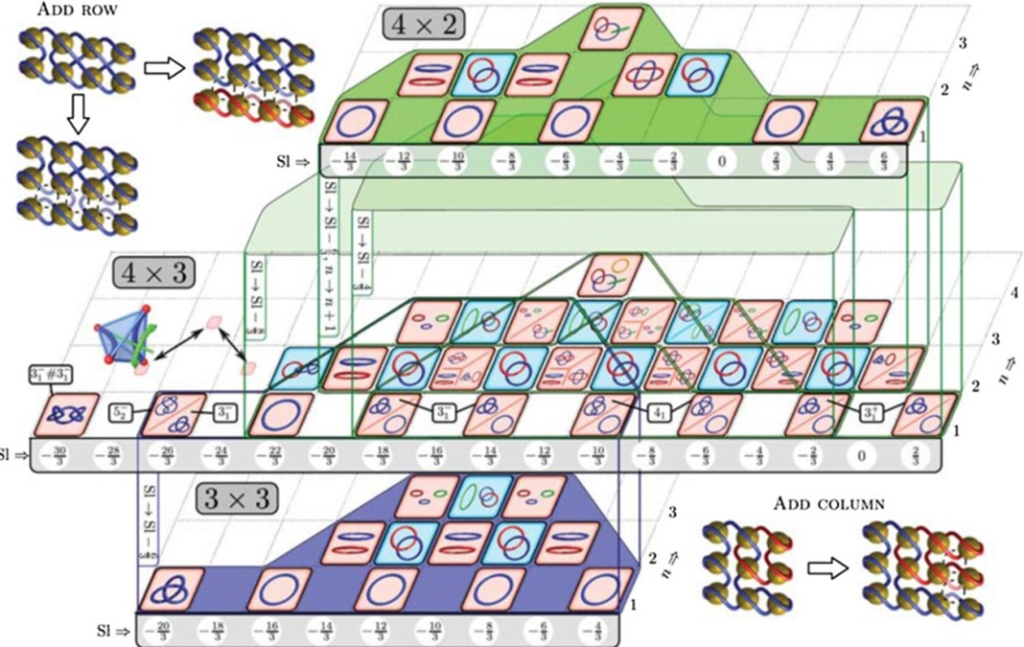
Figure 3: The diagram classifies all nematic disclination configurations (from simple loops to links and knots) on a 4 × 3 colloidal grid, with marked structures that are just extensions of structures on sub-grids of dimensions 3 × 3 (blue outline) and 4 × 2 (green outline).
Templated blue phases
Microscopic properties of templated liquid-crystal blue phases were demonstrated. Specifically, the role of surface anchoring on the microscopic ordering was explored, showing novel liquid-crystalline structures. The predicted structures exhibit the Kerr constant, which is several times larger than cur- rently known in these materials, making templated blue phases interesting for optic and photonic ap- plications. The work was performed as part of the Japanese JSPS Short-term invitation fellowship (M. Ravnik, 1.5 months), which was also the basis for a series of 9 invited seminars across Japan (Tokyo, Kyoto, Osaka, Kyushu, AIST). The paper (M. Ravnik and Jun-ichi Fakuda, “Templated blue phases” in Soft Matter (2015, DOI: 10.1039/C5SM01878A) was also announced by the inside cover of the Soft Matter journal (Figure 4).
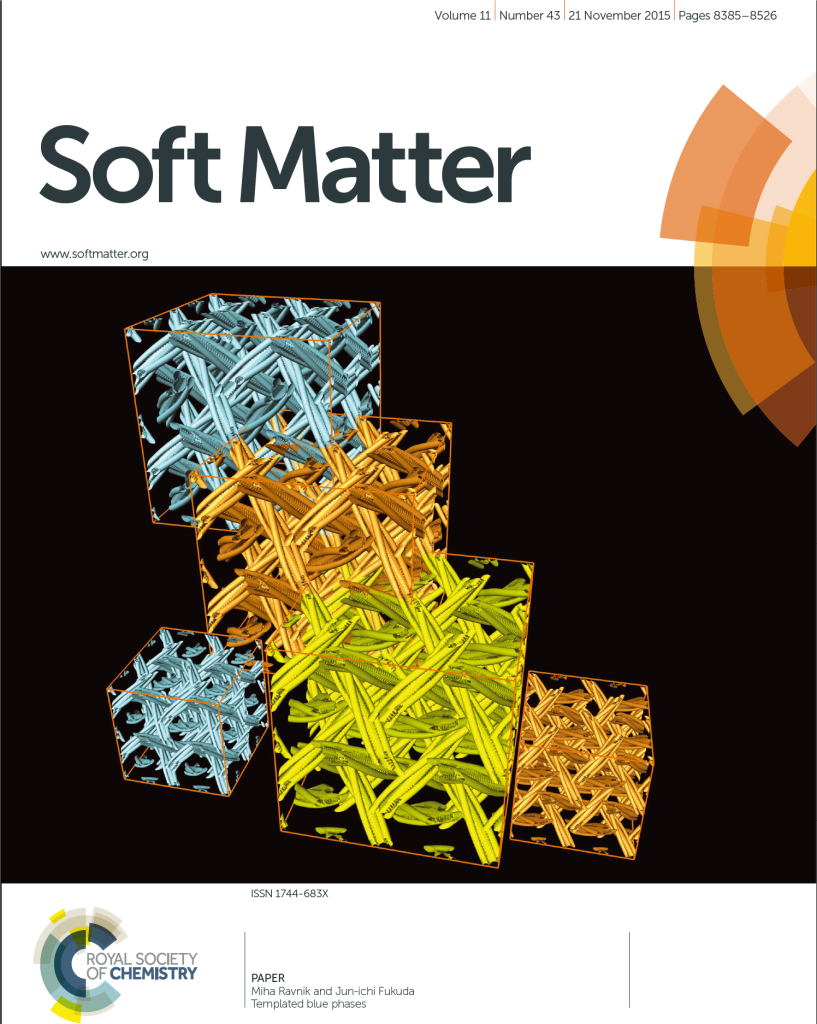
Figure 4: Templated blue phases as a new photonic material, which is based on the micro-organisation of a nematic liquid crystal. The figure is the inside cover of one of the November issues of Soft Matter.
Topological defects within nematic shells
We have studied theoretically and numerically the impact of curvature on the position and the num- ber of topological defects (TDs) in orientational ordering in effectively two-dimensional (2D) films. We used a 2D Landau-type mesoscopic approach, which we developed in 2013, in terms of nematic tensor order parameter. For illustrative purposes we considered mostly cylindrically symmetric dumb-bell and toroidal geometries. We demonstrated that curvature can impose geometric frustration, which enforces topological defects (Figure 5). Furthermore, interactions between the TDs in 2D display remarkable similarity with electrostatic interactions among the electric charges. Using the electro- static analogy we derived a critical curvature induced condition at which pairs (defect, anti-defect) are created. The results are interesting both from the fundamental perspective as well as for potential applications in nano-photonics. The results were presented in several publications and in a plenary conference lecture. The key paper was published in Soft Matter Soft 11, 2434–2444 (2015).
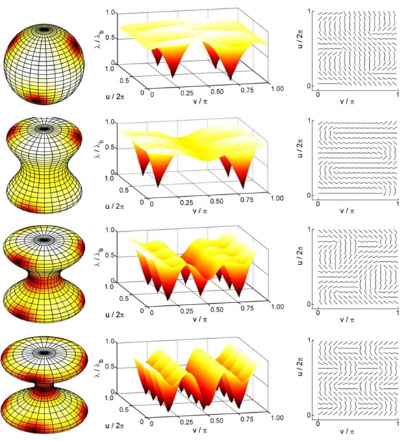
Figure 5: Curvature-induced unbinding of topological defects in nematic shells. Geometry of the shells (the 1st row) and the corresponding order parameter (the 2nd row) and mesoscopic molecular field (the 3rd row) spatial variations.
New method of realignment in liquid-crystal displays
A new method for the realignment of nematic liquid crystals in surface-stabilized displays was presented. The realignment is carried out by controlled movement of an IR laser beam, which reorients LC molecules and consequently the aligning polymer layer due to the surface-memory effect. (G. Mirri et al., Soft Matter, 11, (2015), 3347). This method can be separately applied to both substrates of a LC display in different directions and small homogenous and twist-nematic domains can be created in planar cells (Figure 6). Results were published in Physical Review E (2015, DOI:10.1103/PhysRevE.91.031002), where the paper was also highlighted as the Editor’s suggestion.

Figure 6: LC realignment in a planar cell. (a) For one substrate alternating rows with molecular orientations of 45° and –45° with respect to the original horizontal LC alignment (blue and yellow arrows) were imprinted by laser realignment. For the other substrate, alternating columns of 45° and –45° were imprinted. (b) When the cell is backlit and viewed between crossed optical polarizers, the squares with a parallel orientation appear dark and the squares with a perpendicular orientation appear bright.
Stability of nanometre-sized colloidal liquid-crystal dispersions
We studied the motion of individual 20-nm nanoparticles in a nematic liquid crystal using dark- field microscopy and analysed particle pair interactions (Figure 7). We have shown that the stability of the dispersion of nanoparticles in a LC is a result of the balance of an attractive LC-mediated elastic force with a very weak interaction potential (below 10 kBT) and a repulsive electrostatic force, which prevents the formation of permanent colloidal assemblies of a nanometre size (Phys. Rev. E 2015, DOI: 10.1103/PhysRevE.91.042505).
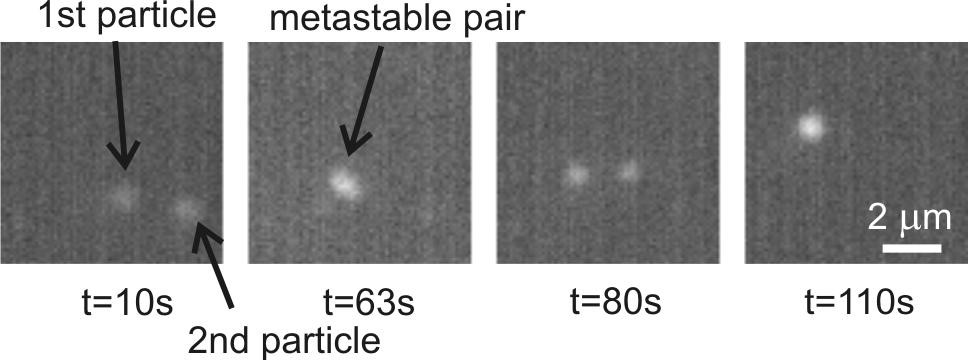
Figure 7: Formation of a metastable pair of 20- nm silica particles in a nematic liquid crystal observed by dark-field microscopy.
Molecular motors
In 2015 we investigated the hydrodynamic synchronization of autonomous oscillators in collaboration with researchers from the University of Ljubljana. As oscillators we used ellipsoidal particles, which can spontaneously oscillate in a focused laser beam. We have shown that two par- ticles in general synchronize in-phase and that the level of synchronization is stronger when the particles are arranged parallel to the direction of oscillations rather than perpendicular. In a narrow parameter range, anti-phase synchronization is also possible. A longer chain of oscillators shows correlations, but no complete synchronization of all the particles (Figure 8). We explained the results by describing the oscillating particles with a simple phenomenological model and calculating the hydrodynamic coupling numerically using a boundary-element method. Our study shows that self-oscillating particles can act as a model system for the synchronization between biological cilia. Although several model systems for hydrodynamic synchronization were published previously, ours was the first to use truly autonomous microscopic oscillators. The results were published in Physical Review E (2015, DOI: 10.1103/PhysRevE.91.031002), where the paper was also highlighted as the Editor’s suggestion.
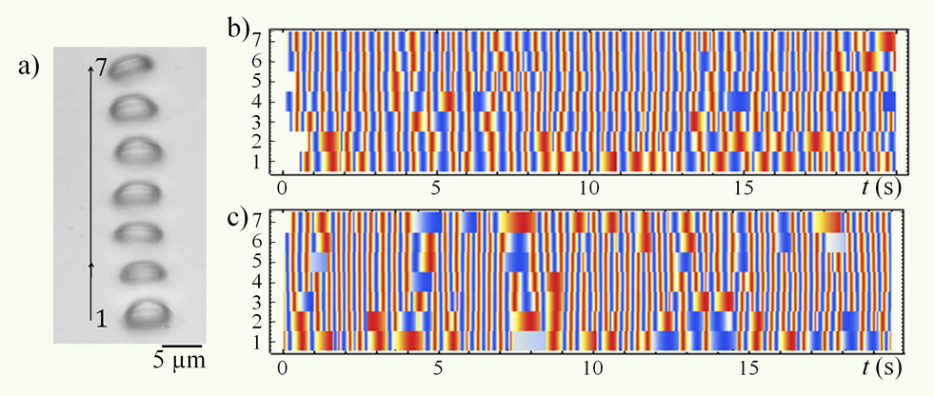
Figure 8: a) A chain of 7 autonomous oscillators in a row. b) Measured phase profile of oscillations. c) Result of the theoretical model.
MoO3 nanowires and nanotubes
We synthesized MoO3 nanowires and nanotubes from Mo6S2I8 nanowires via oxidation in air. The orthorhombic -MoO3 phase has been determined from XRD data and Raman spectroscopy. The porosity of the nanowires and faceting tendency of the nanotubes were explained by the density and molar mass change during oxidation and the layered structure of -MoO3, respectively. An ad- ditional broad Raman band at 1004 cm-1 was clearly observed and attributed to missing oxygen. An EPR investigation showed that the extent of oxygen deficiency is large enough for the appearance of crystal shear planes typical for Magneli phases (Materials Chemistry and Physics 2016, DOI: 10.1016/j.matchemphys.2015.12.033), which strongly influence the physical properties of these nanomaterials. A high specific surface (14.3 m2/g) and water solubility enable the application of these nanomaterials in anti-bacterial coatings.
MoS2 nanotubes in field-effect transistors
MoS2 nanotubes and nanoribbons synthesized by a chemical transport reaction two decades ago at the JSI found their application in a new generation of field-effect transistors (FETs) due to the very low density of structural defects. Devices demonstrated n-type characteristics with ON/OFF current ratios of more than 103, greatly exceeding the best prior report of 60 in the MoS2 nanotubes prepared in other ways. Current densities were 1.02 µA/µm and 0.79 µA/µm at VDS=0.3V and VBG=1V, respectively. Photocurrent measurements conducted on a MoS2 nanotube FET using Ti/Au contacts revealed a short-circuit photocurrent of tens of nano-amps under an excitation optical power of 78 µW and a 488-nm wavelength, which corresponds to a responsivity of 460 µA/W (Applied Physics Letters, 2015, DOI: 10.1063/1.4906066).
Nanoscale organic superconductors
The ability to fabricate crystalline monolayers of confined superconducting condensates on surfaces is a key issue to realize new functionalities and understand the nature of competing orders in these materials at the nanoscale. The epitaxial growth of insulating or superconducting monolayer islands of an organic charge-transfer salt (BETS)2GaCl4 on Ag(111) has been achieved at variousgrowth temperatures. Below 125 K the BETS molecules form chain-like or regular two-dimensional networks. Above 125 K, the BETS dimers start to alternate regularly along the three equivalent ori- entations of the <110> packing directions, forming an insulating Kagome lattice with a triangular nanoporous network (Figure 9). When the deposition is carried out at room temperature and at low deposition currents (monolayer) islands showing a superconductive gap in the density of states are grown (A. Hassanien et. al, Phys. Stat. Sol. (B) 2015, DOI: 10.1002/pssb.201552215).
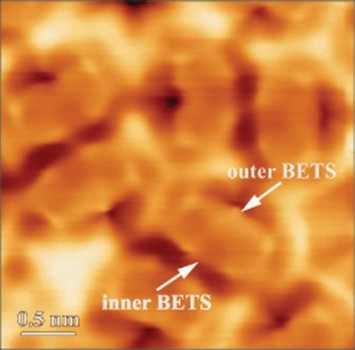
Figure 9: High-resolution STM image showing details with the organic BETS molecules packed into a Kagome lattice on the Ag(111) surface (10.5 × 10.5 nm2, T=1.1K, functionalized tip).
Ultra-cold atoms
For the first time Cs atoms were trapped and cooled in the Laboratory for Cold Atoms. Using 852-nm laser light hot Cs atoms are first slowed down and then trapped in a magneto-optical trap using a quadrupole magnetic field (Figure 10). In a process called Raman sideband cooling their temperature is decreased to below 500 nK. In the next steps these atoms will be loaded into a strong dipole trap where they will be compressed and additionally evaporatively cooled to temperatures below 50 nK. At such low temperatures a transition to the Bose-Einstein condensate will be achieved.
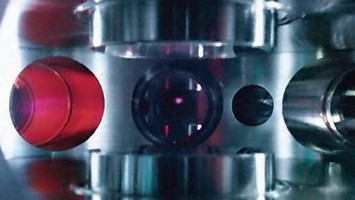
Figure10:Viewthroughoneoftheviewportsinto the UHV chamber, where due to fluorescence light about 50 million cold Cs atoms can be seen as a small pink ball.
